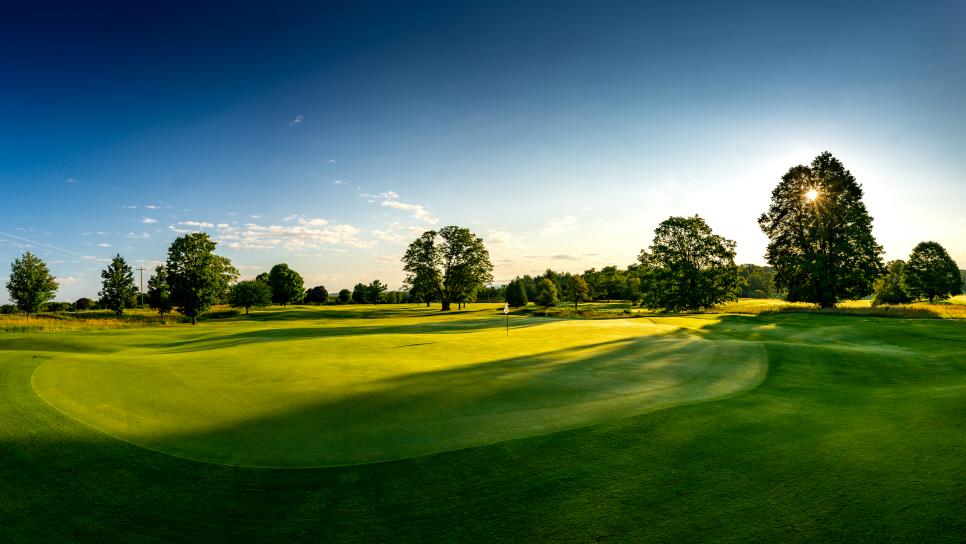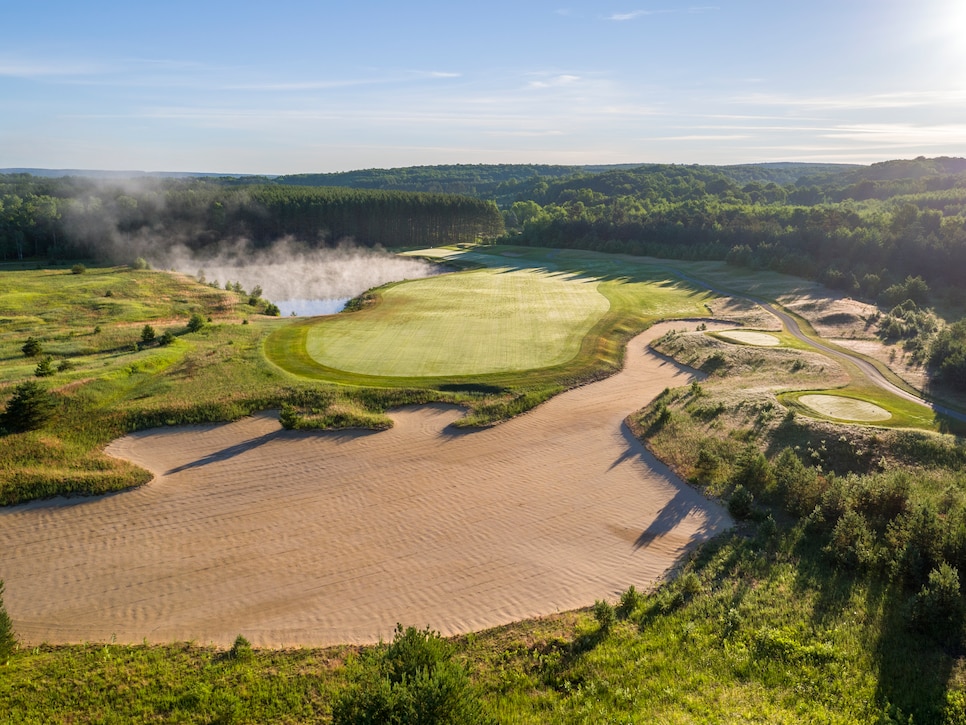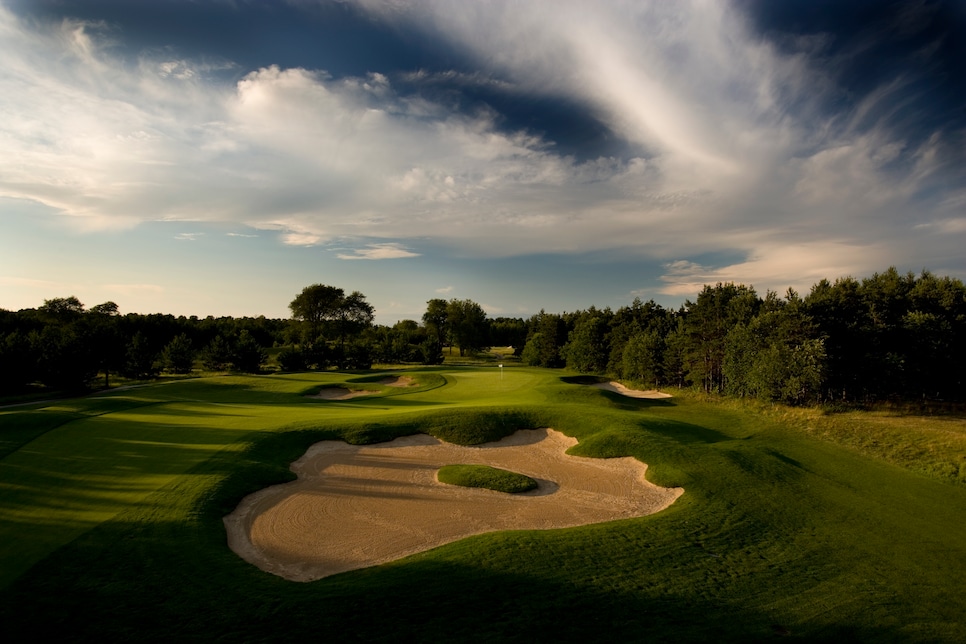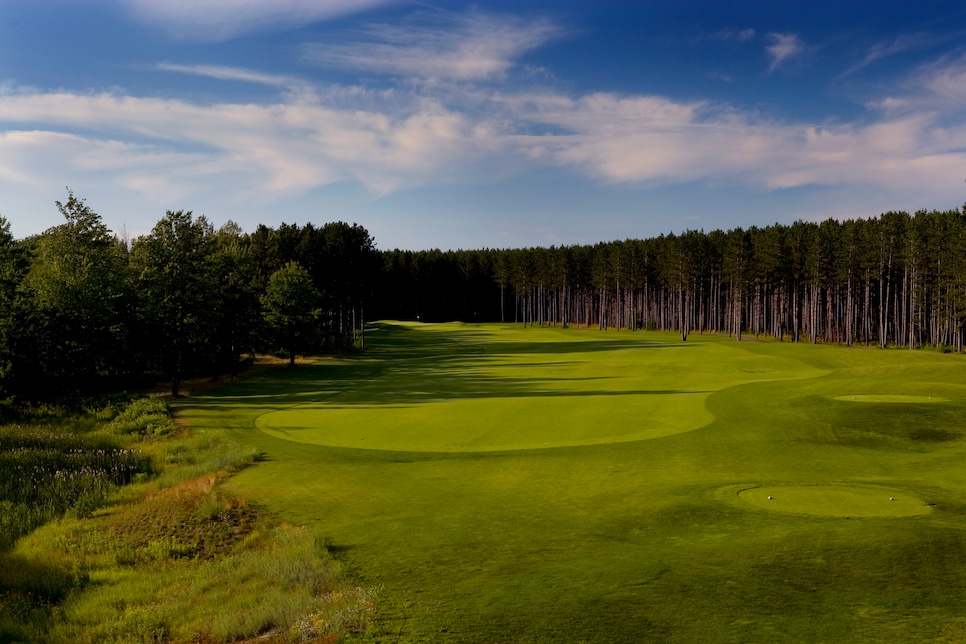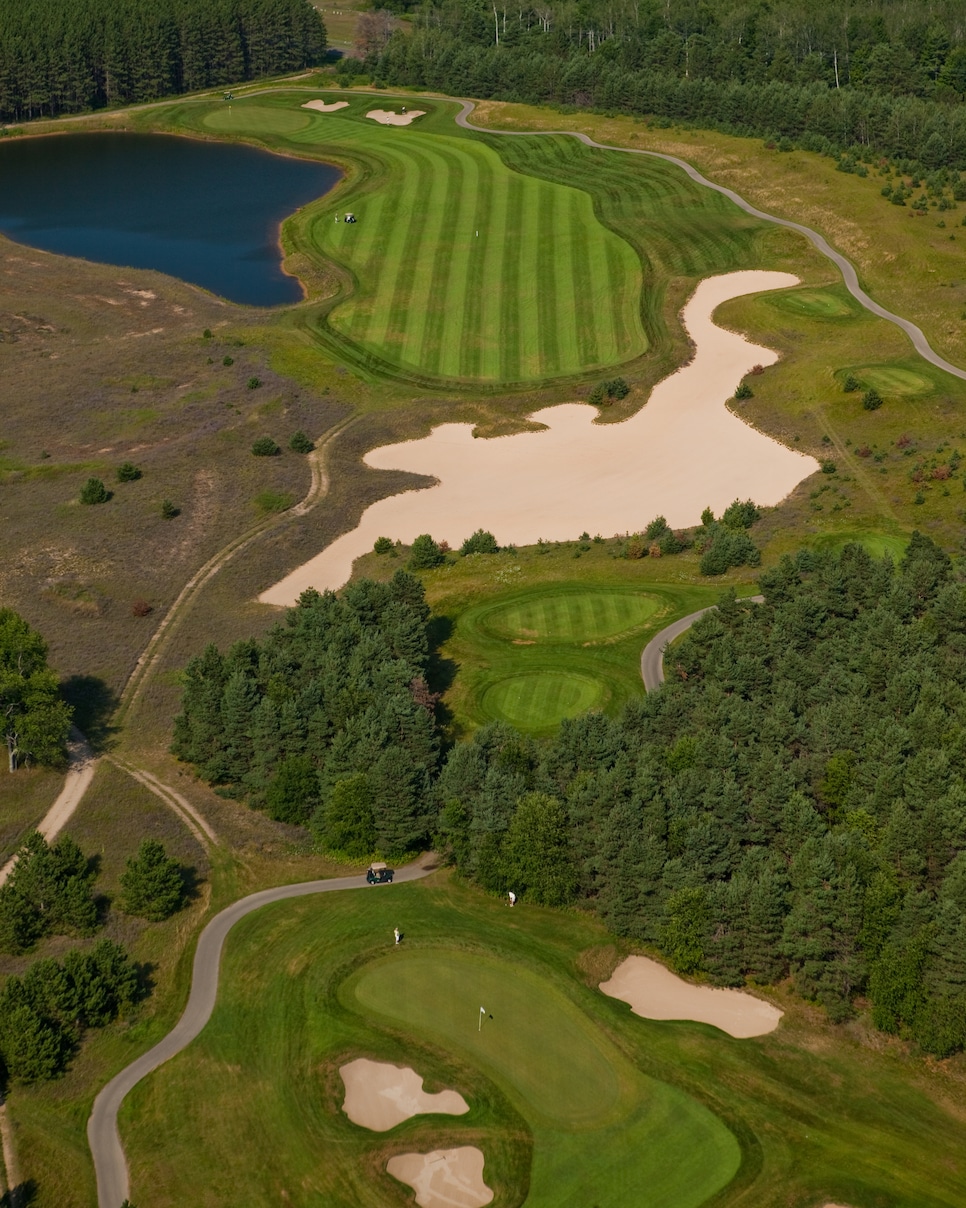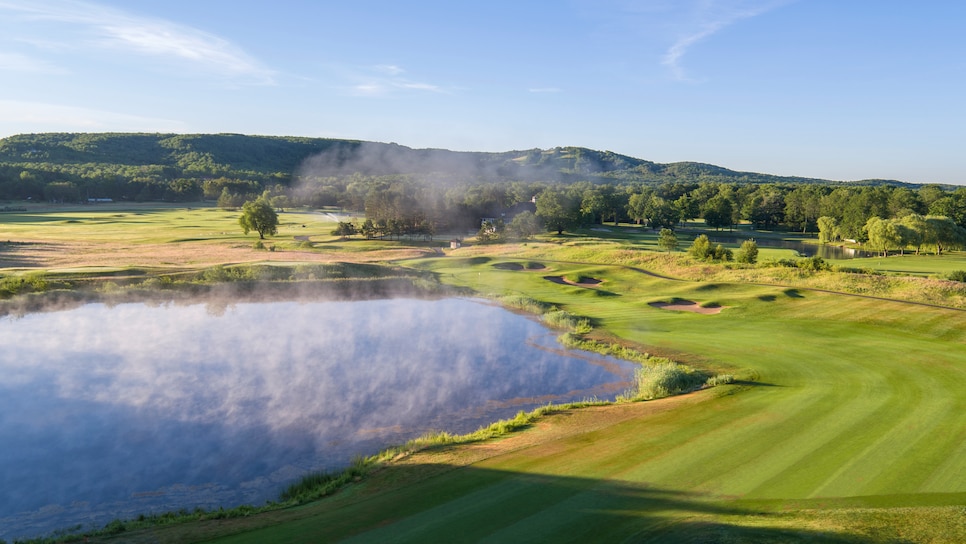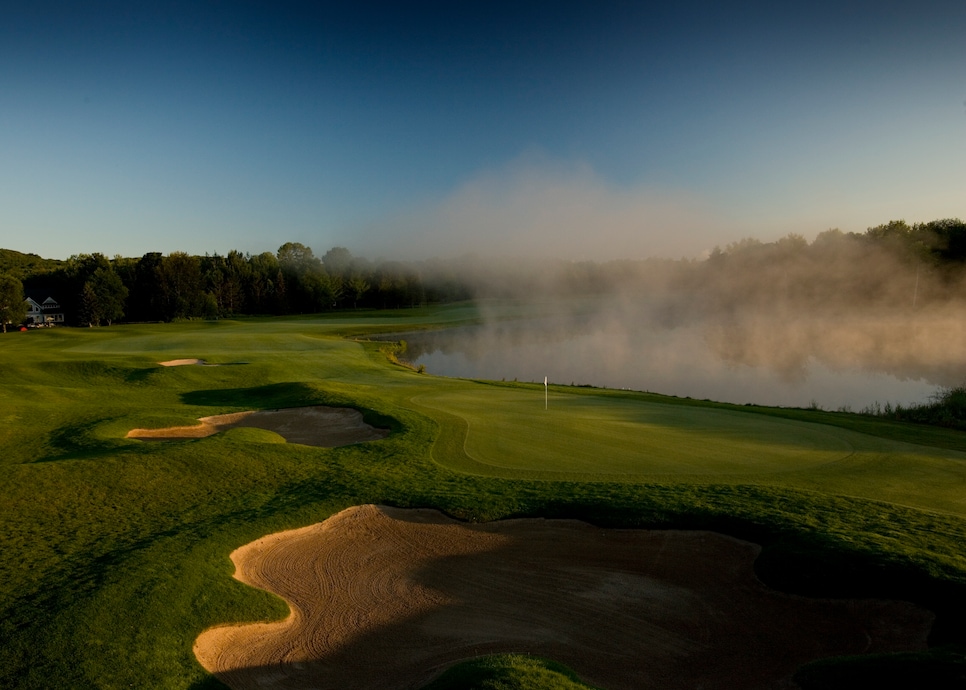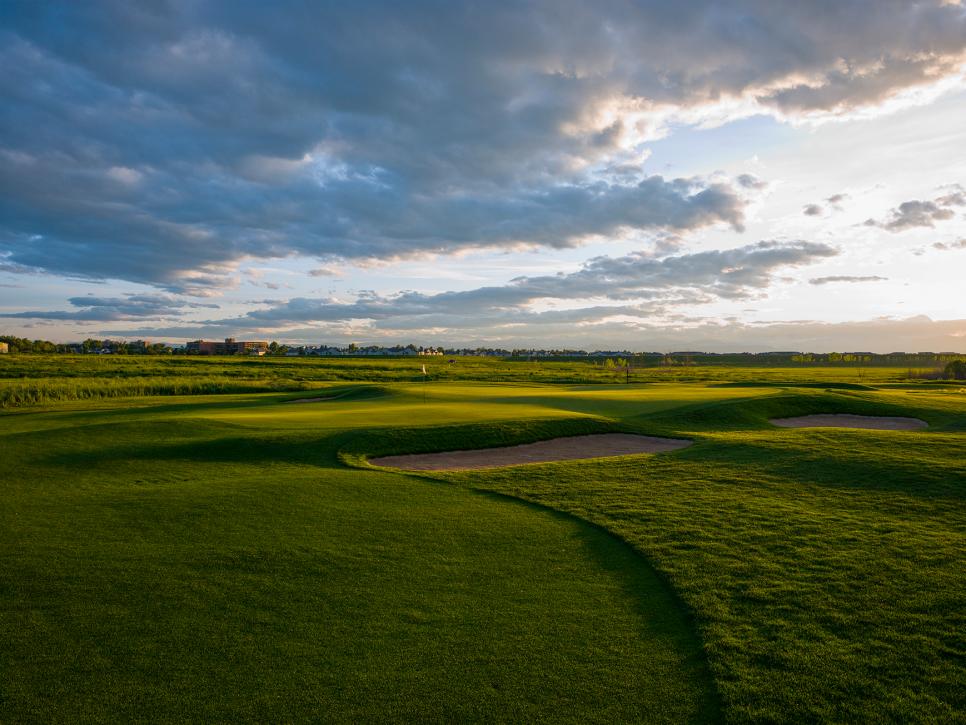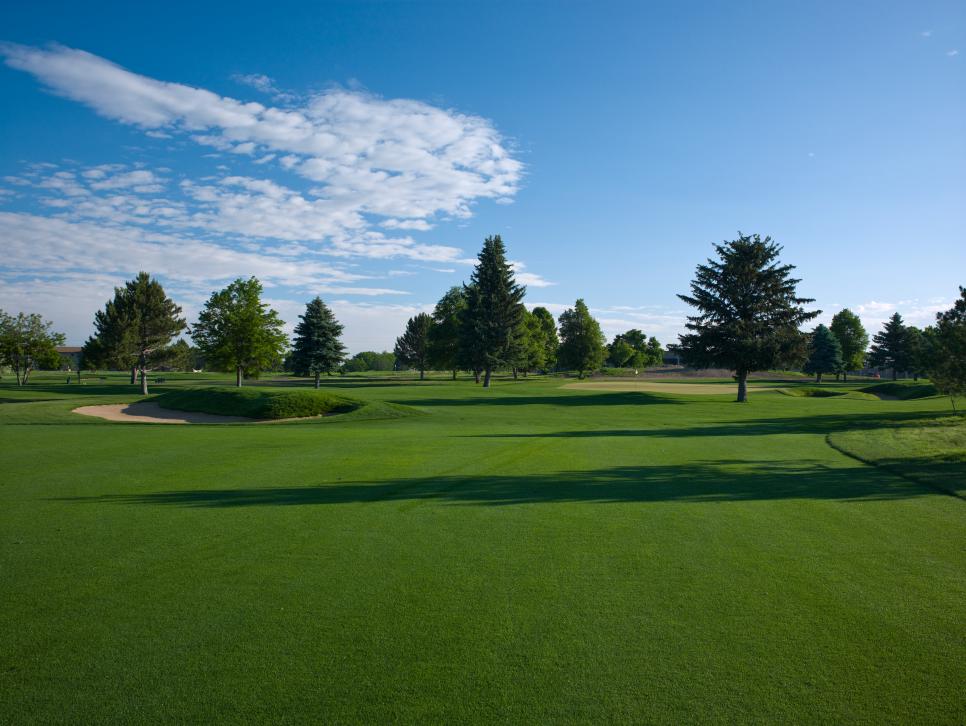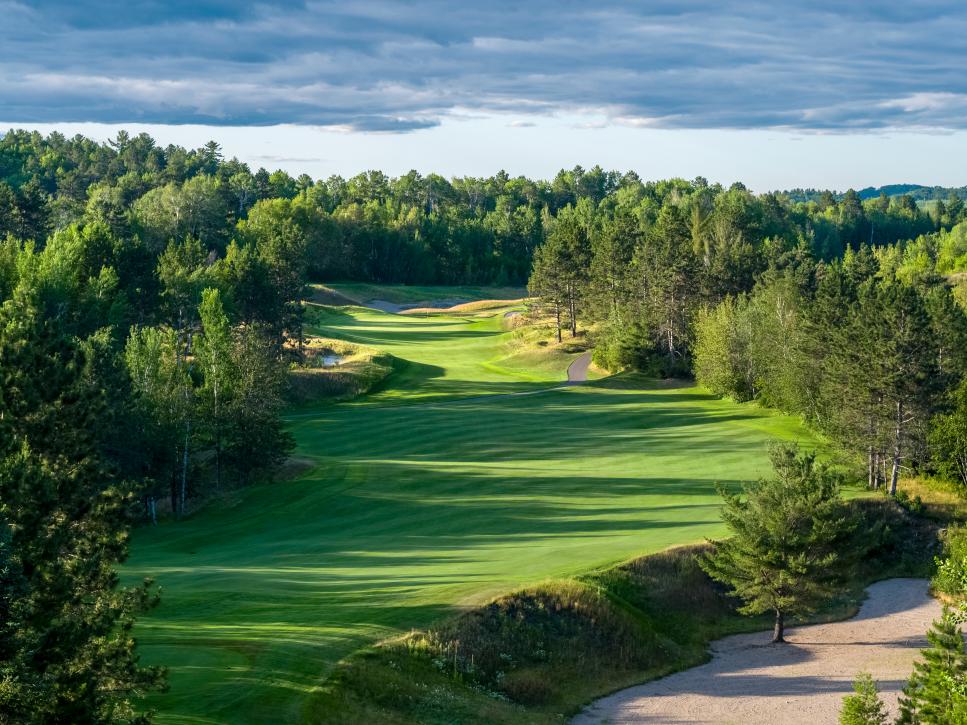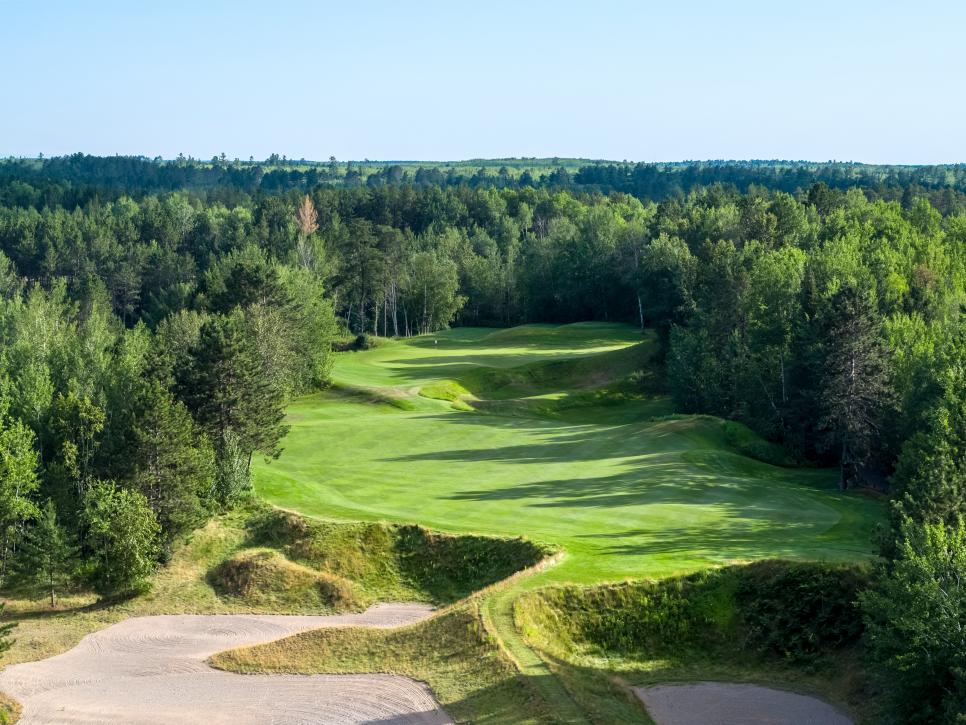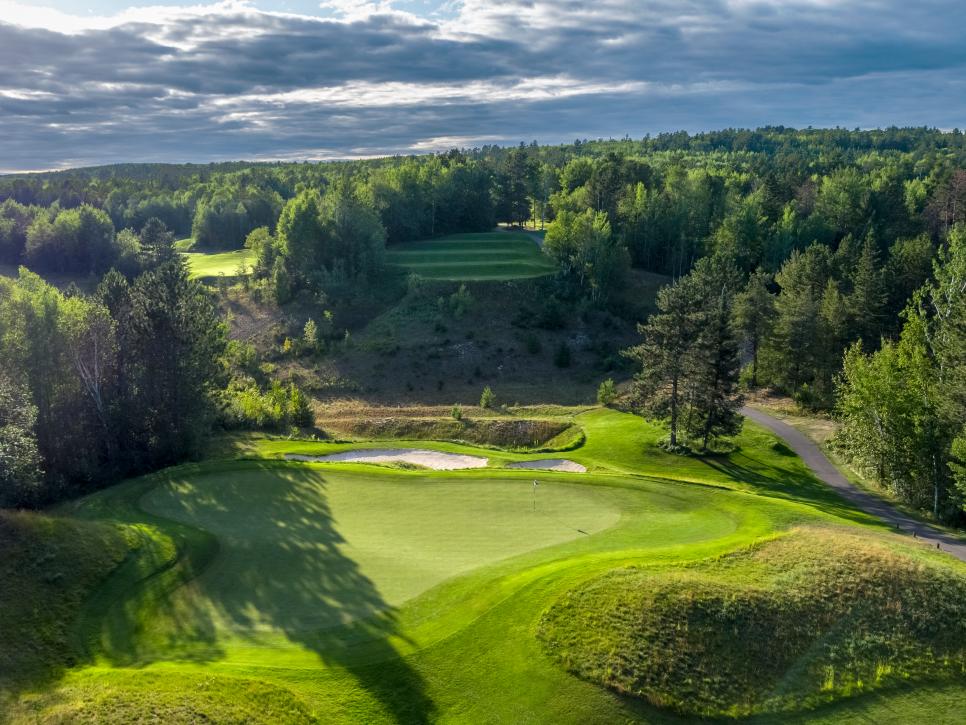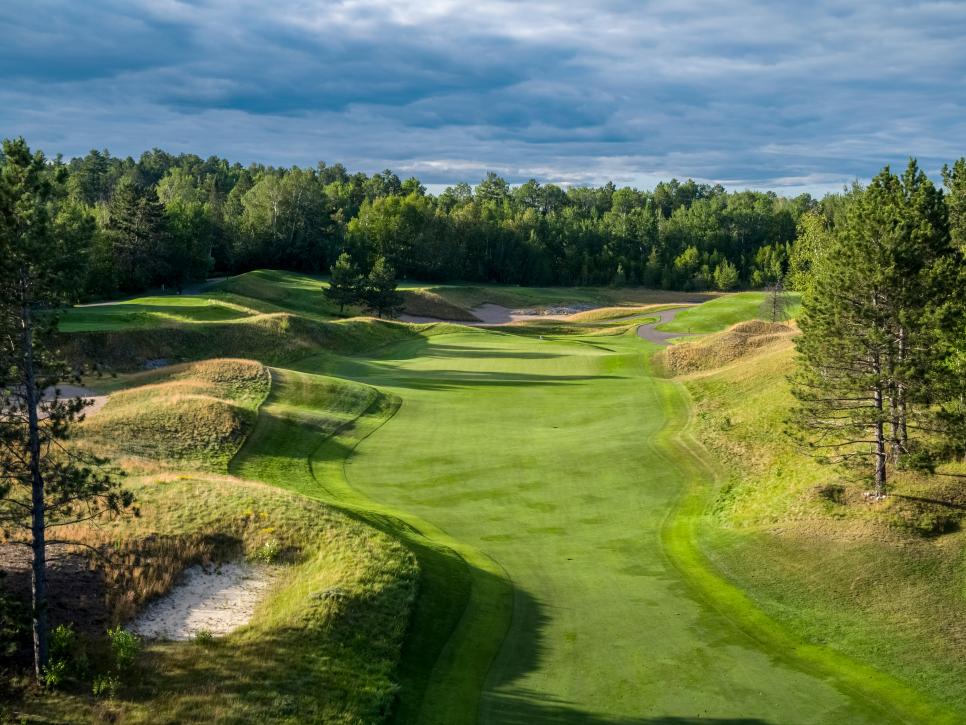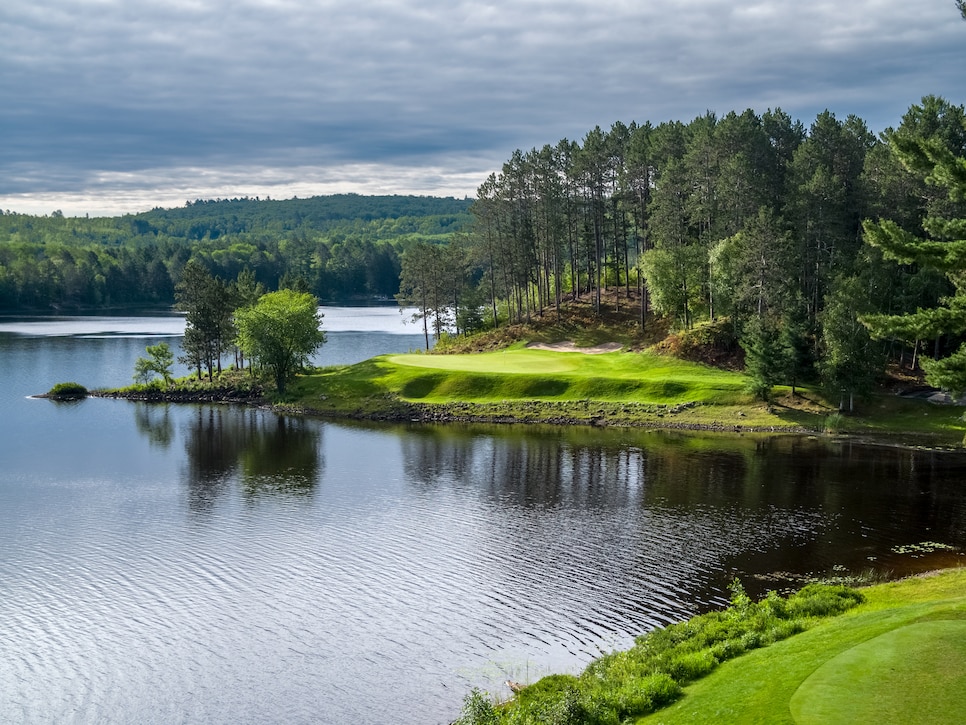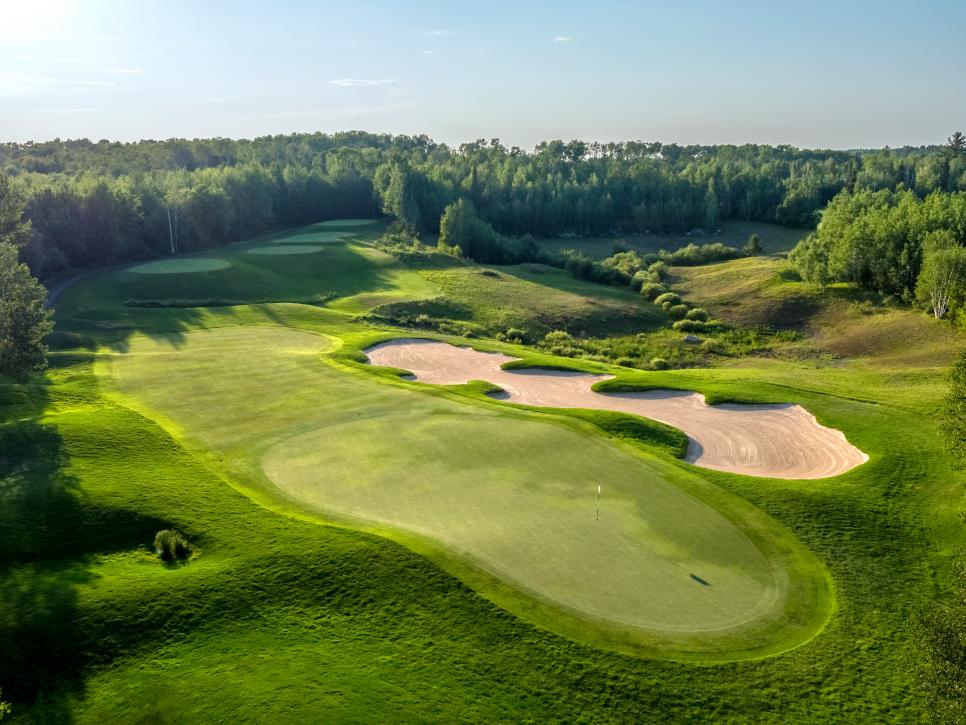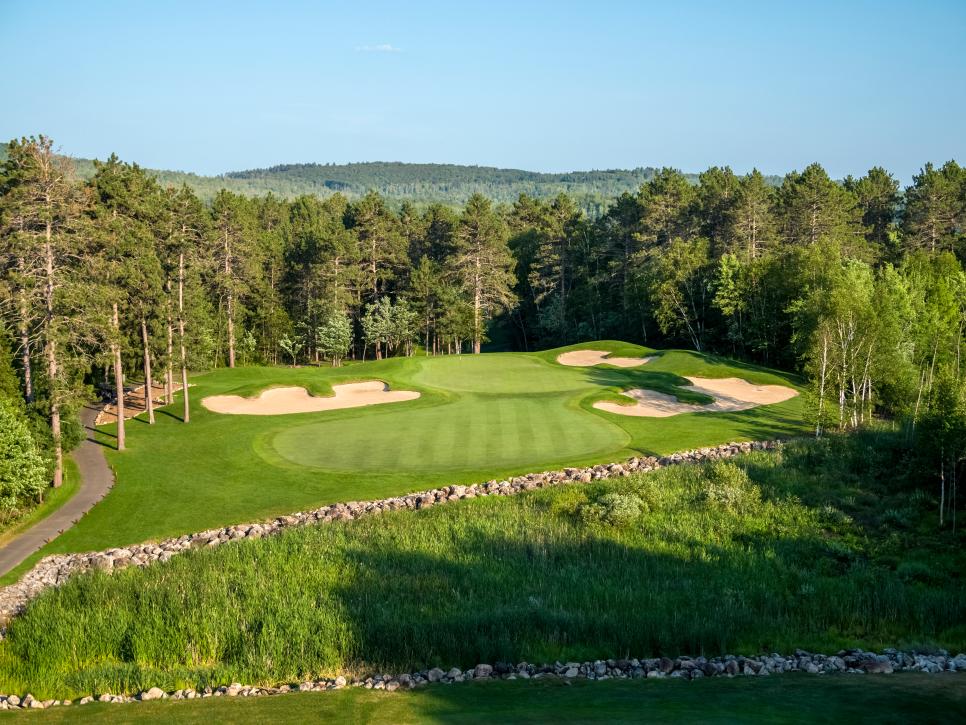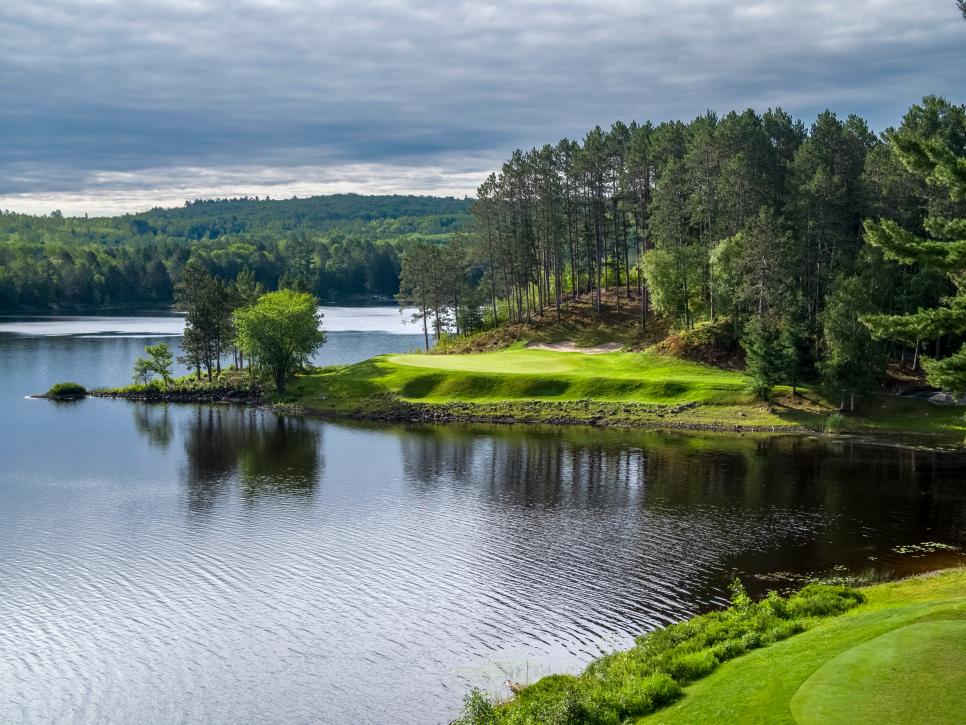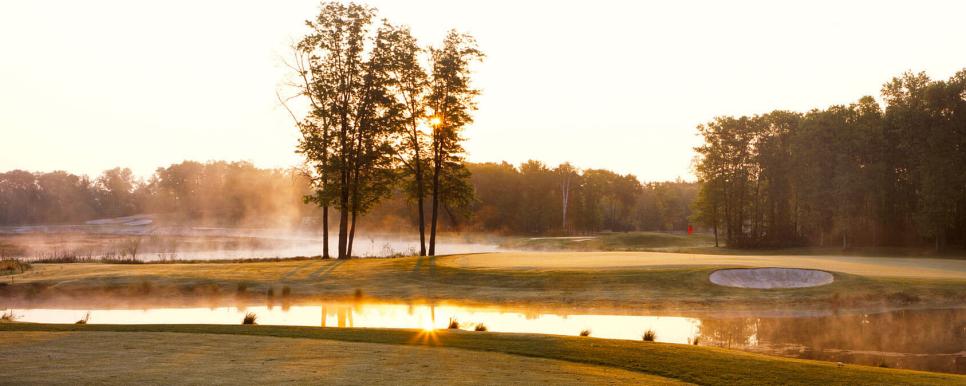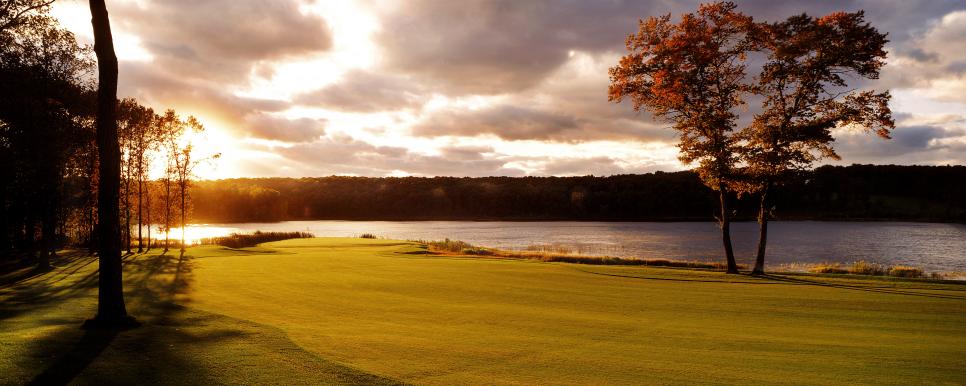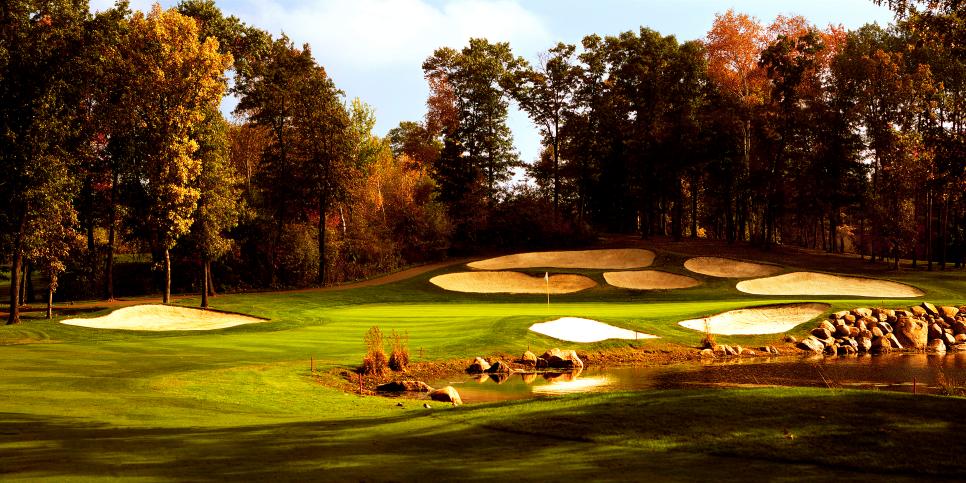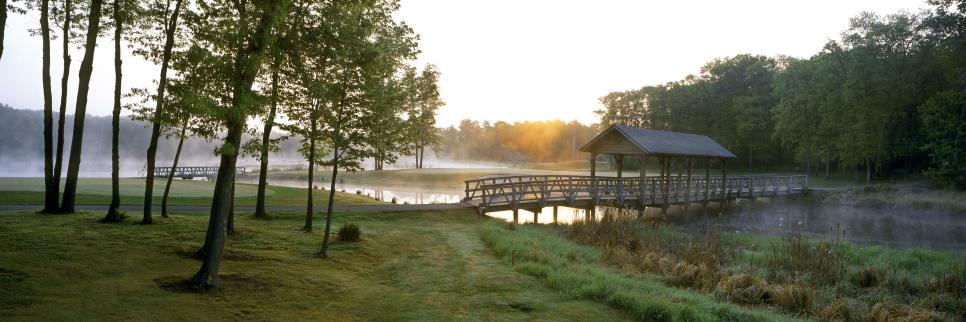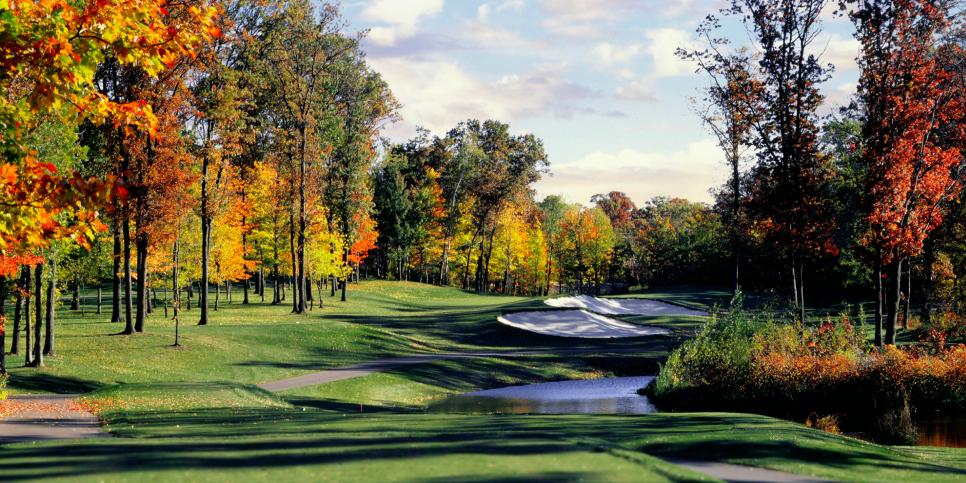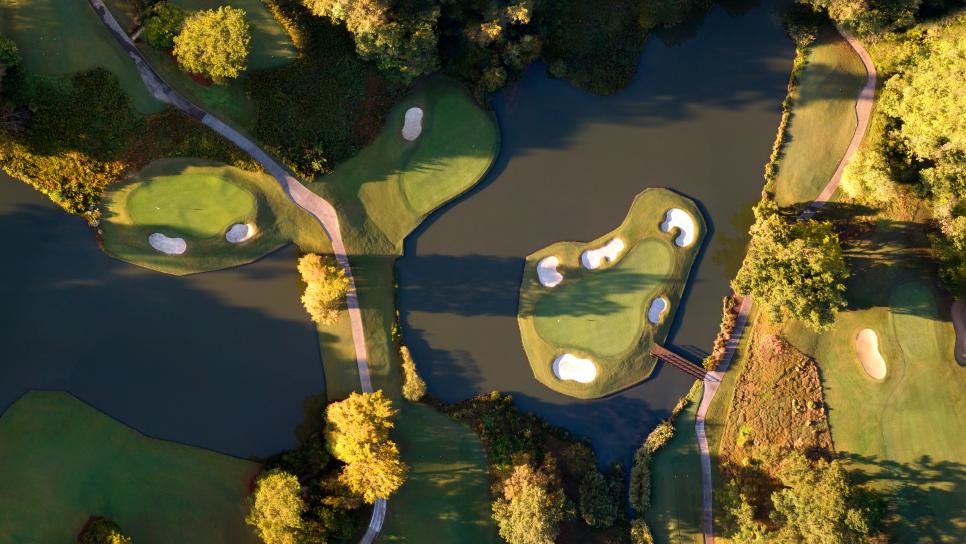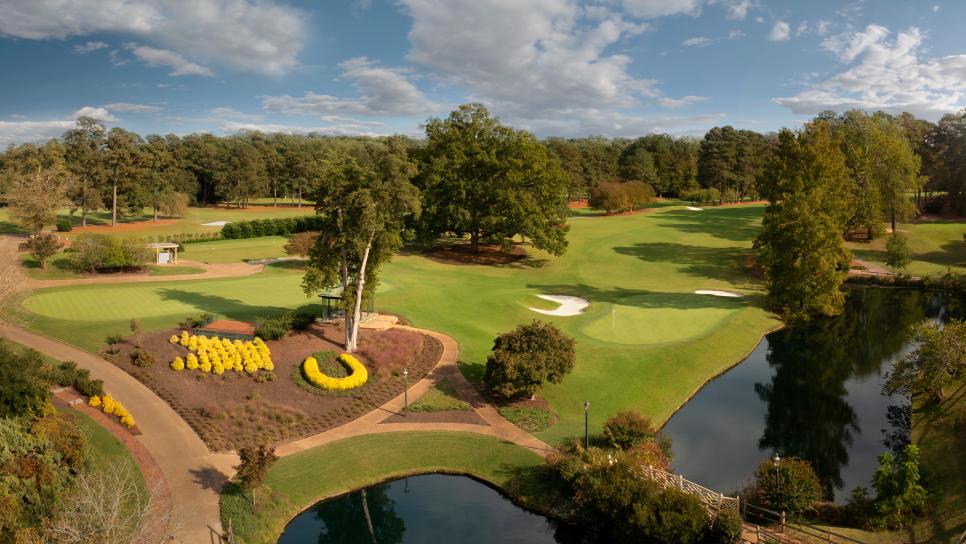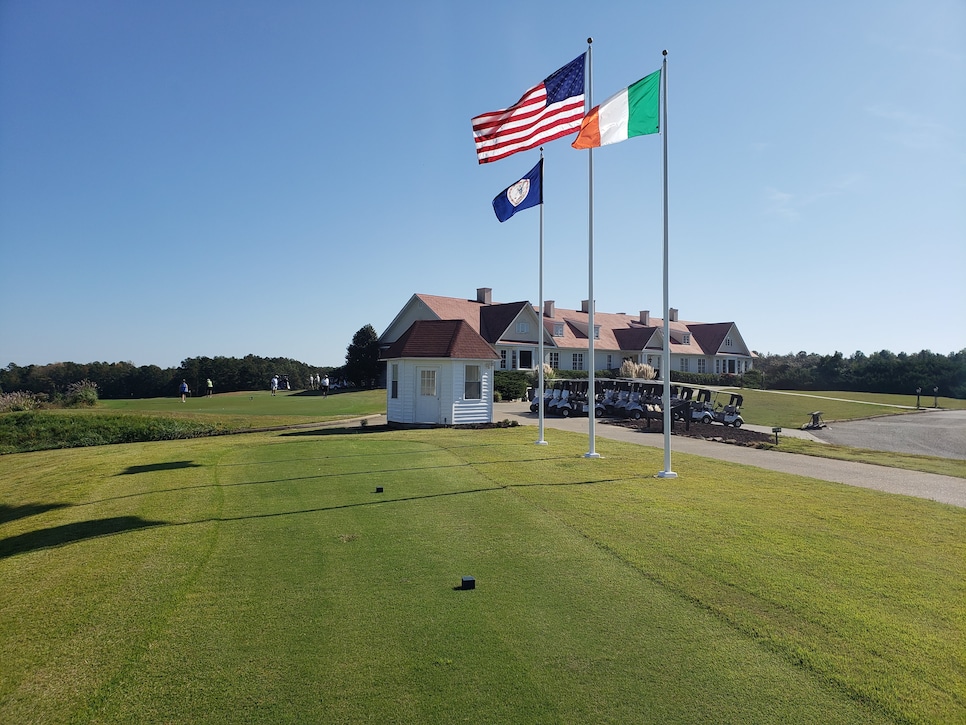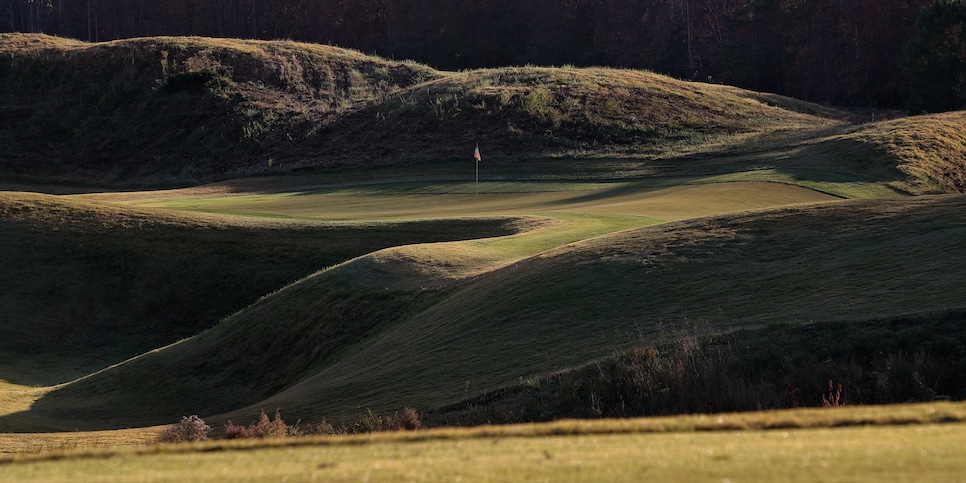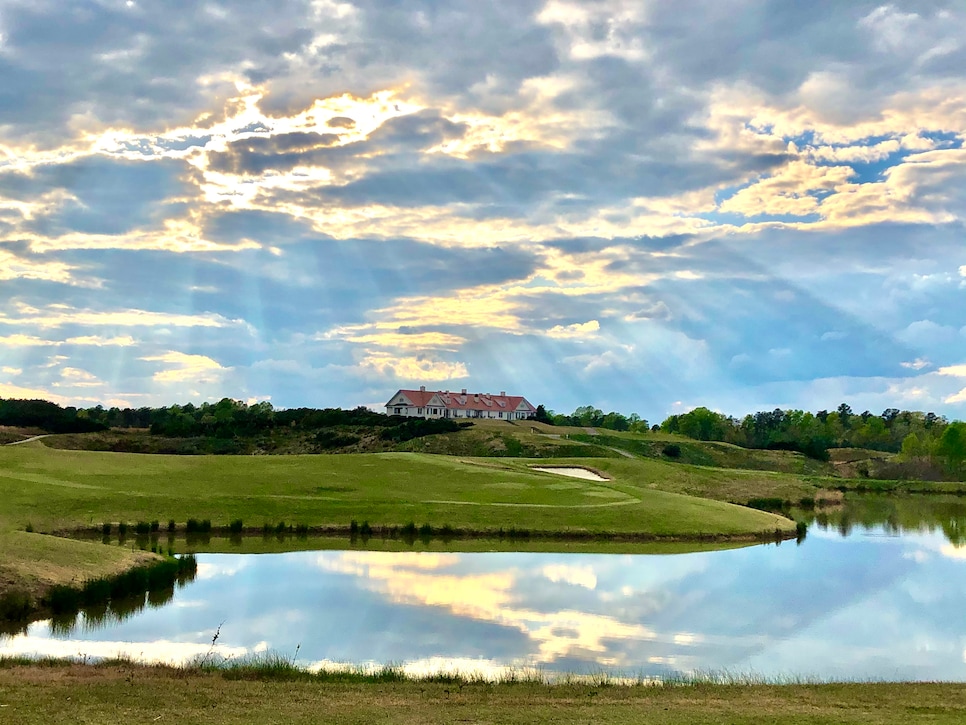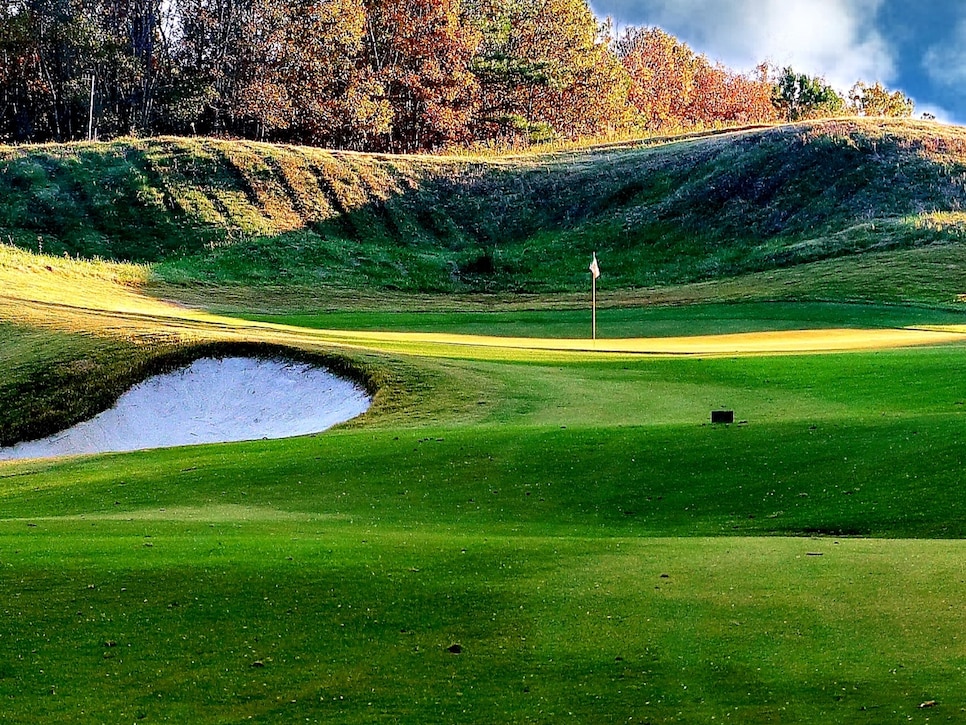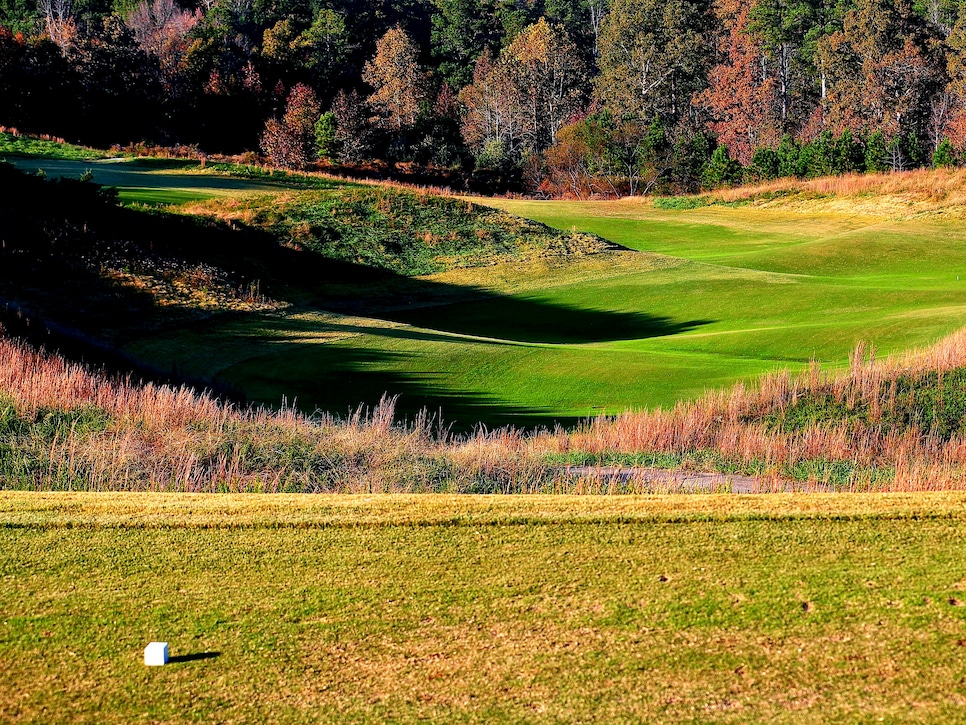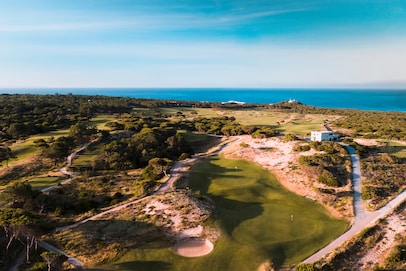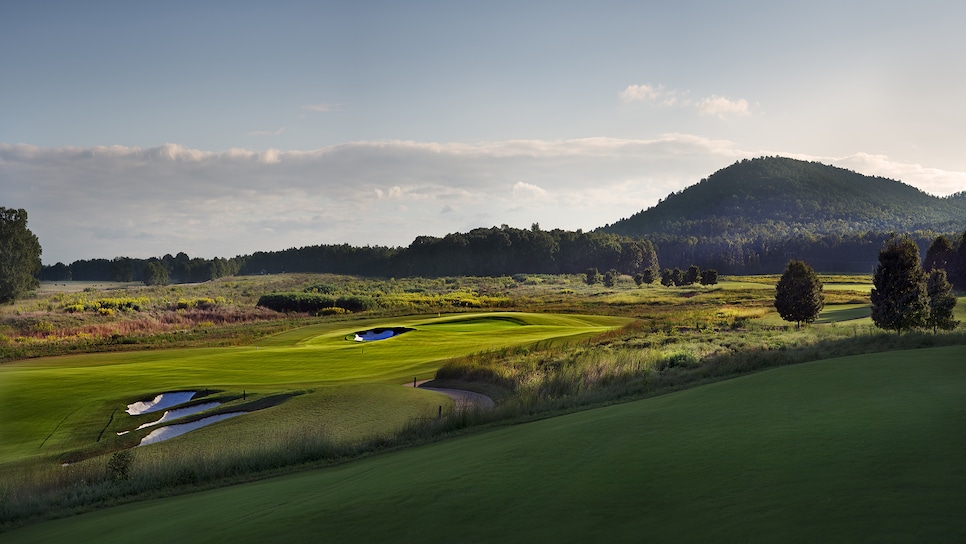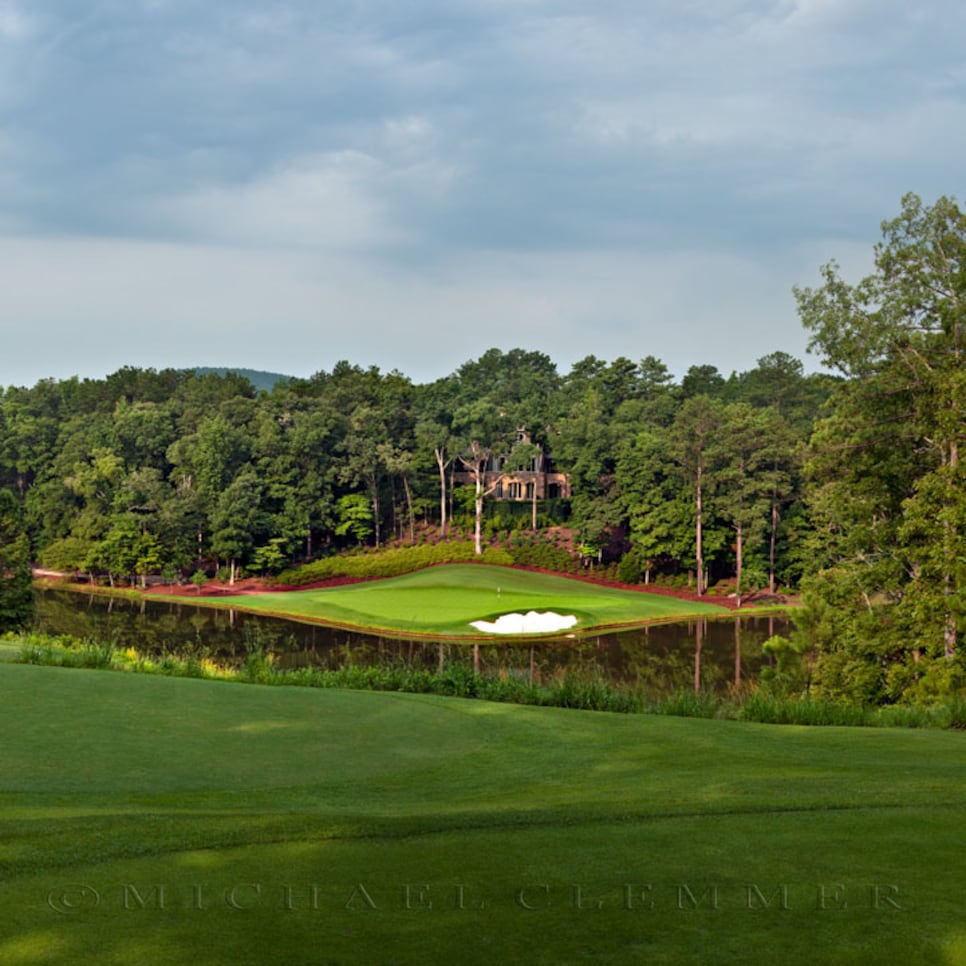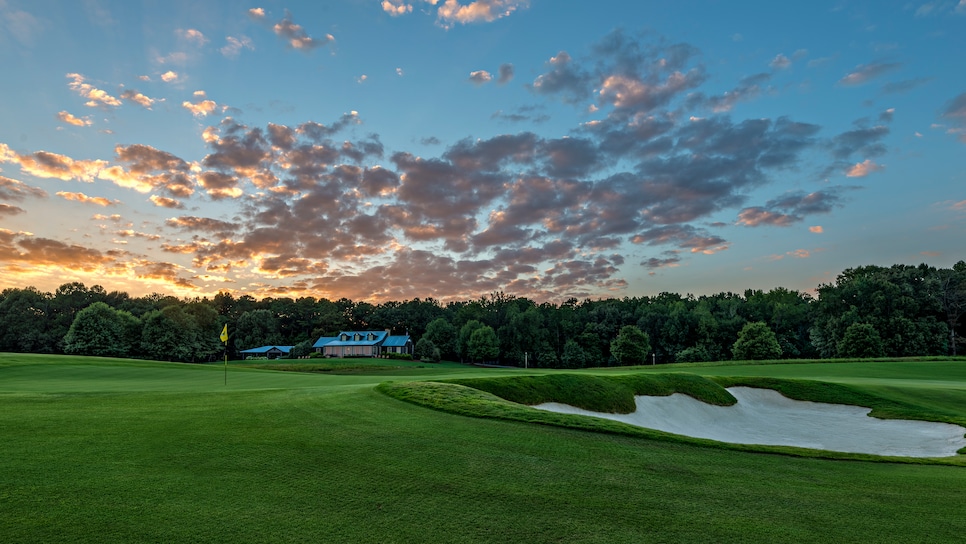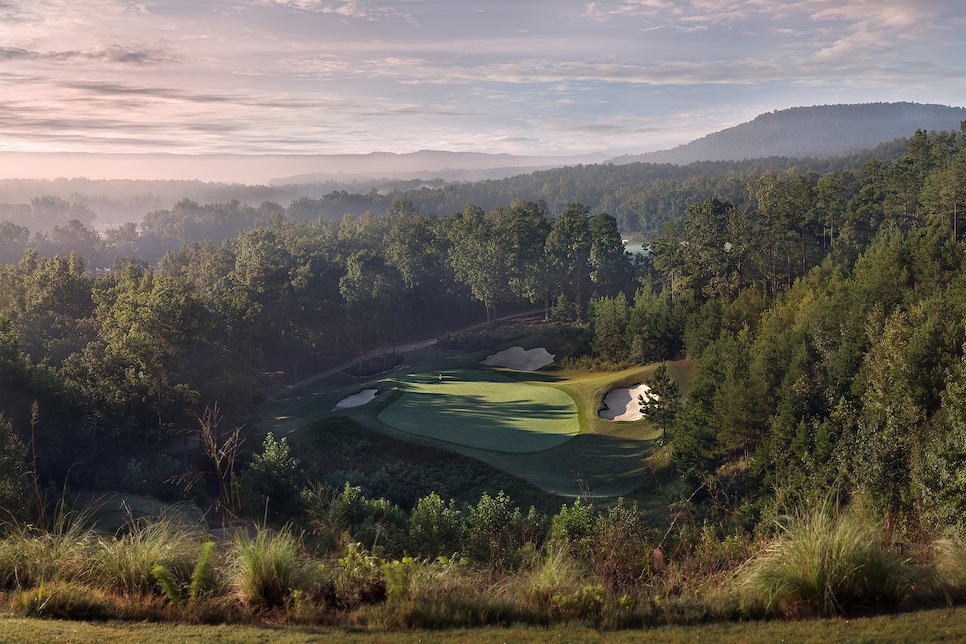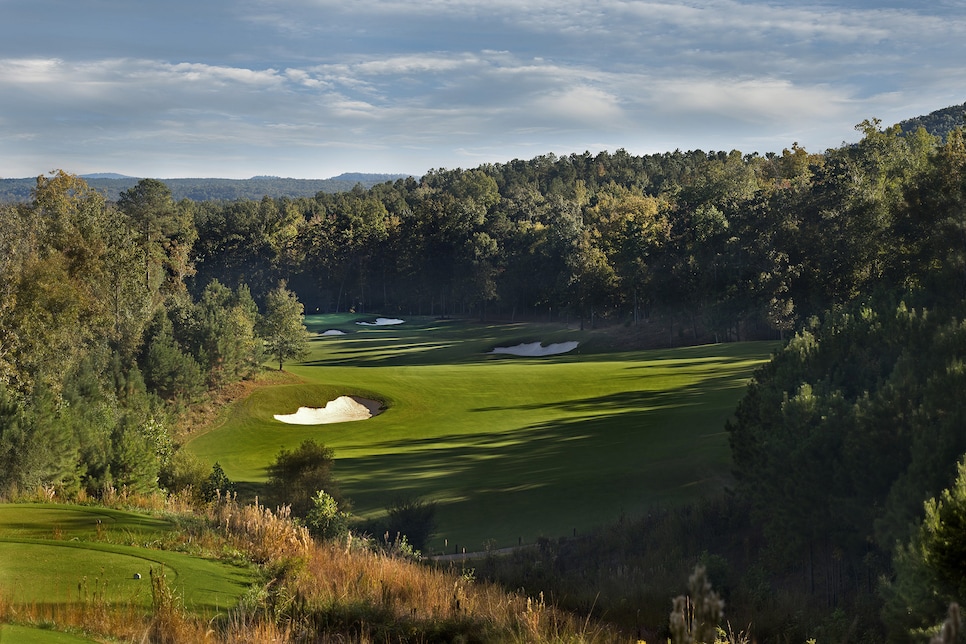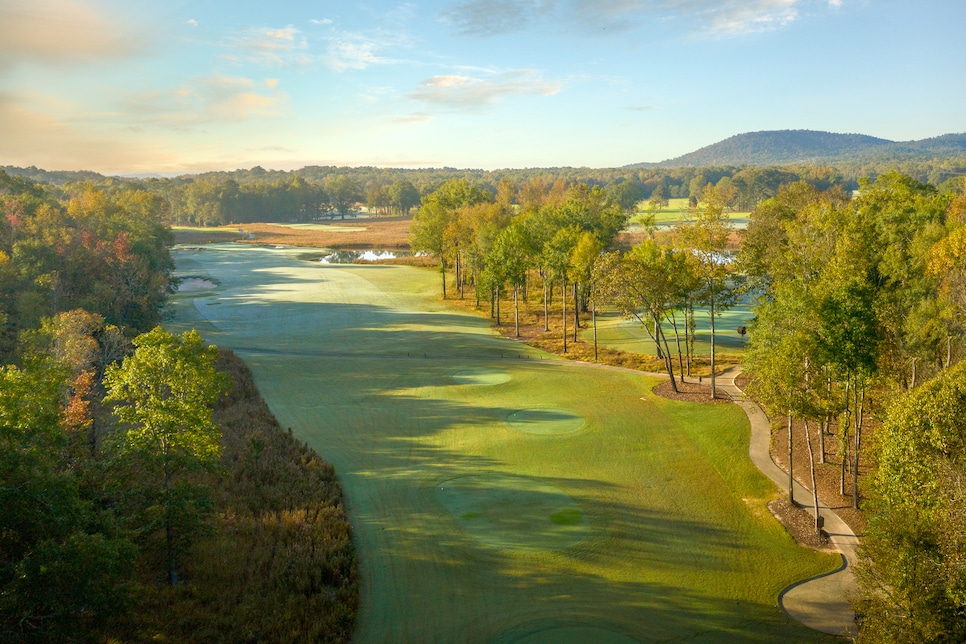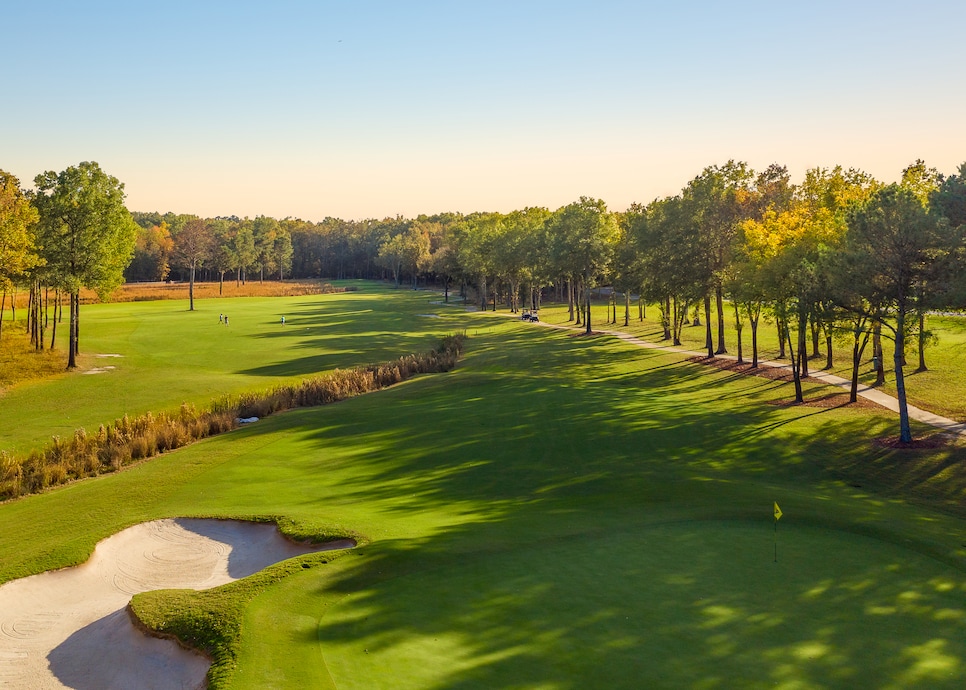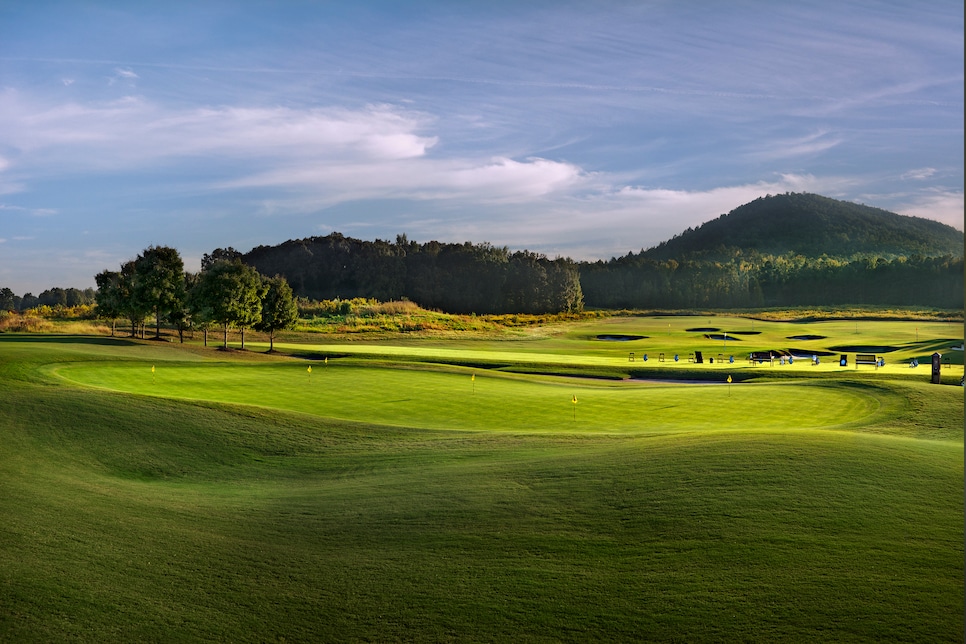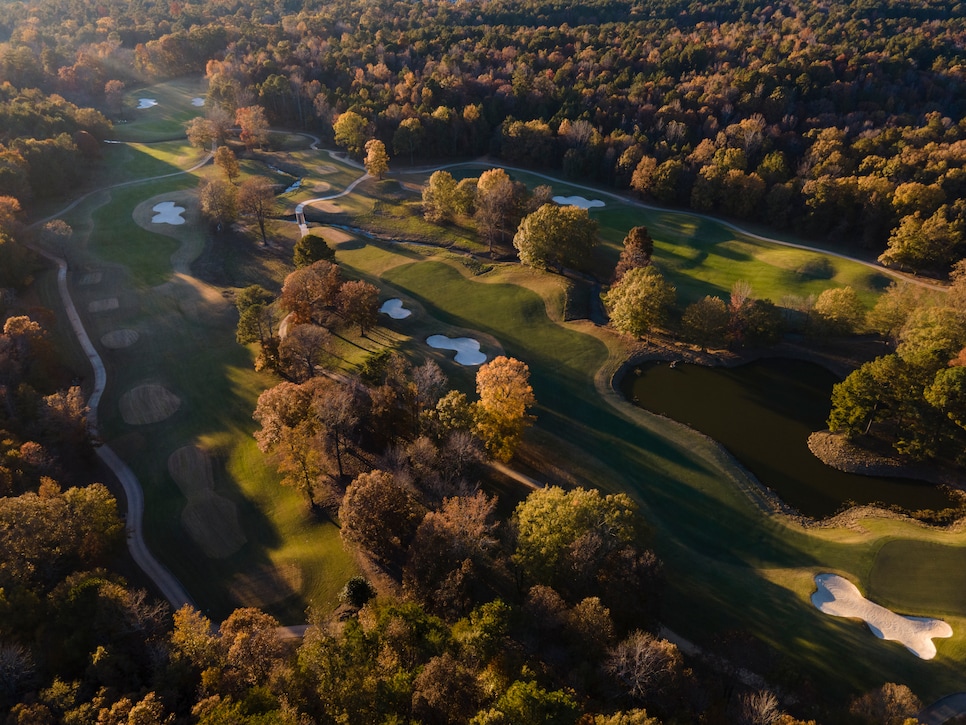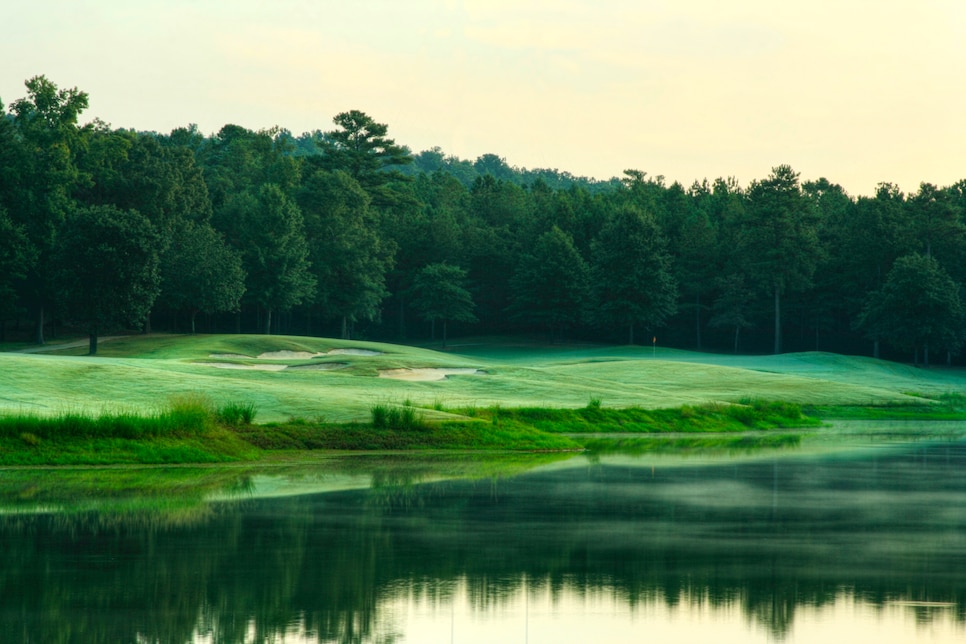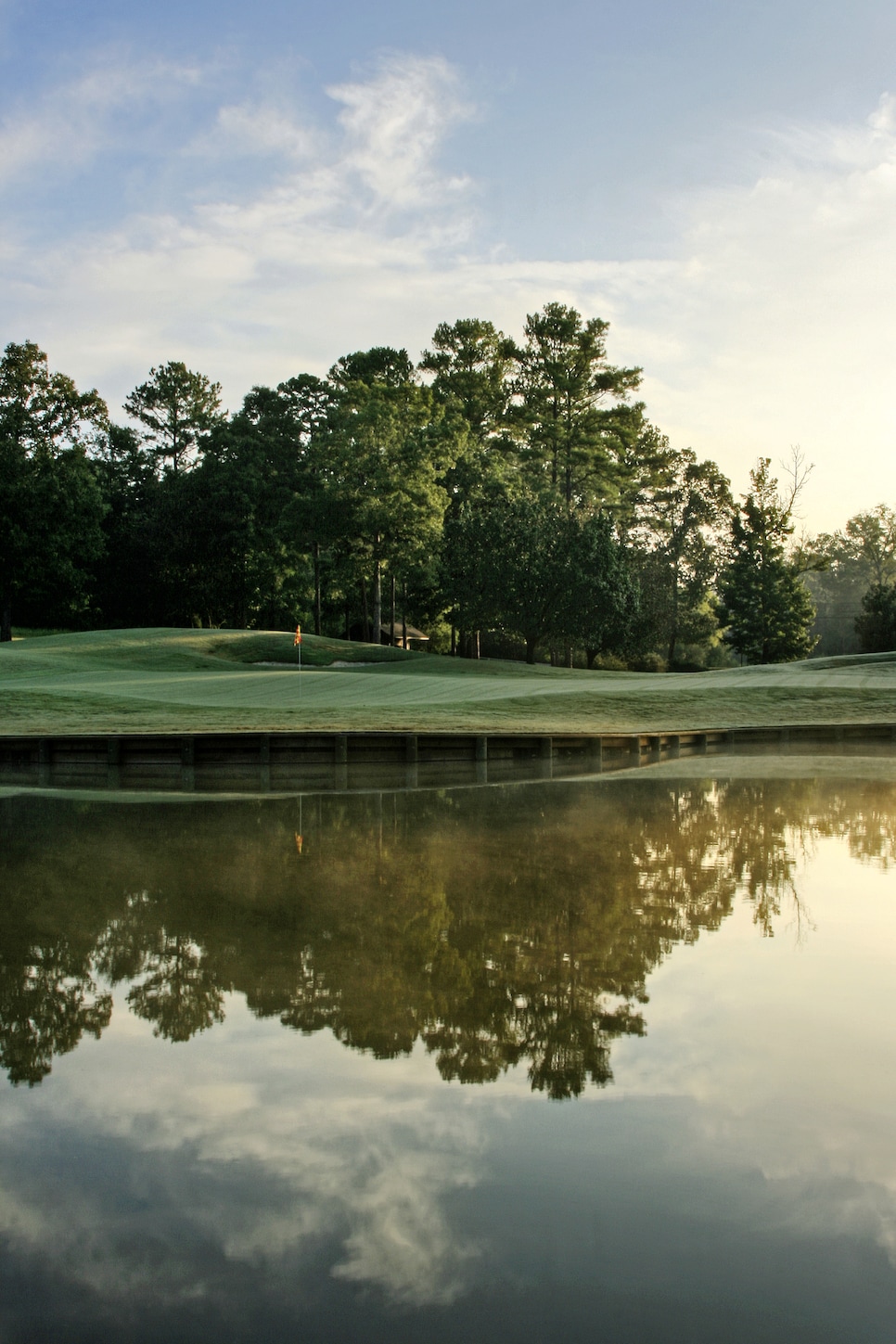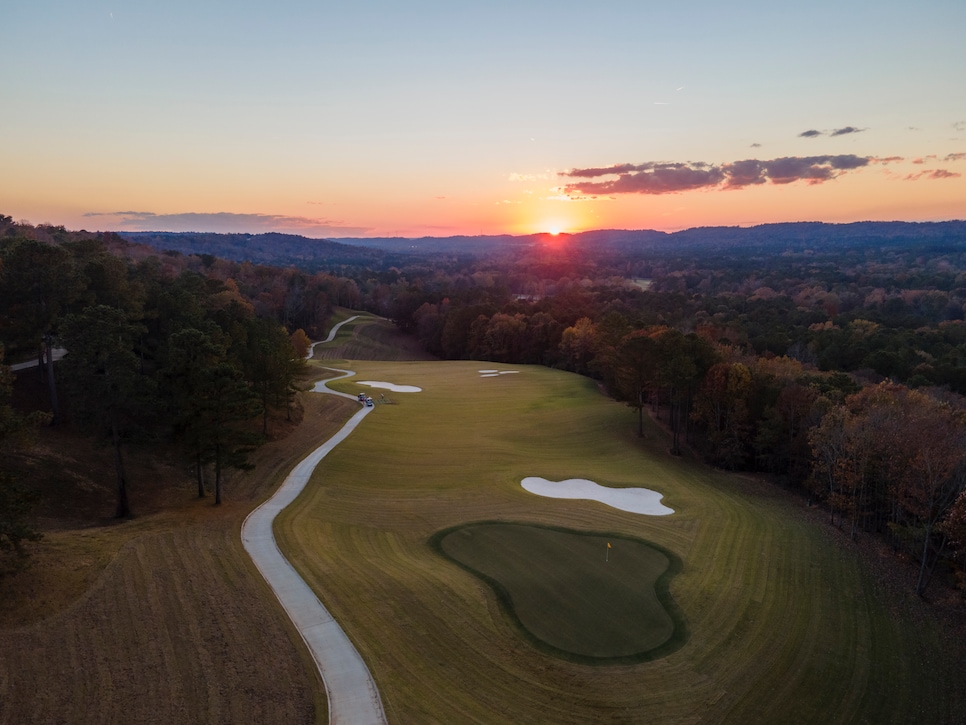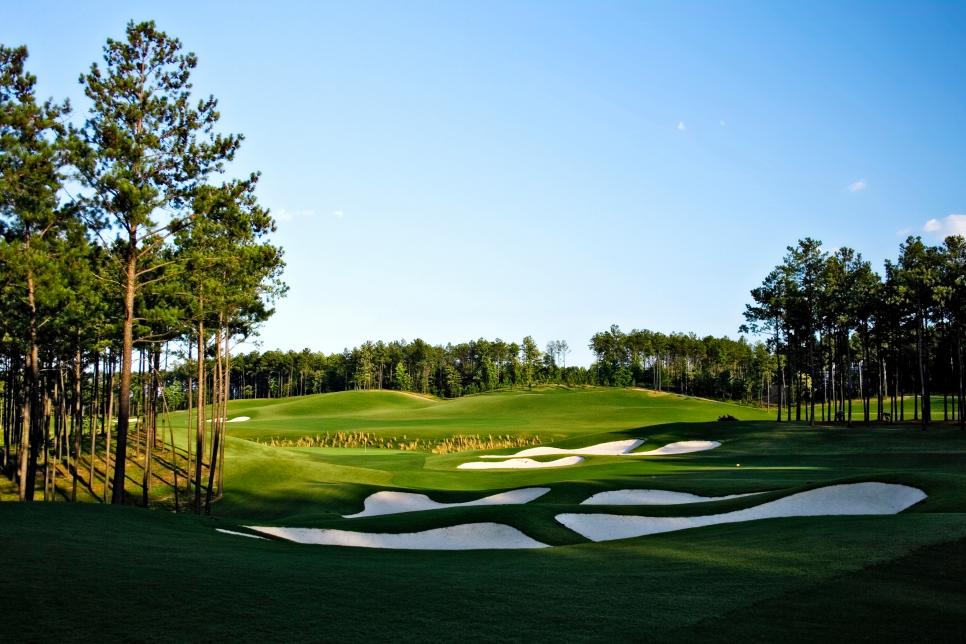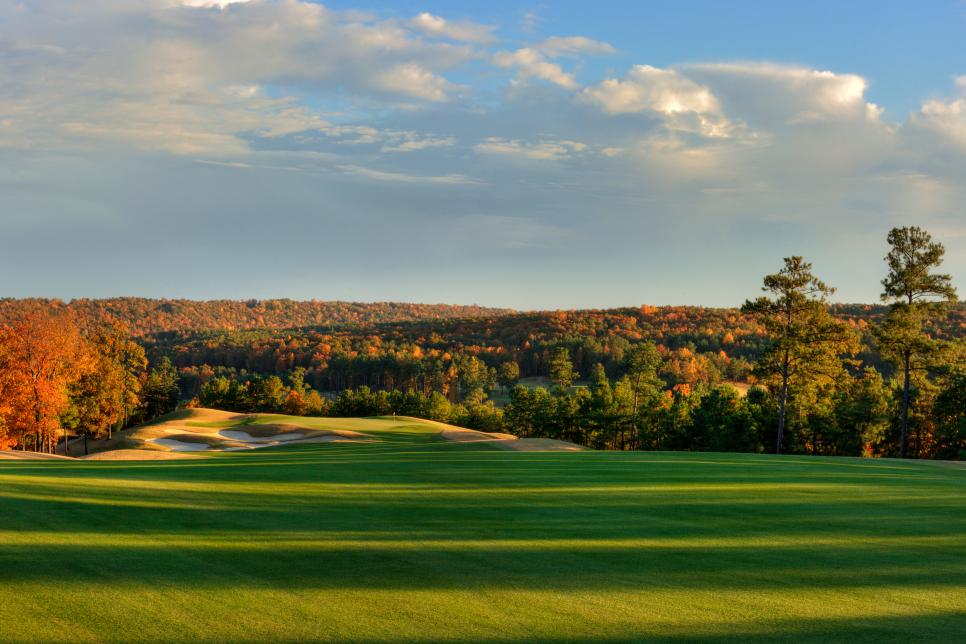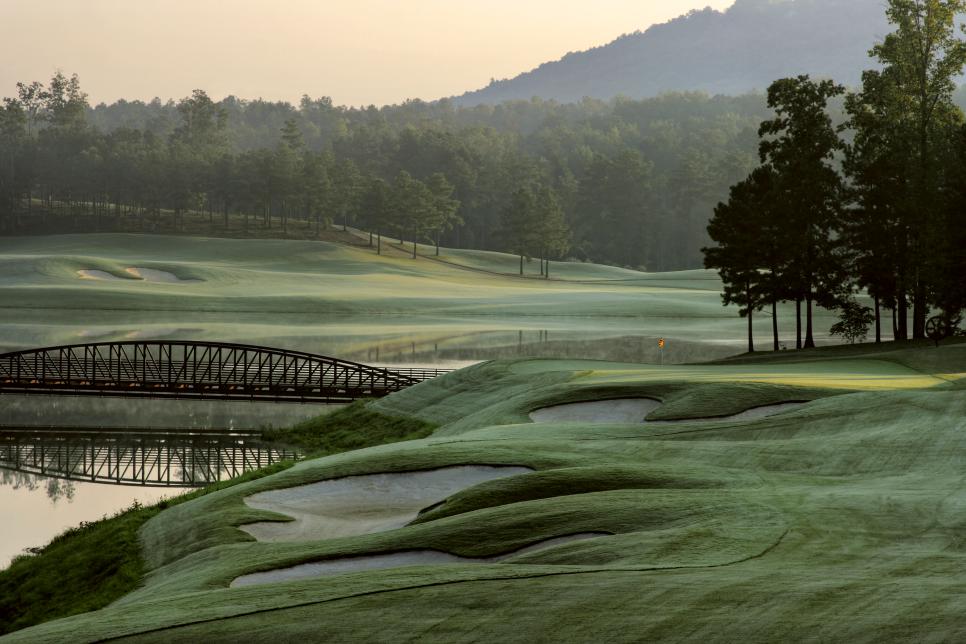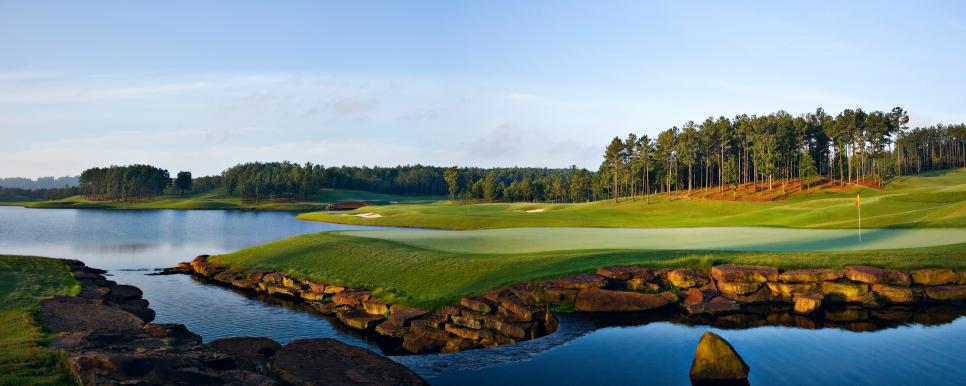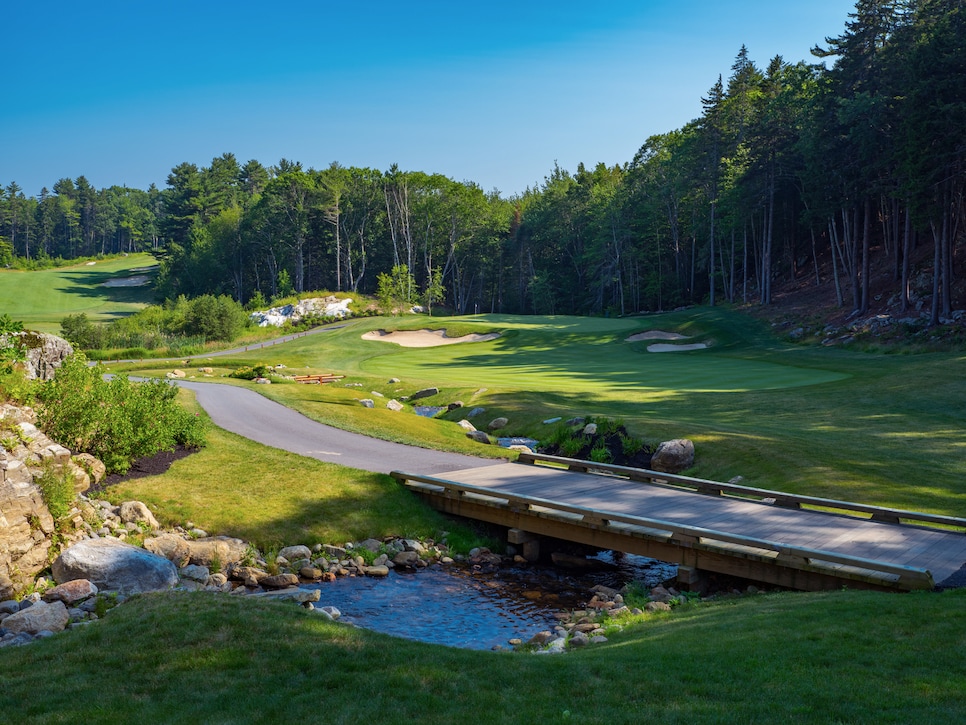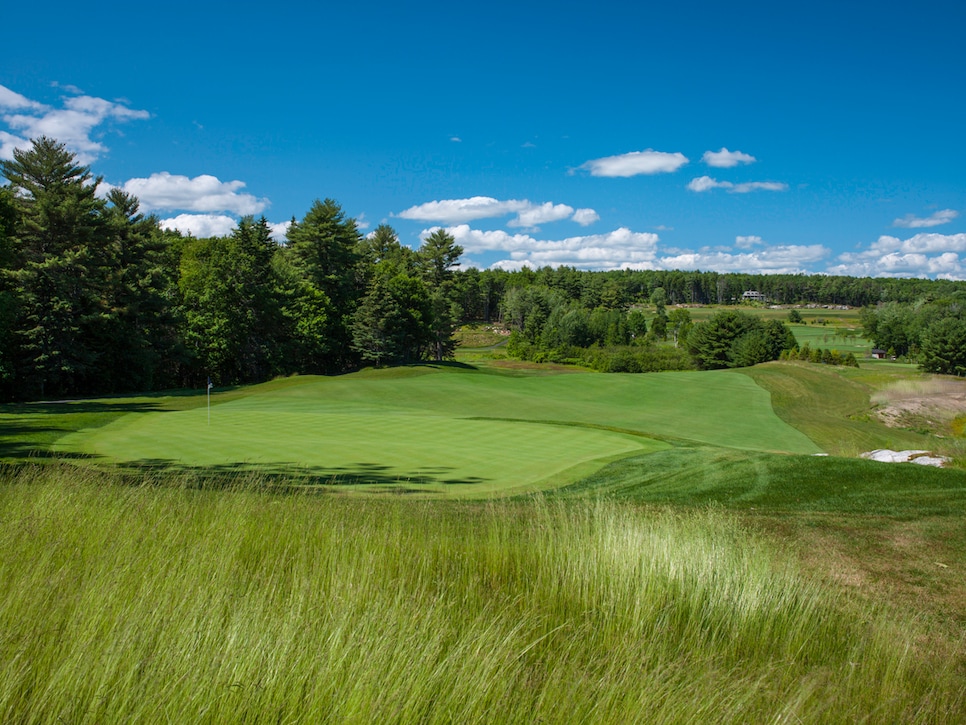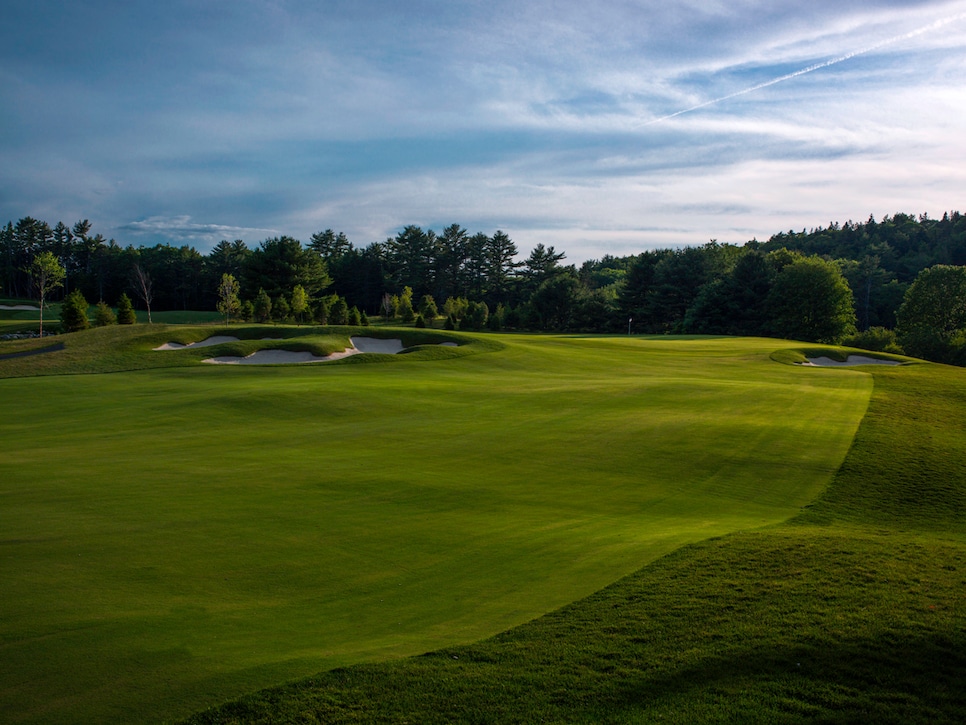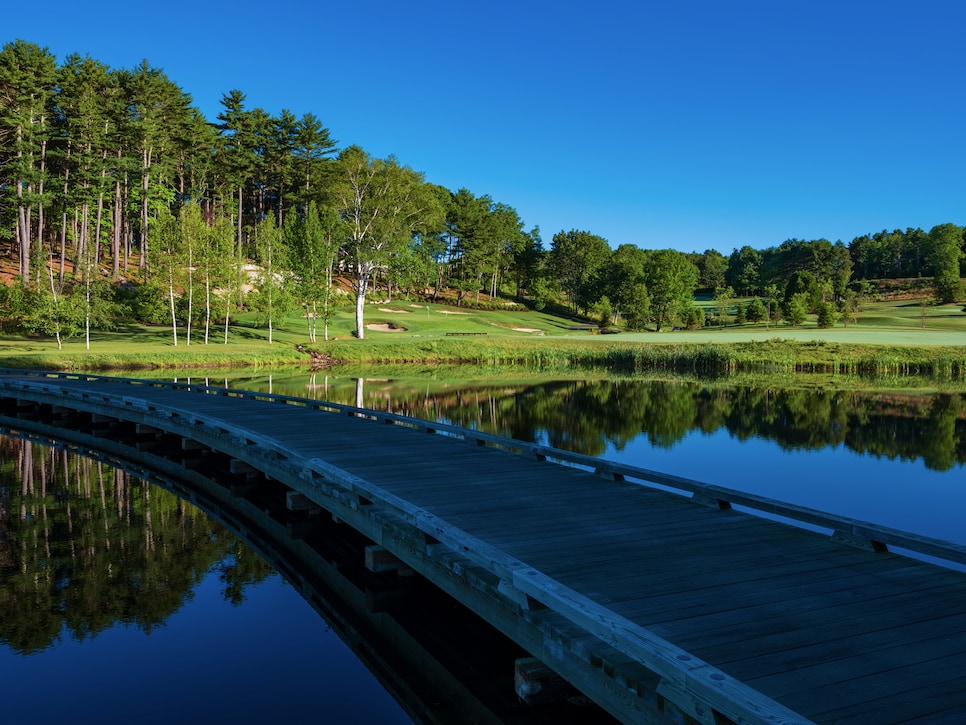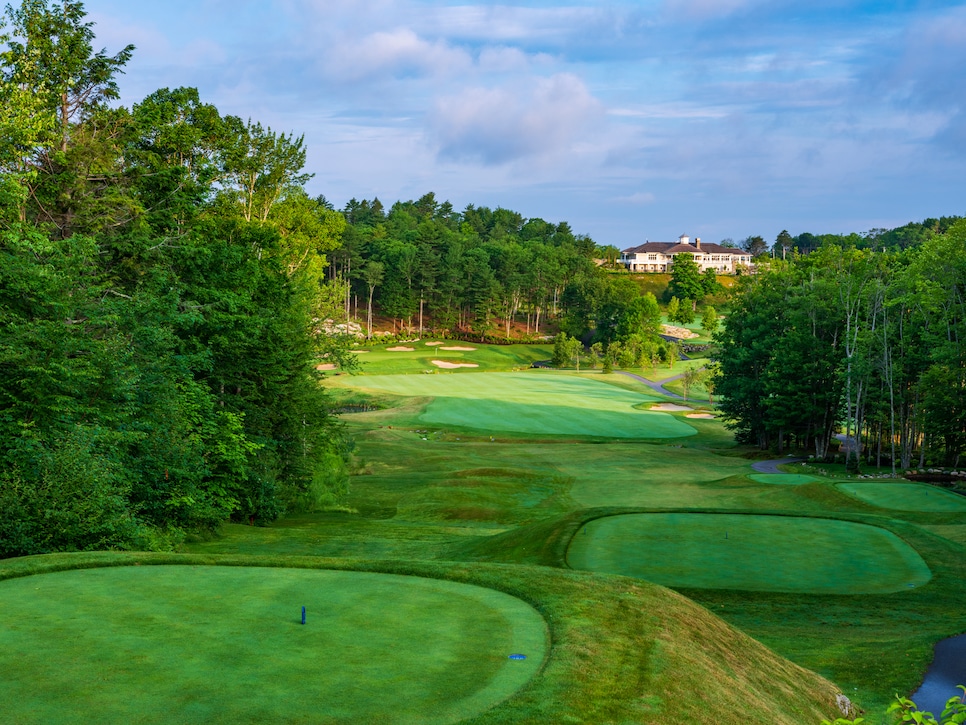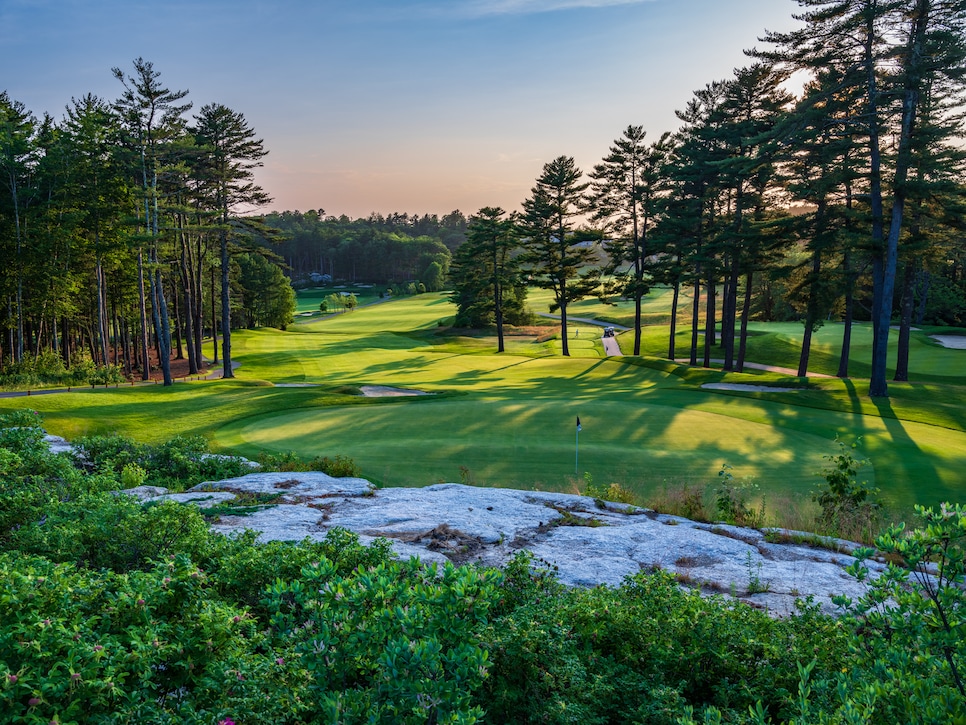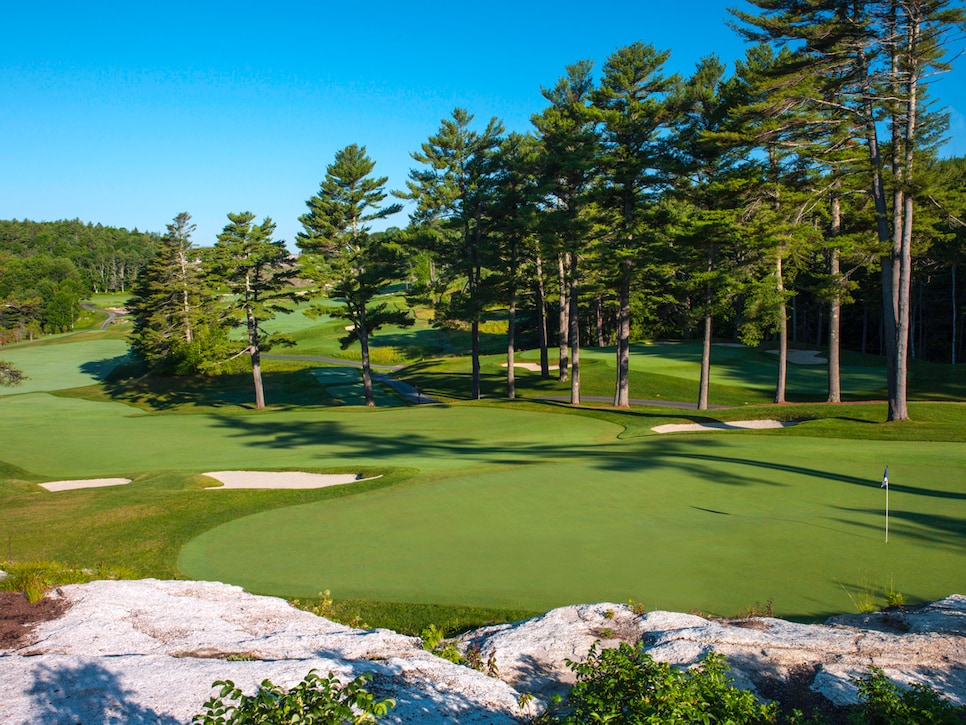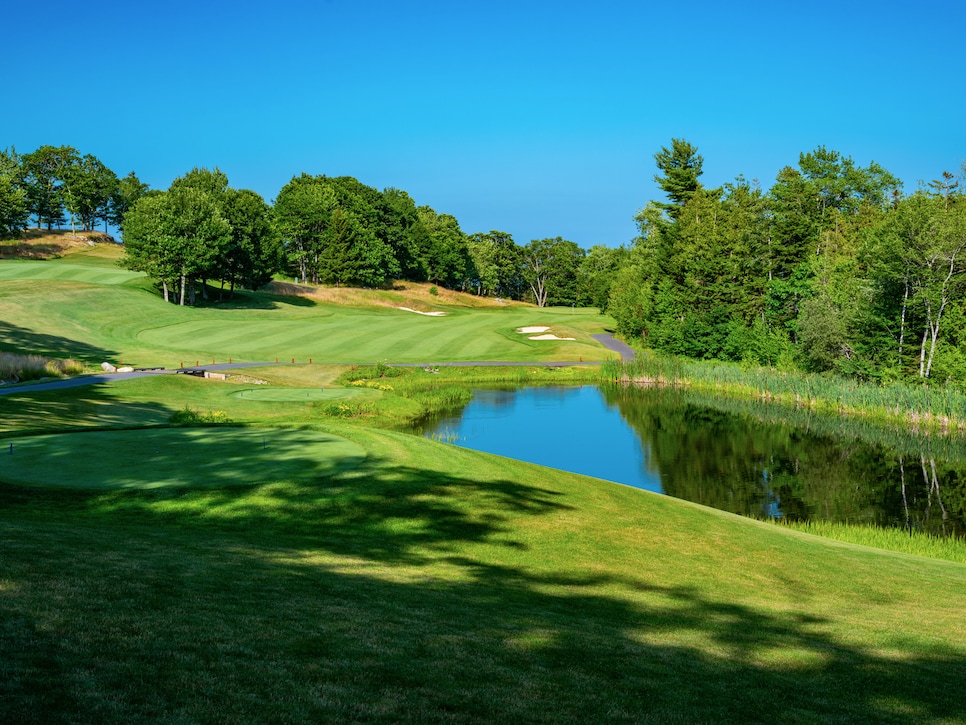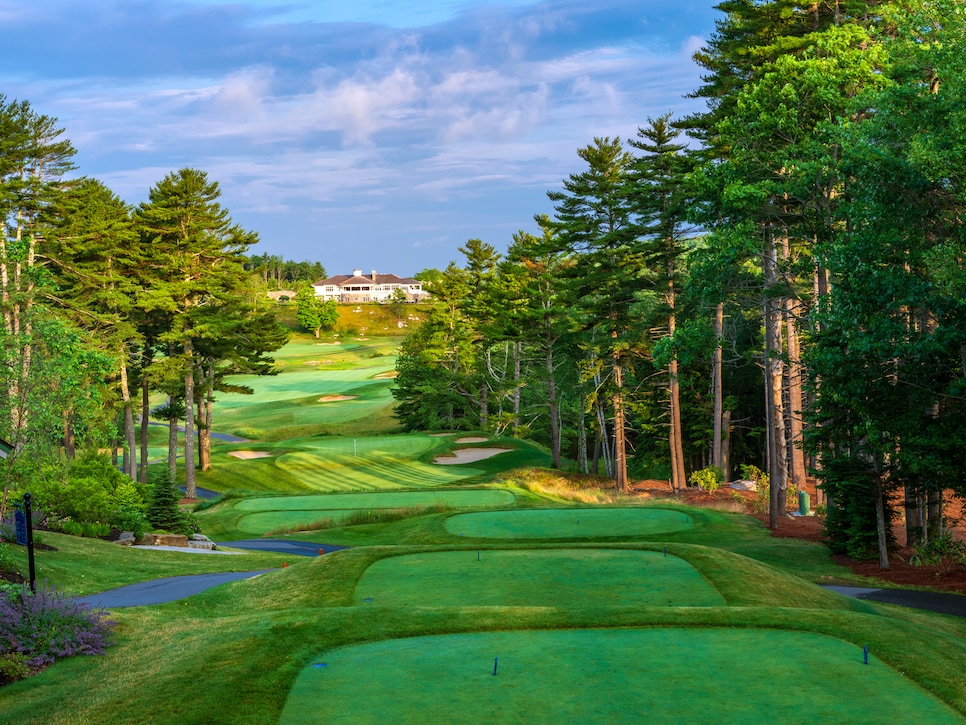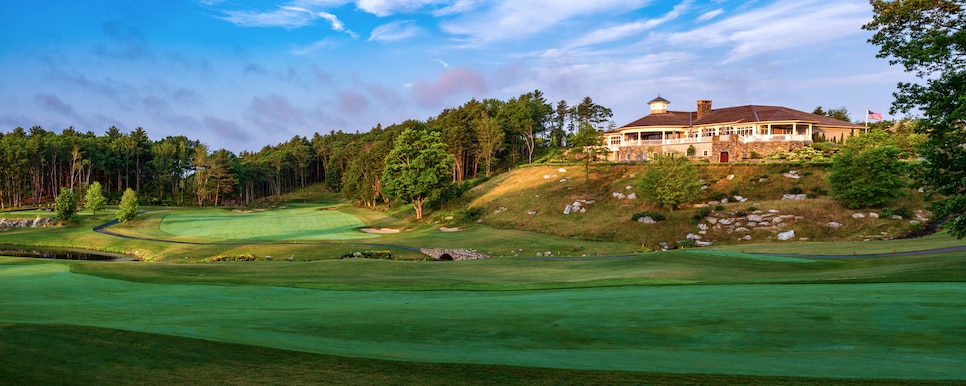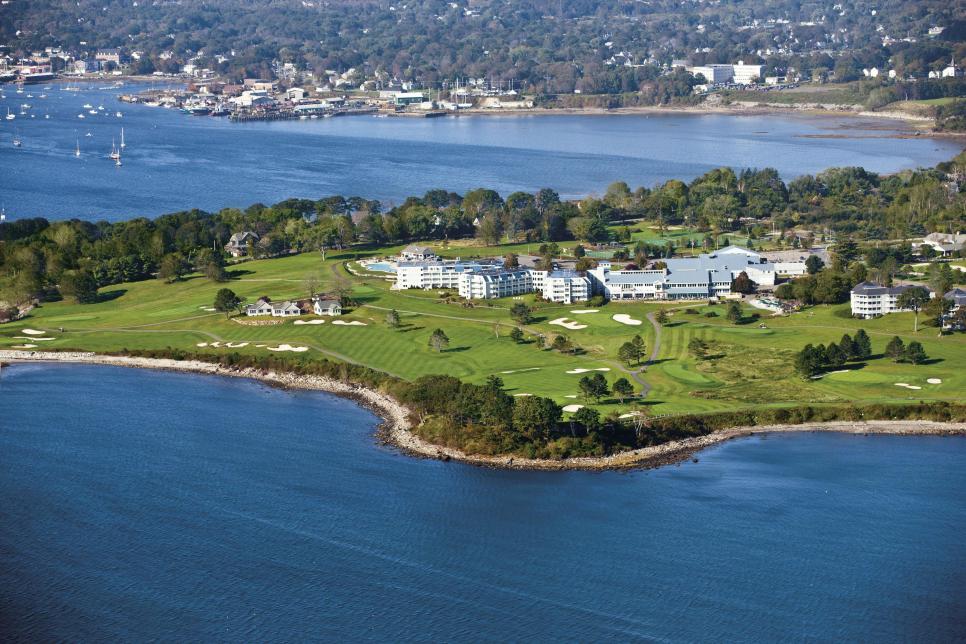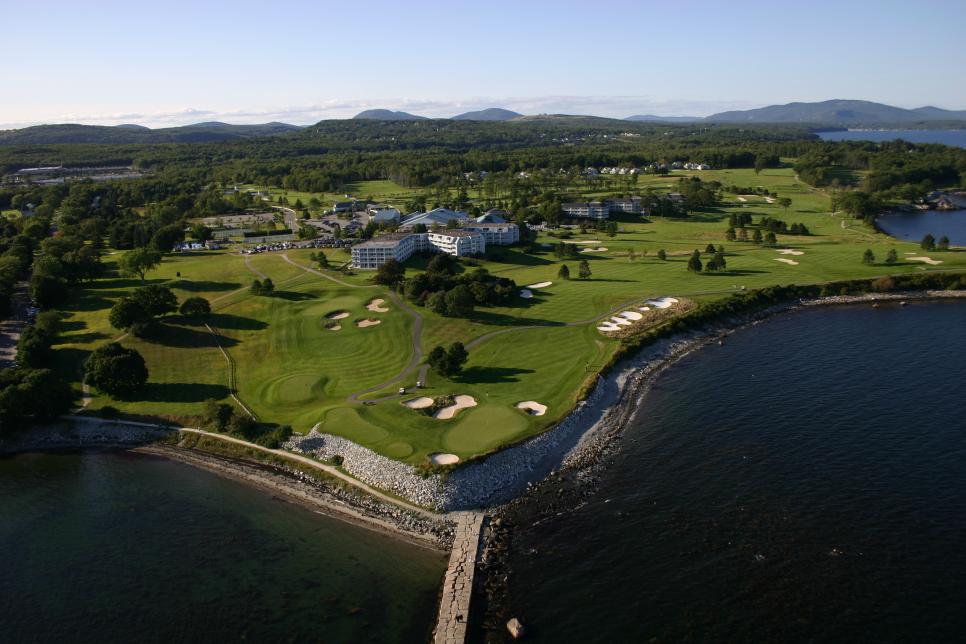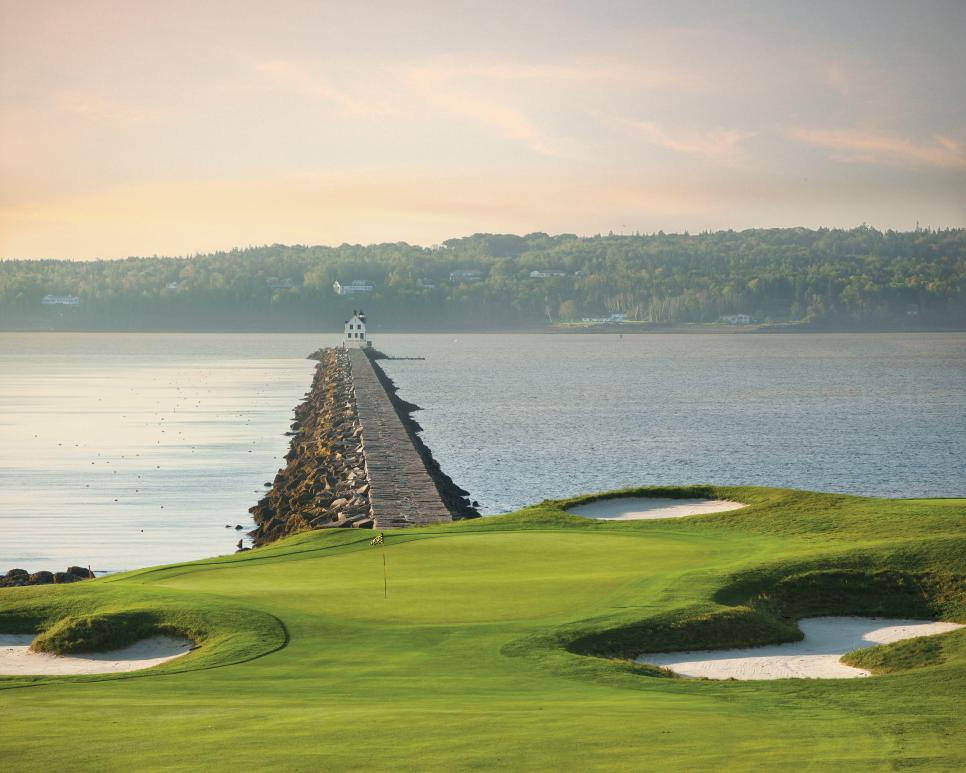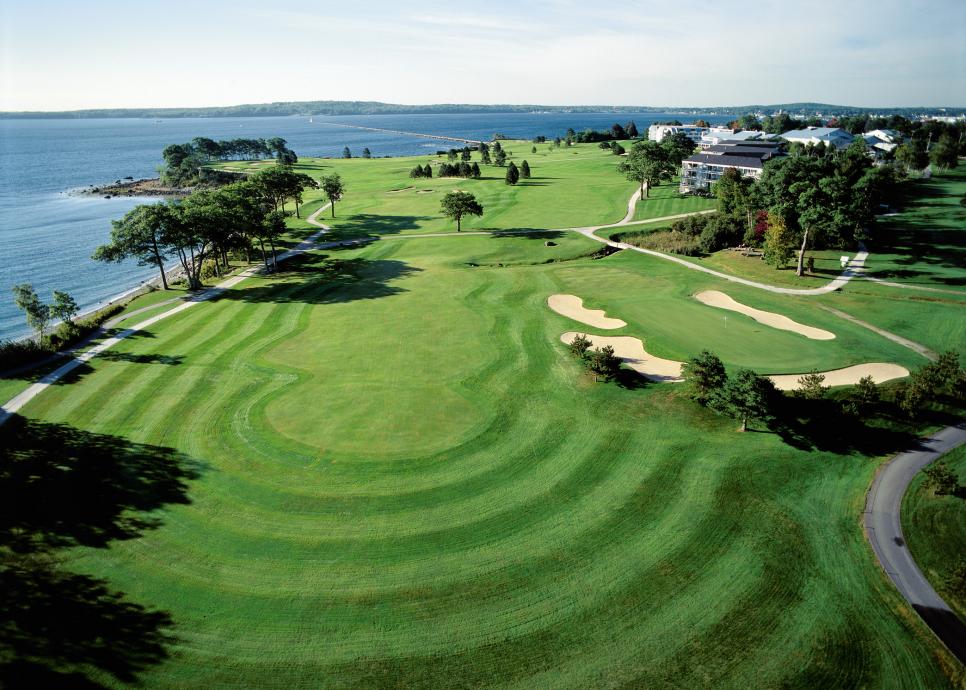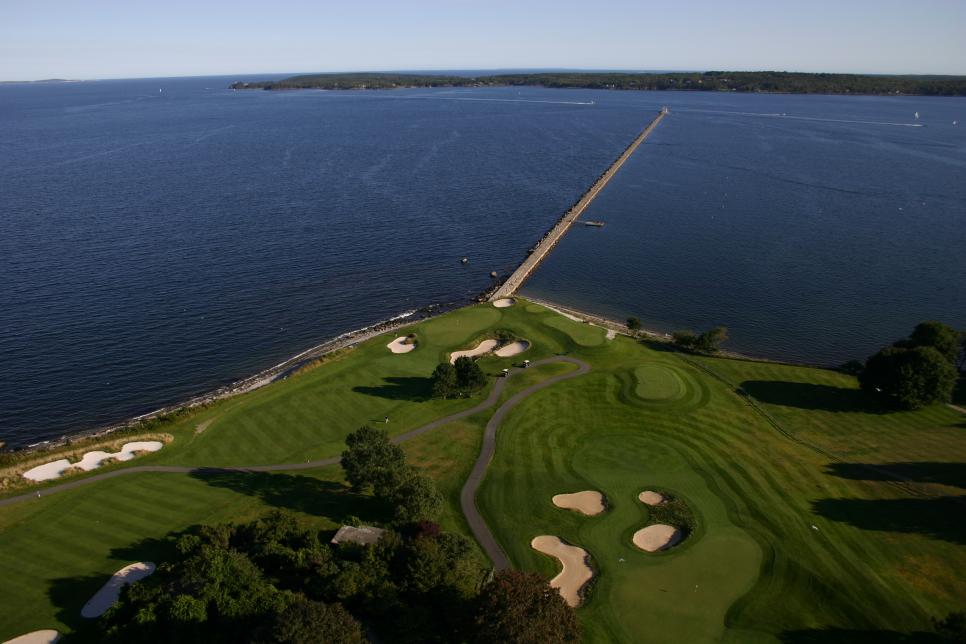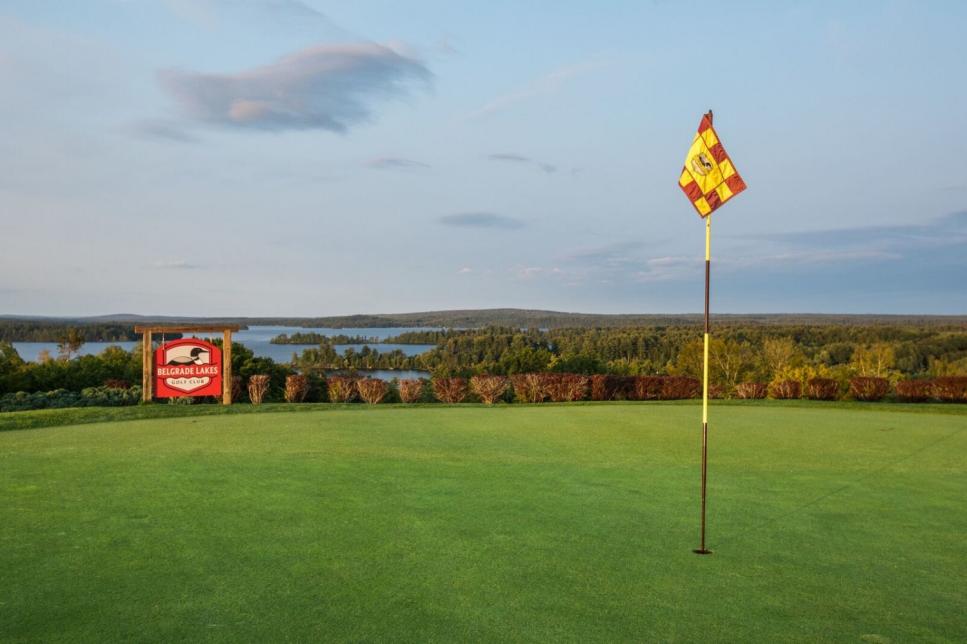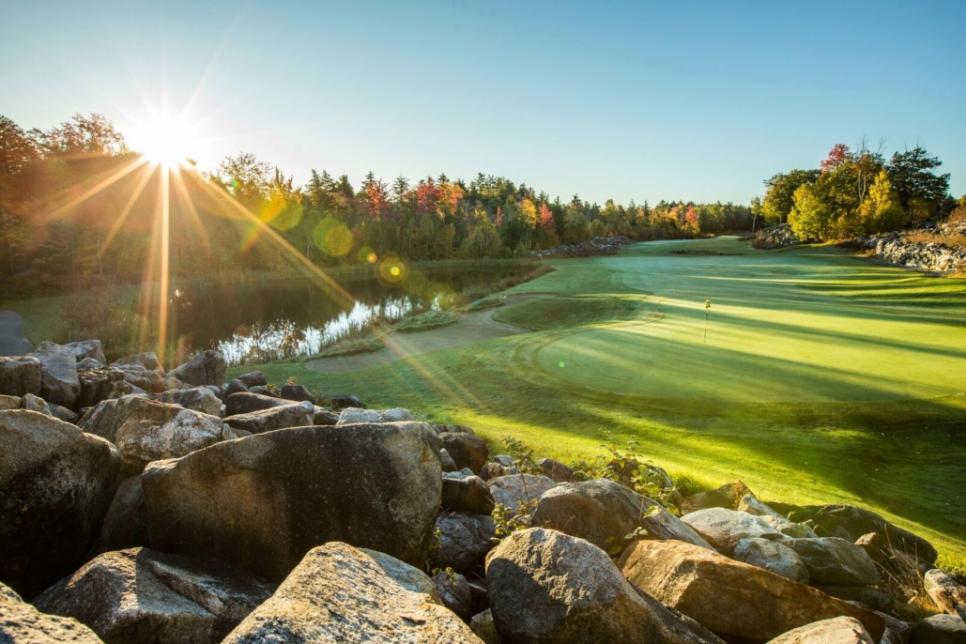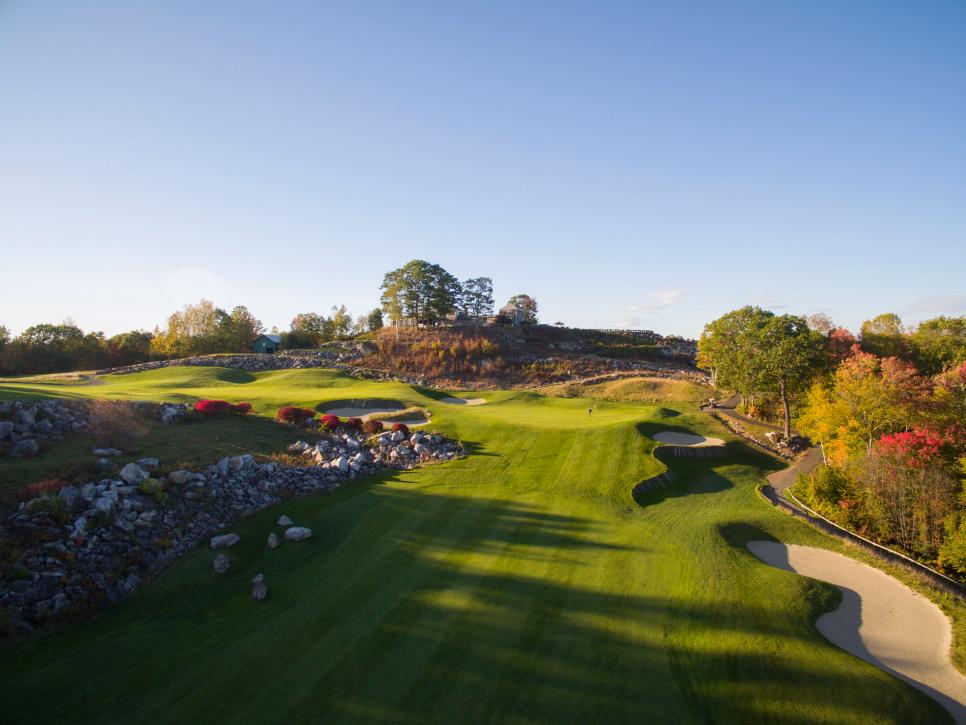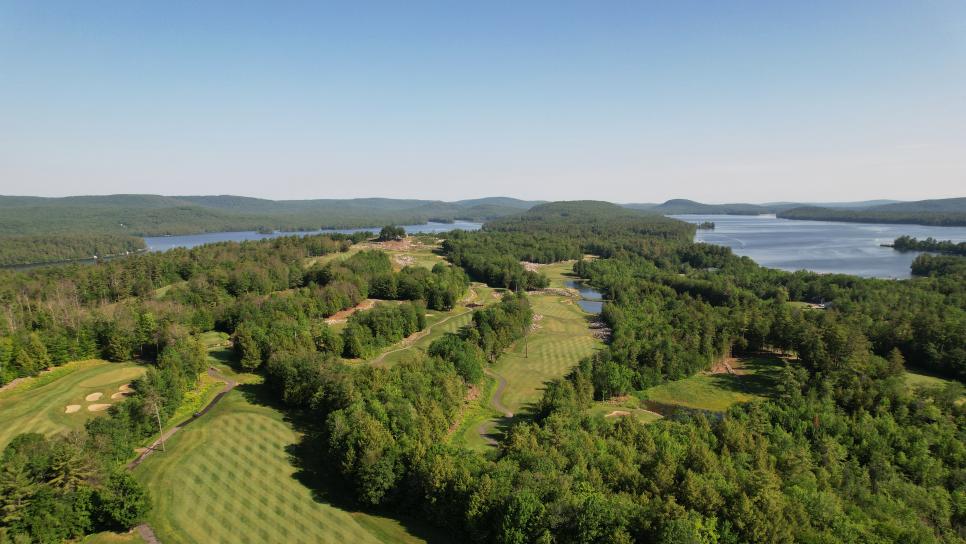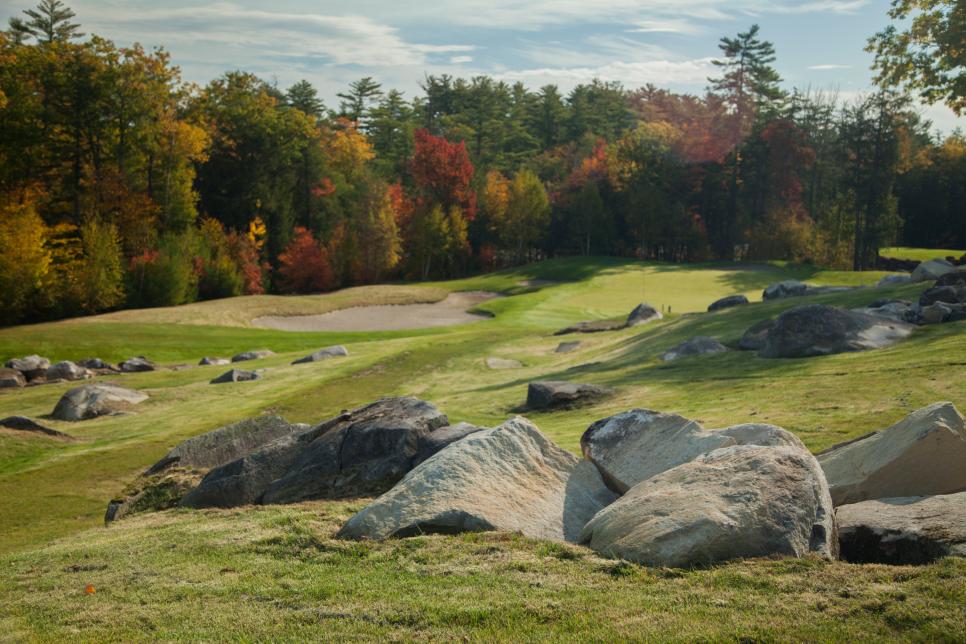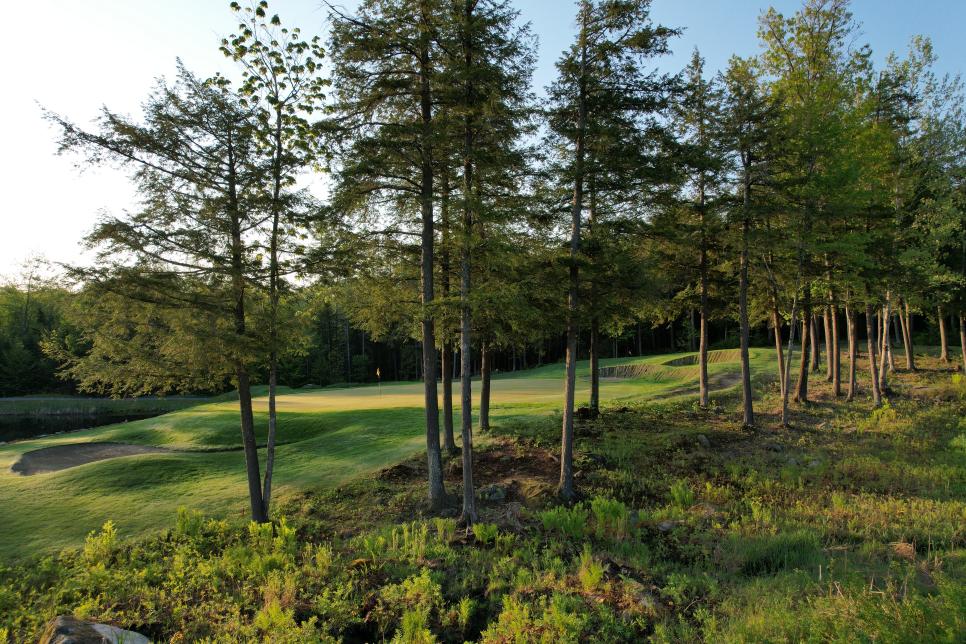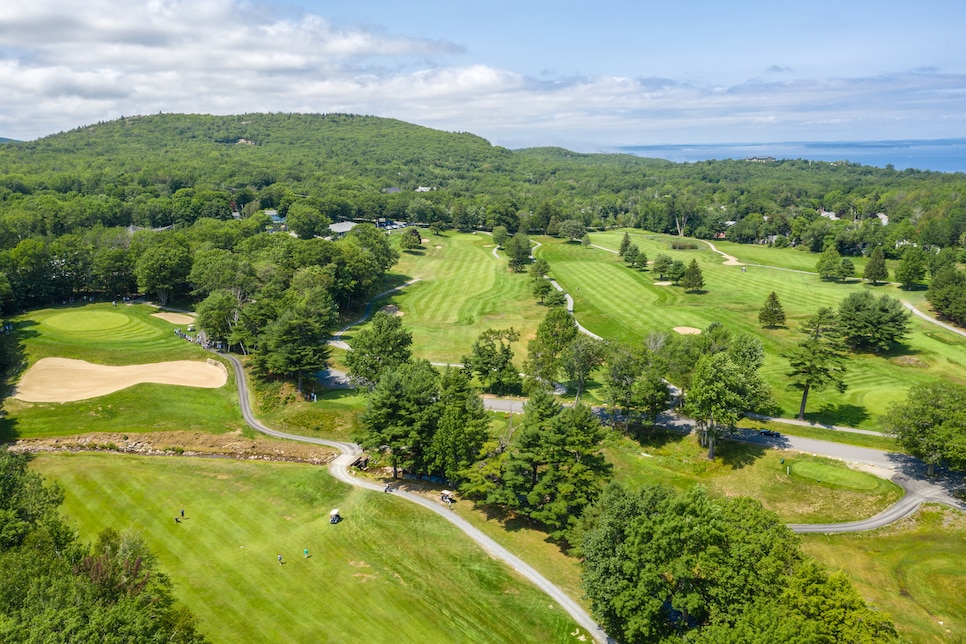Golf trips are good for the soul. They’re also getting harder on our wallets. Travel to any top-tier resort, and you expect to pay thousands of dollars for golf, lodging, food, etc.—and that’s before travel. The boom in golf post-COVID has led to green fees increasing by 20 percent since 2019, per the National Golf Foundation. That might be in line with inflation and what we’d expect, but it doesn’t make it any easier to pay.
We’re championing some of our favorite destinations that are more palatable on our bank accounts. Our guiding light were locations that still provide epic golf but with tee times usually less than $200. It’s tougher to do in 2025, but for those seeking a deal, you’ve come to the right place.
Somehow, Northern Michigan remains under the radar to non-Midwest golfers. It should be on the bucket list for all—few places have such depth of quality golf at a value. Two resorts are the most popular and highest-ranked on our rankings. Arcadia Bluffs, about 50 miles from the Traverse City airport, boasts two courses on our ranking of America’s 100 Greatest Public Courses, but rates are $275 in the summer, so deal-seekers may look elsewhere.
Forest Dunes, about an hour and a half from the airport, boasts three courses inside America’s 100 Greatest Public. Tom Weiskopf’s course sits atop sandy dunes on land dotted with mature pines and some of Weiskopf’s trademarks: A fun, drivable par-4 17th and as longtime course editor Ron Whitten said, “some of the best sets of greens that Weiskopf ever designed.” Tom Doak’s reversible Loop won our 2016 Best New competition, boasting the Black and Red, as the Black is routed clockwise, slightly shorter and ranked slightly higher than its reverse image Red Course.
Twenty-seven holes can be found at Bay Harbor, a stalwart of our 100 Greatest Public rankings. The Arthur Hills design is less than $160 in the summer. Belvedere might be our first stop. It’s Golden Age architecture from William Watson that features bold putting surfaces covered in swales, knobs and all kinds of shapes rare for a public course.
Don’t miss The Highlands at Boyne, which has been one of the best resorts in the Midwest for a long time, and Treetops Resort, which has every outdoor activity imaginable, but we’re most excited about the 81 holes, notably the Tom Fazio Premier or the Rick Smith Signature.
Colorado’s Front Range, immediately east of the Rocky Mountains stretching from Fort Collins to Pueblo, has some of the country’s most affordable and diverse golf. Book a room in bustling downtown Denver to enjoy the amenities of Colorado’s capital city, then take day trips to courses that stretch from the rugged mountain foothills to wide-open prairie designs.
Long known as one of the most scenic courses in the Rocky Mountains, Arrowhead Golf Club is a Robert Trent Jones, Jr., design southwest of the city that weaves through red rock outcroppings that stand in upright rows like ancient, buried skeletons. You should also hit Bear Dance Golf Club, about 40 miles south of downtown Denver, which wanders steep, upland topography with holes cut through forests of pines.
Tom Doak’s Ballyneal, a private destination club, is the state’s top-ranked course, but CommonGround Golf Course is built for everyone. The variety Doak and his associates created on the flat site of a former Air Force base course in Denver is staggering, with huge fairways and sculpted green contours that rival many of his more highly ranked designs.
Architect Jim Engh created an architectural style unlike anyone else in the late 1990s with split fairways, optical illusions and 3-D greens full of ramps and bowls. Combine that with a site adjacent to a quarry with sandstone outcroppings popping up in the middle of fairways and excavated dinosaur fossils, and you have Fossil Trace, one of the Denver area’s most unique designs.
Jack Nicklaus built The Ridge at Castle Pines North, in the same high-country environment as Castle Pines, the second-highest ranked course in the state, but The Ridge is open to the public.
Wisconsin dominates the “best public golf” conversation these days with 11 designs in our America’s 100 Greatest Public ranking (the most of any state). But in terms of quality and value, Minnesota is nearly in the same league. It can be tough to get to from non-Midwest airports, but we’d recommend a trip that hits all three top-100 public tracks in the state, though it’ll require a bit of travel between locales.
The Quarry at Giants Ridge is one of the most affordable courses on our 100 Greatest Public list with peak green fees at $130. It’s also one of the most enjoyable with a mostly open, links-like design. The highlight is the drivable par-4 13th hole with a nearly 100-yard green, which we named the best 13th hole designed in the last 25 years. Its sister course, The Legend, has also appeared on our best public ranking. Nearby is another top-100 public course by Jeff Brauer, Wilderness at Fortune Bay, which is equally affordable at $125 and won our Best New Upscale Public ranking in 2005, a year after the Quarry won.
Three hours away are two must-play options: the Classic at Madden’s Resort, which boasts four courses and the Legacy courses at Cragun, which are both accessible from the Duluth airport.
Colonial Williamsburg is one of Virginia’s most popular family destinations for its historical and cultural significance, but it’s also been a popular region for golfers. The older clubs and resorts are located around Williamsburg on the Virginia Peninsula, making it the ideal place for your base. Some newer courses on the drive in from Richmond are reasons to make forays westward.
Golden Horseshoe Golf Club is a Jones-family affair. Robert Trent Jones built the Gold Course in 1963, ranked 75th on America’s 100 Greatest Public Courses, with an island green predating any that Pete Dye built. Jones’ son Rees added the Green Course in 1991, then returned in 2016 to remodel the Gold. Both are set in beautiful, unadulterated nature. Kingsmill Resort, which is set on the banks of the James River, has three 18-hole courses including the flagship River Course, designed by Pete Dye in 1974 and the site of dozens of PGA Tour events including the Michelob Championship from 1981 through 2002. The Arnold Palmer-designed Plantation Course and The Woods Course from Virginia architect Tom Clark round out the offerings.
Architect Mike Strantz designed just eight original courses before his death in 2005, but two of them are 17 miles apart just north of Williamsburg. Royal New Kent, our Best New Upscale Public Course in 1997, is a hedonistic romp through Irish-style dunes and grass- lands that puts as much craic into the golf as is possible in the mid-Atlantic. Stonehouse Golf Club, located between Royal New Kent and Williamsburg, won our 1996 Best New Upscale Public Course. This muscular and unflinching Strantz design cuts big loops through woods with holes that flirt with ravines, streams and marshes, serving up all kinds of heroic shots into wildly contoured greens. Neighboring the New Kent Winery, each hole at The Club at Viniterra by Rees Jones plays in complete isolation. A pure golf experience, the routing feels mountainous with 70-foot elevation changes across a blissfully forested property with no homes or outside distractions.
You can’t go to many regions in Alabama without encountering one of the 11 Robert Trent Jones Golf Trail sites, so any travel trip should start there. Birmingham is geographically central with a vibrant cultural and entertainment scene, as well as the state’s best concentration of good courses that touch environments from the tail end of the Appalachian Mountains to the south-central plains.
Dating to 1903, Highland Park Golf Course is an affordable and easily walkable neighborhood course just blocks from the hip Five Points South district and is the perfect entrée into Birmingham-area golf with newly renovated holes that vastly outpunch their price and scorecard yardage.
Set on a large private farm a little over an hour south of the city, FarmLinks at Pursell Farms is a bucolic Michael Hurdzan-Dana Fry design that alternates scenes between meadow, forest and foothills, including the magisterial par-3 fifth that plunges almost 200 feet straight down. Private multi-room cottages are available for groups.
Located 30 minutes north of Birmingham, Limestone Springs Golf Club is an everyman’s Shoal Creek, the No. 1 course in the state. The holes, designed by Alabama-native Jerry Pate, move out and back through an upper mountain valley studded with limestone outcroppings, myriad stream crossings and two picturesque finishing holes running tightly along lakes.
Often overshadowed by higher-ranked Robert Trent Jones Golf Trail stops, Oxmoor Valley takes a backseat to none for pure adventure, particularly the thrill-a-minute Ridge Course riding big elevation changes near an old quarry. The Valley 18 is more sublime, though the first hole drops over 100 feet off the tee, and the 13th is one of the most interesting Biarritz par 3s we’ve seen.
Ross Bridge is the only single-course venue on the RTJ Trail, but the design needs no companion. The massive holes (it can stretch to over 8,100 yards) play around and across amphitheaters of water and present ample opportunities to attack corners and hit heroic shots into equally sizable greens.
There are few places as beautiful as Maine in the summer. Golf is just one of the many outdoor activities to be enjoyed—making it the perfect family destination.
Cape Arundel has a ton of history with its Walter Travis design and four U.S. presidents having played here, including George W. Bush, whose family are Kennebunkport regulars. Boothbay Harbor, which just leaped Cape Arundel for the No. 1 spot in Maine, is private but offers stay-and-play options for those staying in its villas.
Samoset Resort is a bit up the coast and offers majestic water views, as our Maine resident Drew Powell has called it “the Pebble Beach of the East.” You can enjoy the Monterey Peninsula-esque views for a fraction of the cost ($120).
A past member of Golf Digest’s 100 Greatest Public list, Belgrade Lakes is a picturesque Clive Clark design in central Maine. Considered by locals to have the most scenic practice putting green in the Pine Tree State, Belgrade’s clubhouse and first tee sit high above the rest of the property, offering panoramic views of the surrounding lakes and forest.
Back near Bar Harbor, Kebo Valley was established in 1888 with play starting 1891, making it one of the oldest golf clubs in the country. More presidential history can be found here, with William Howard Taft allegedly carding a 27 on the 17th hole. Over 100 years later, it’s still called the “Taft hole.”
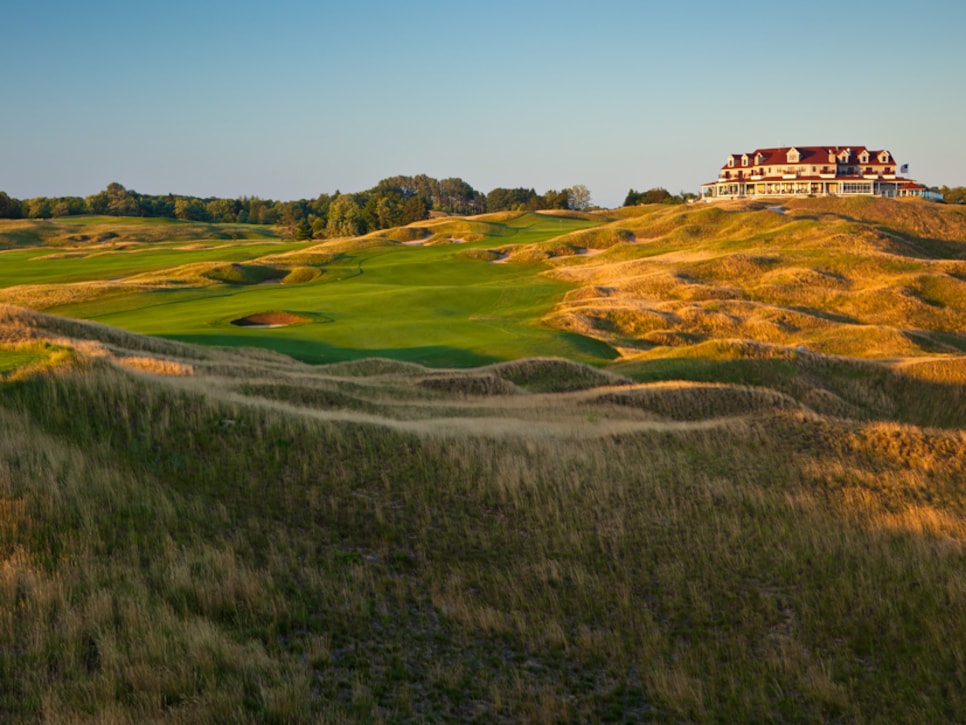

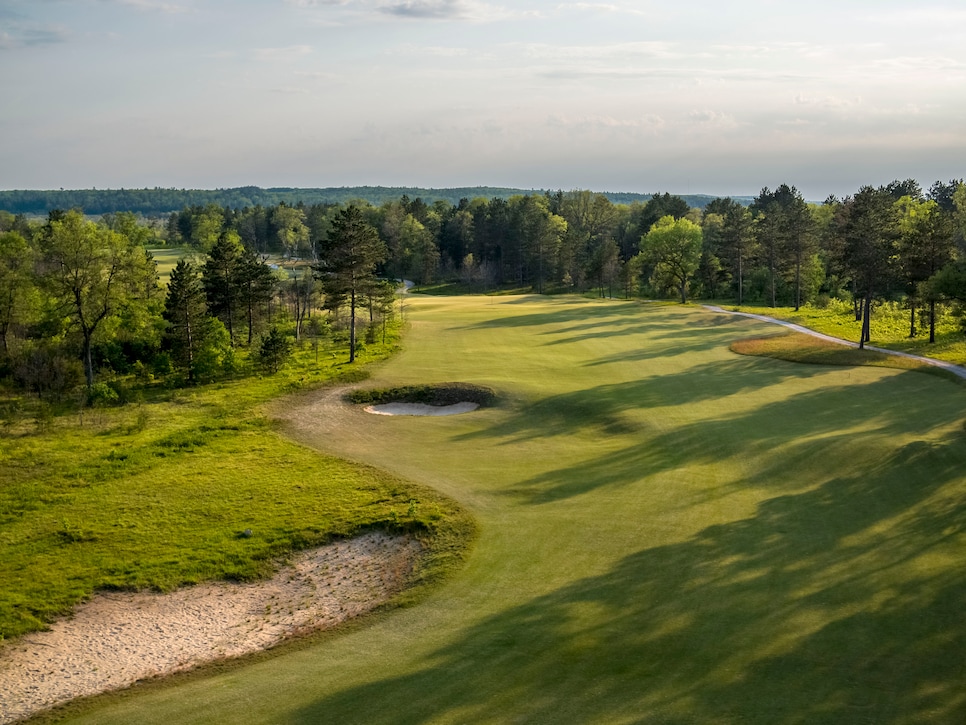

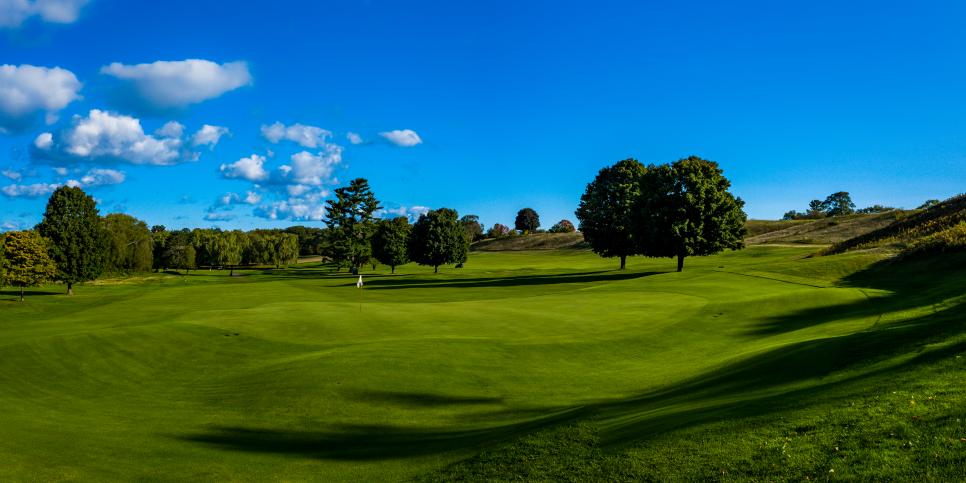
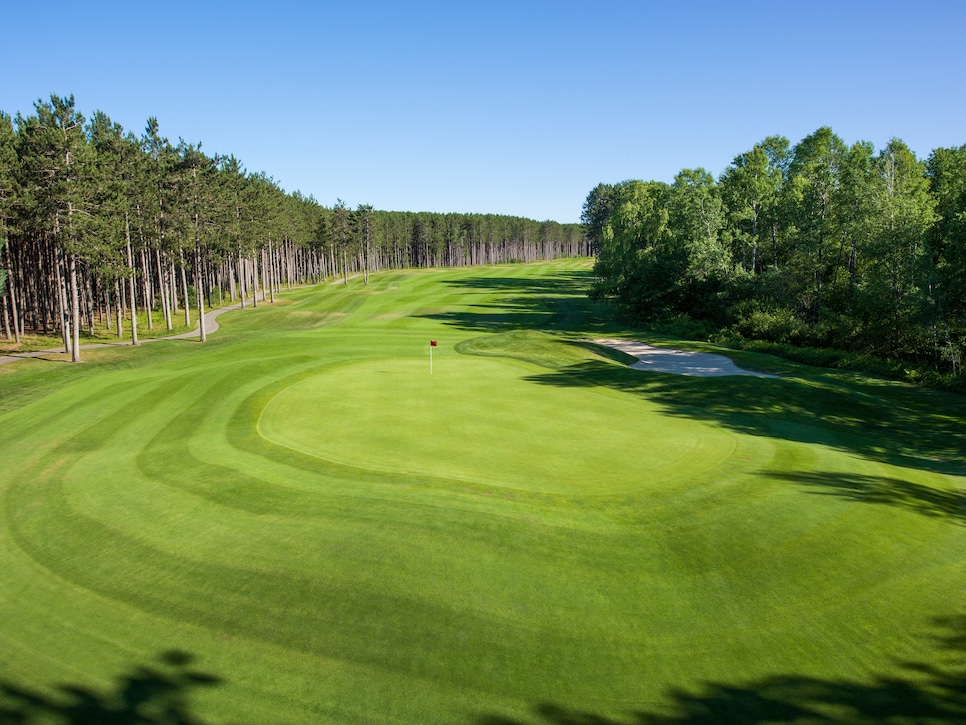
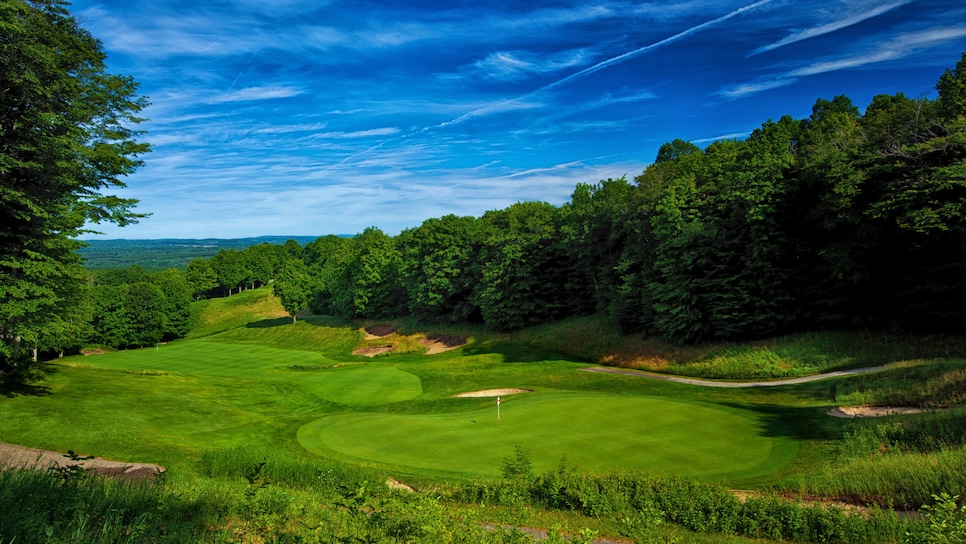

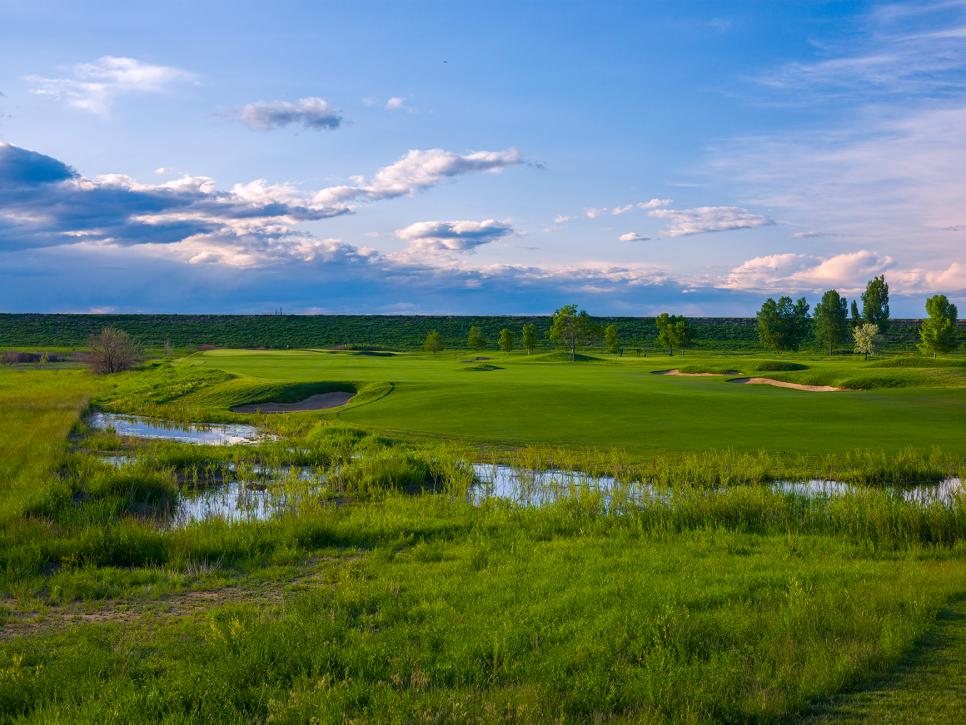


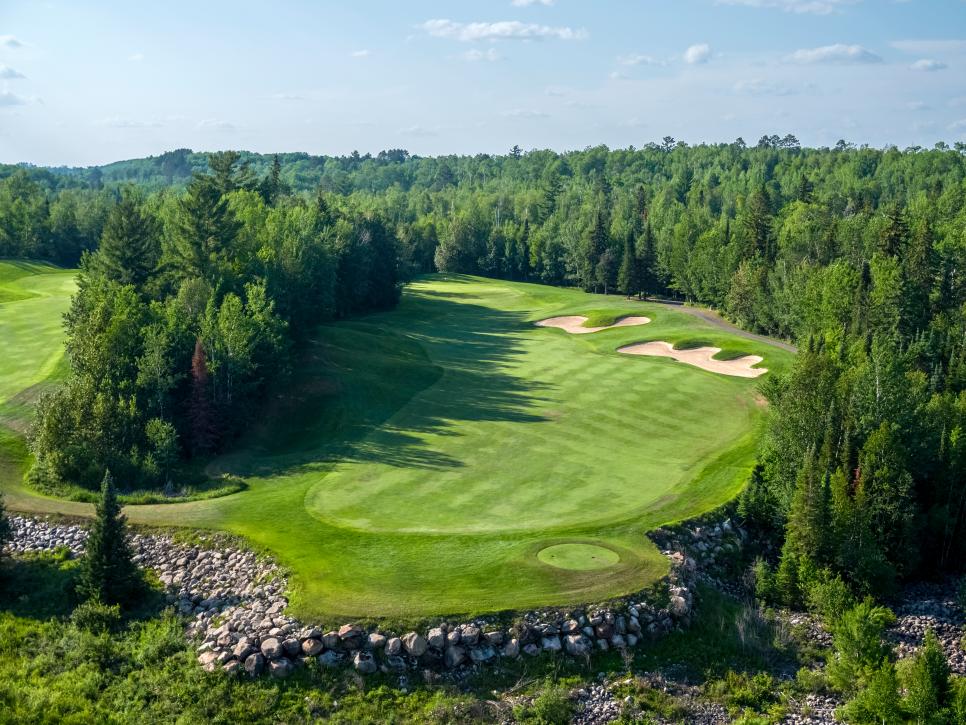
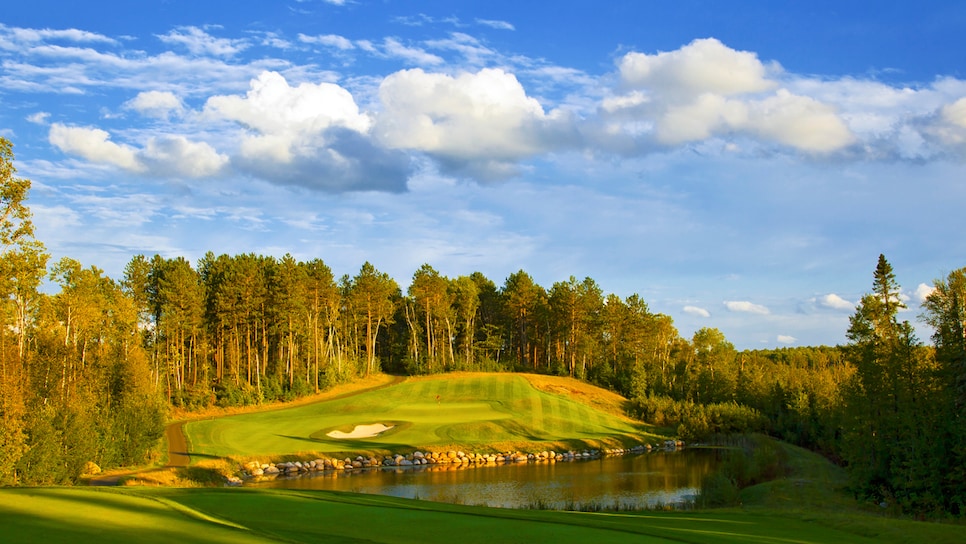
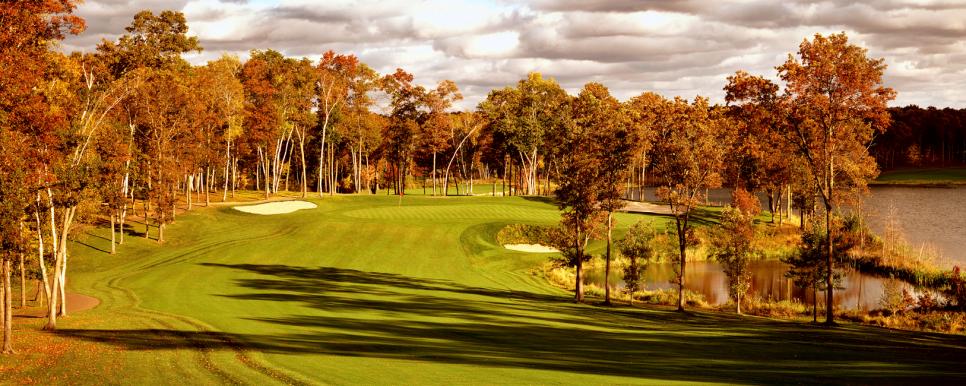
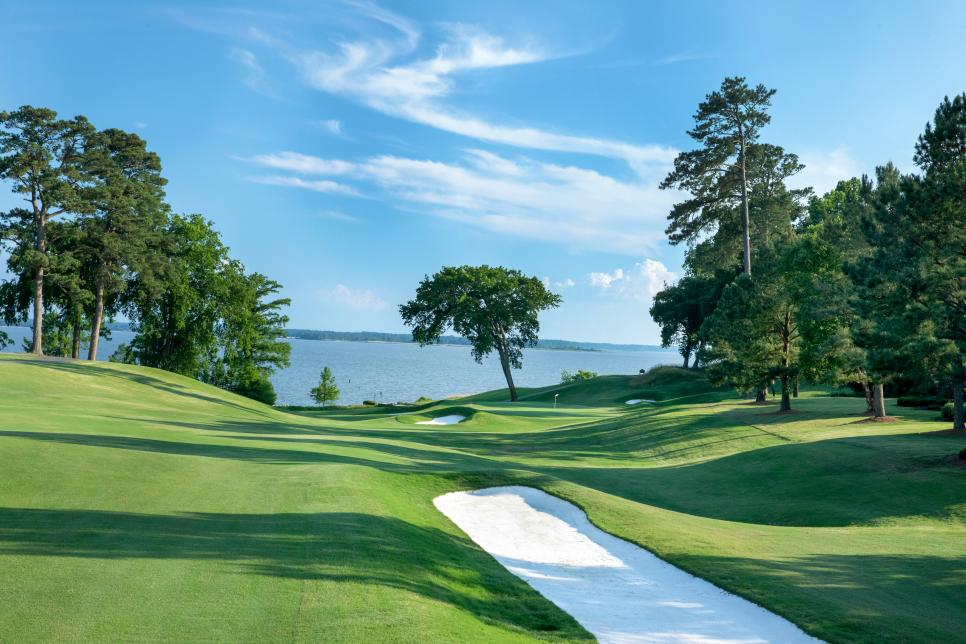
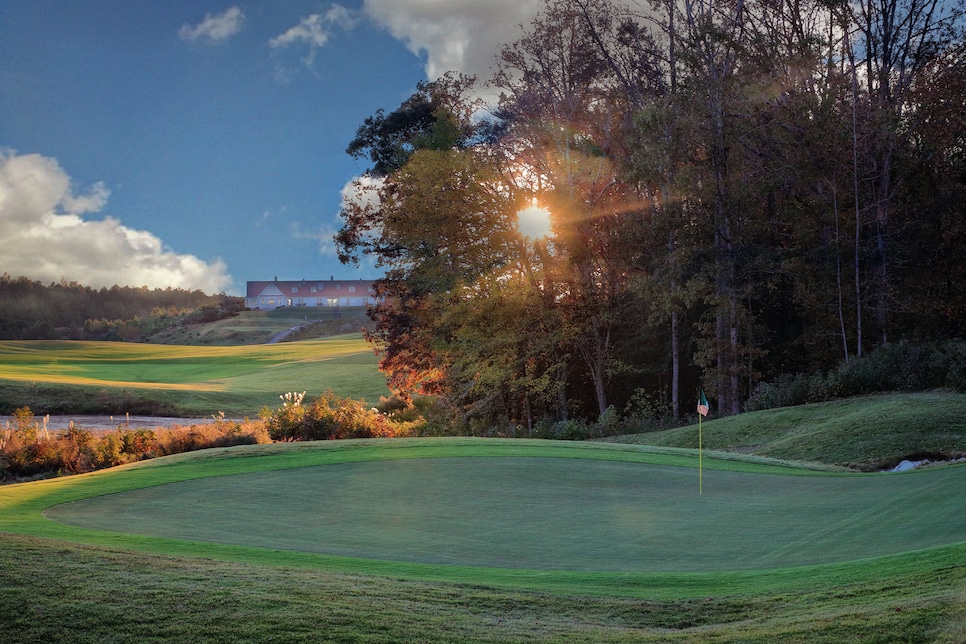
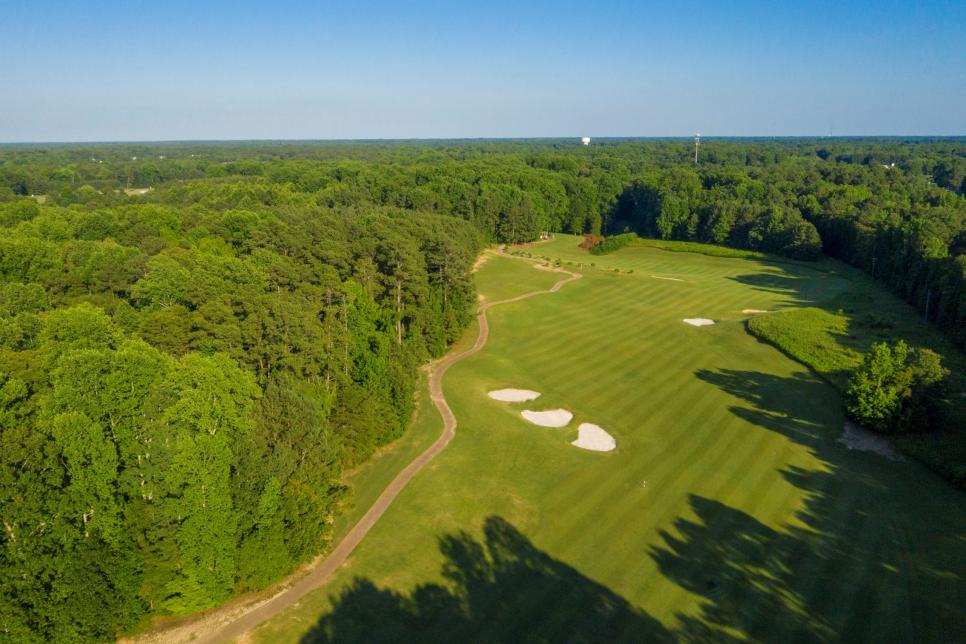
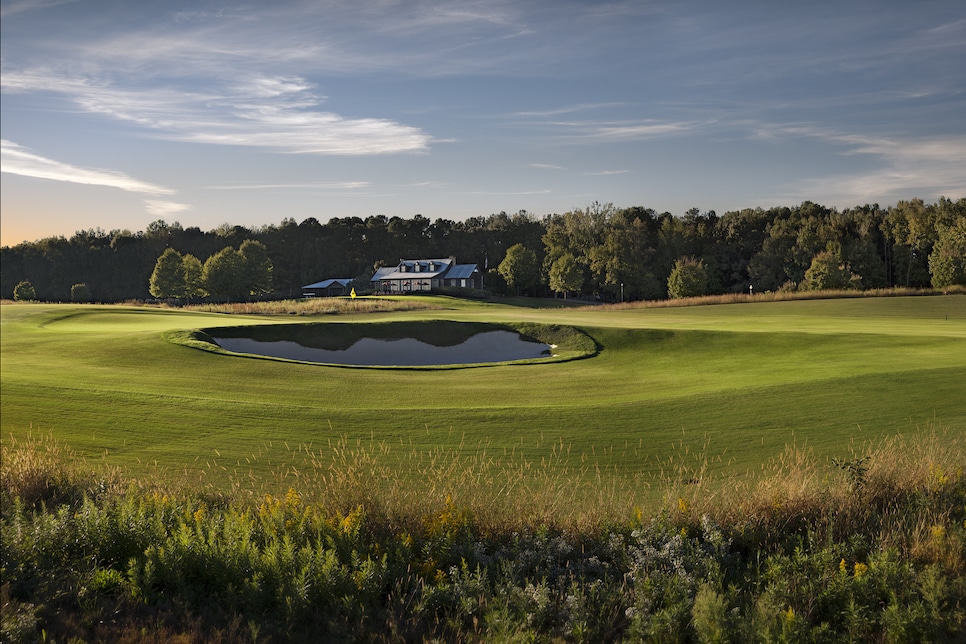


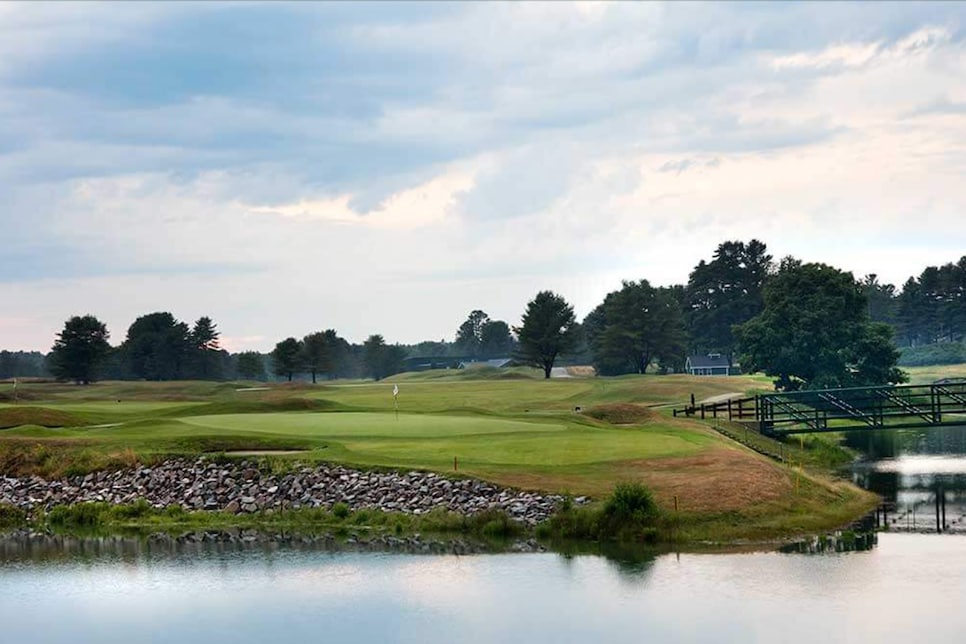
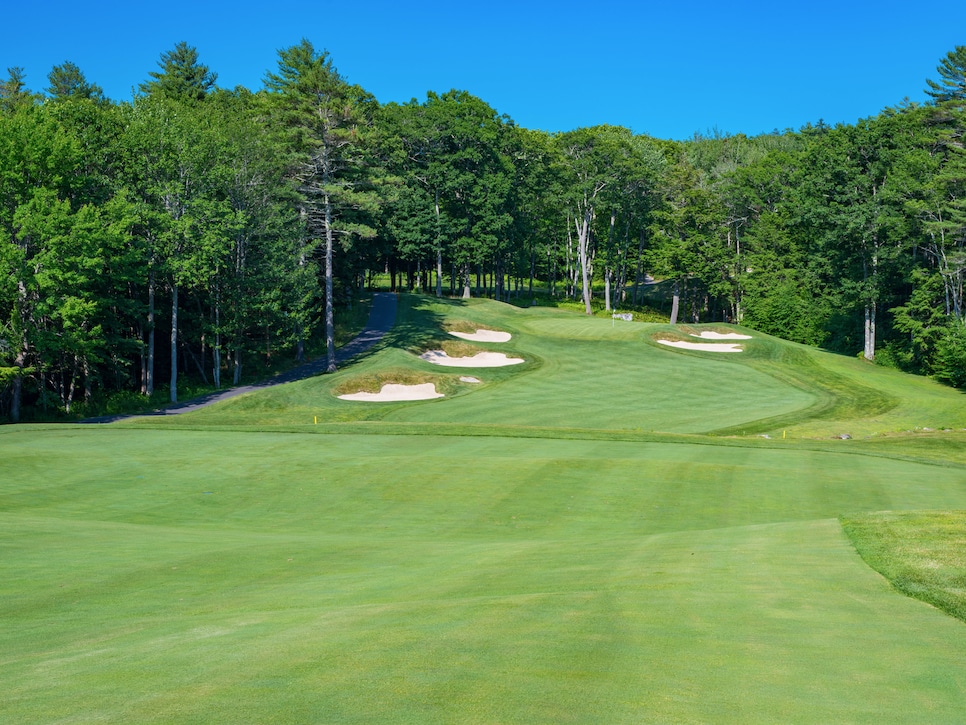
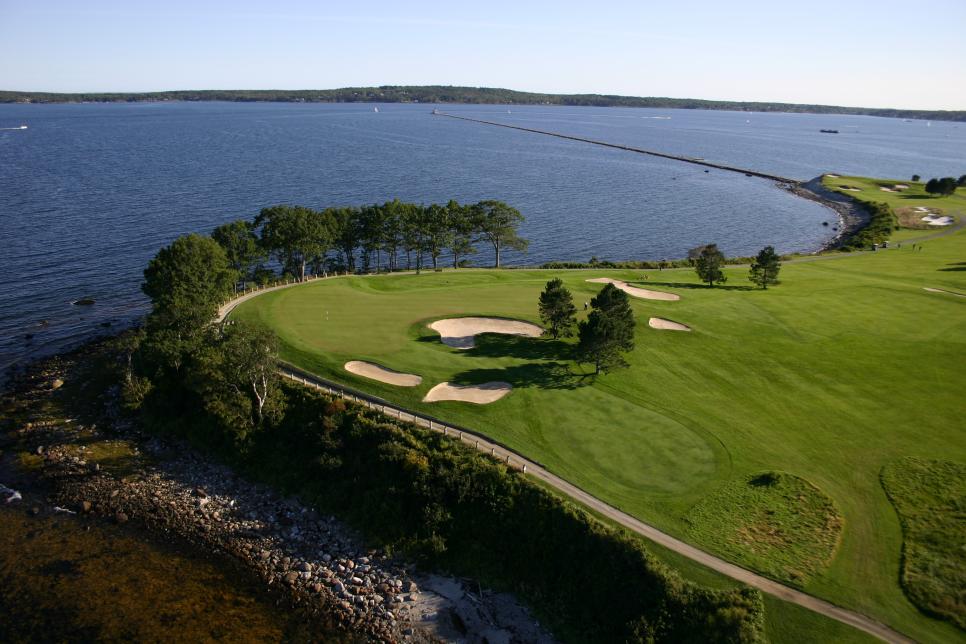



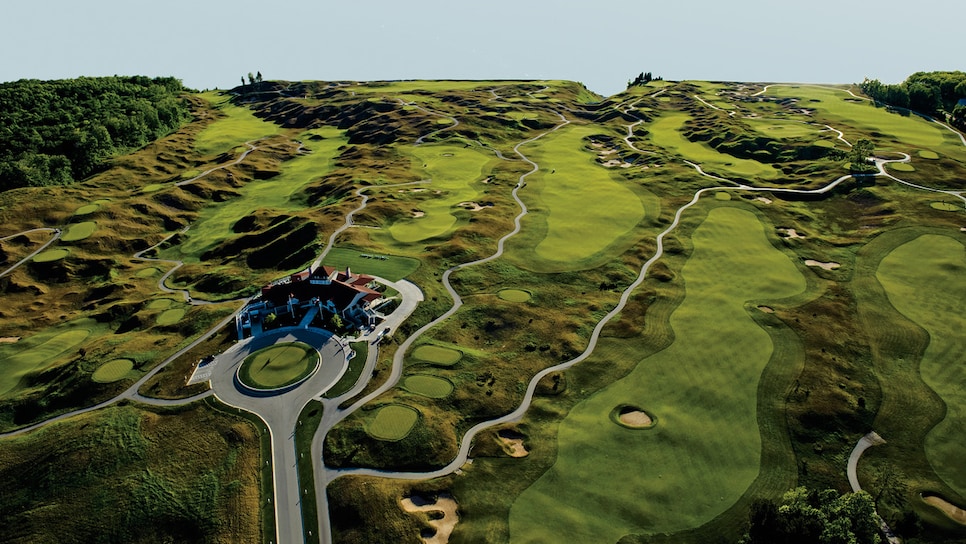
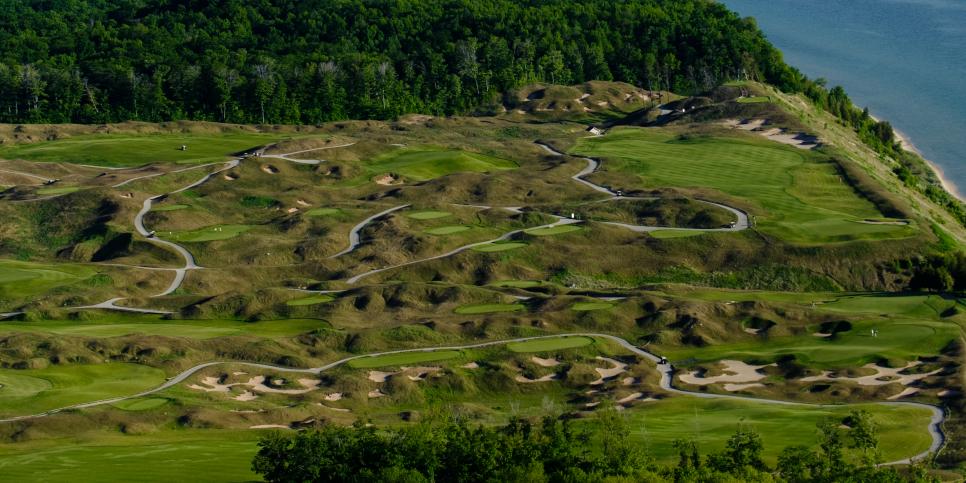
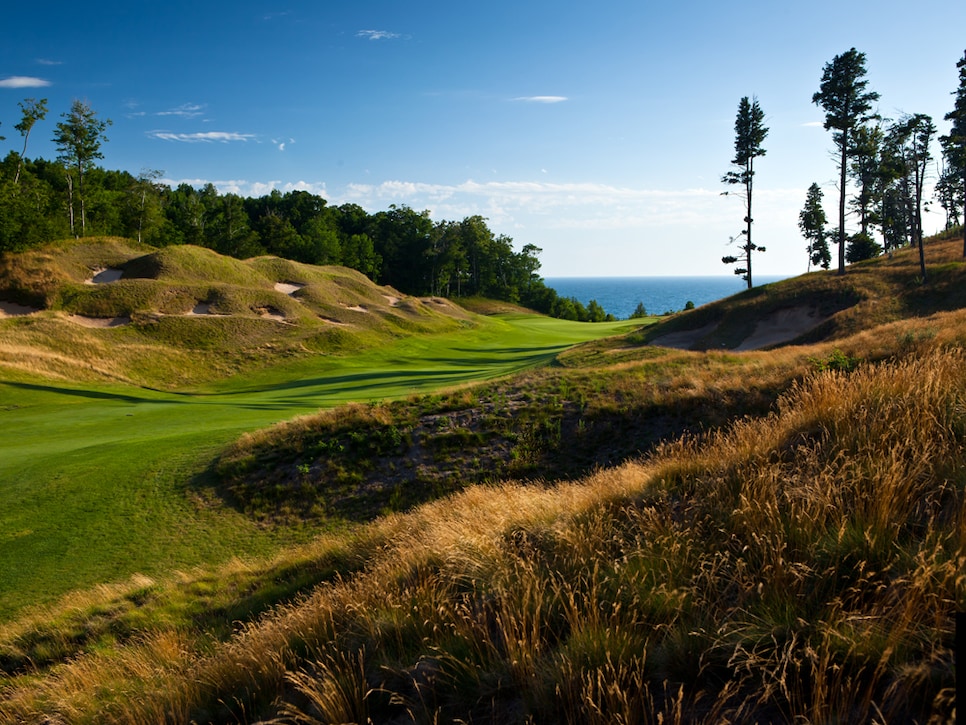
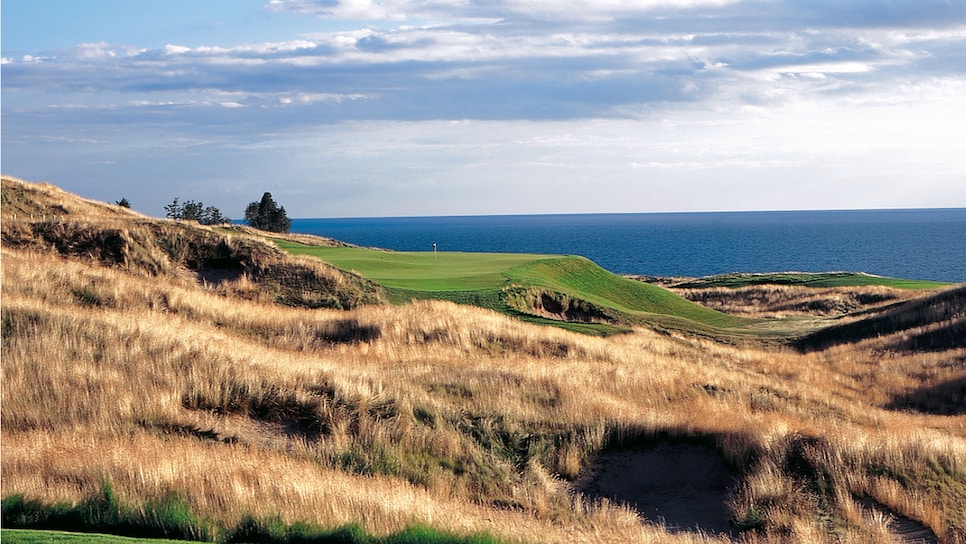
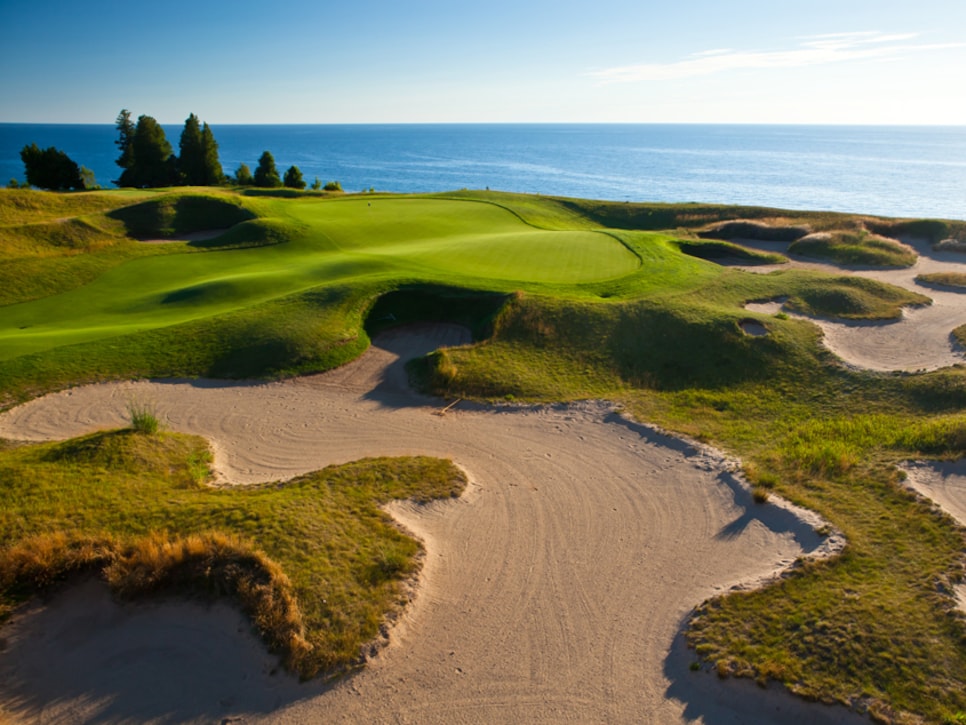
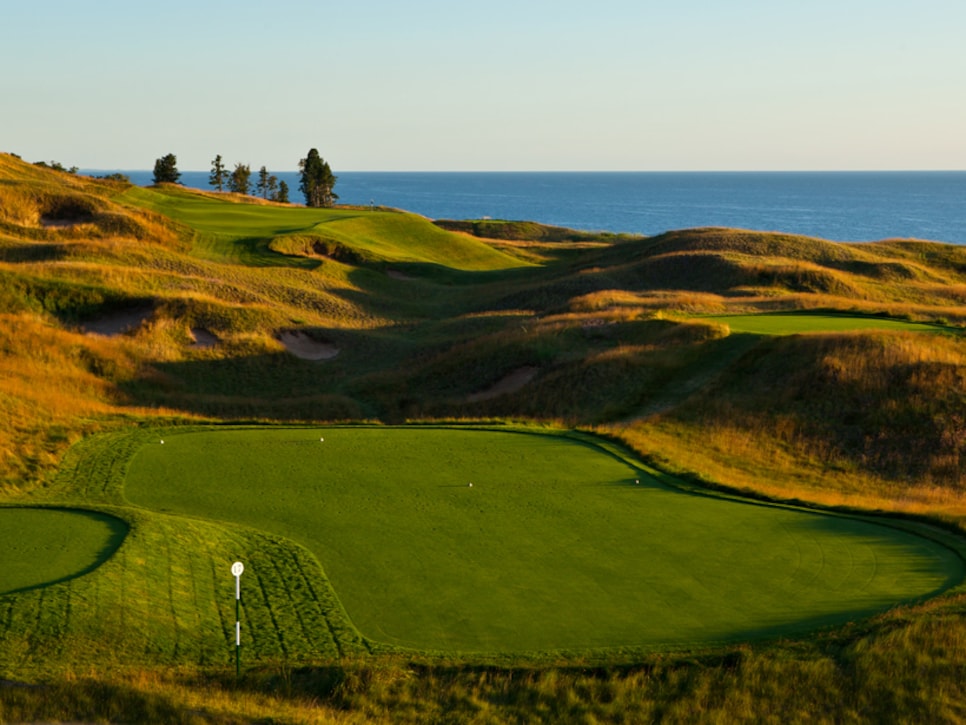
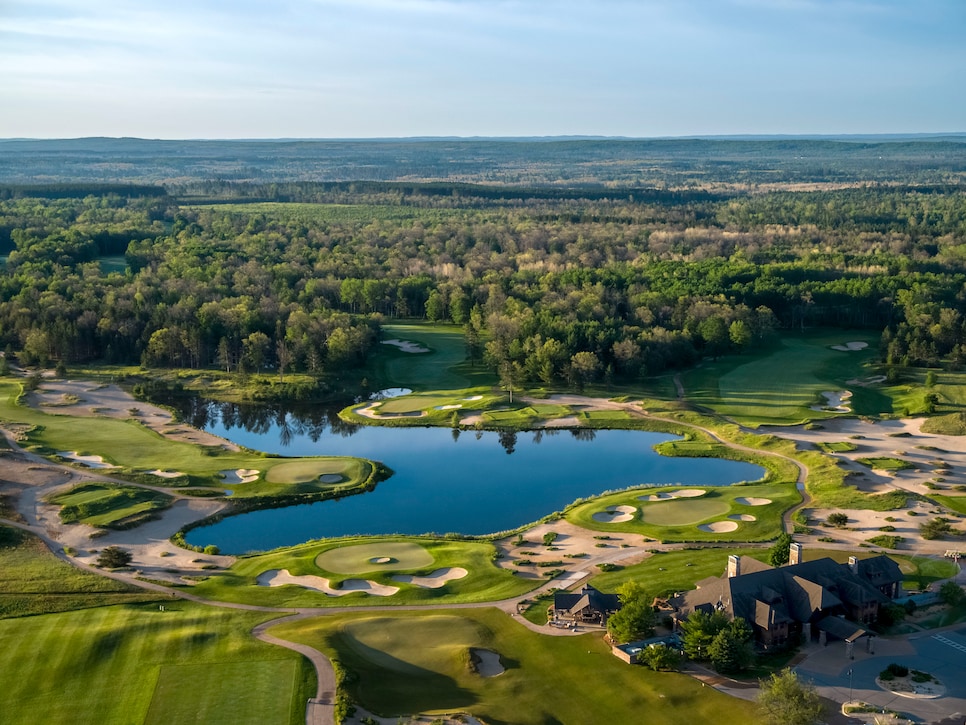
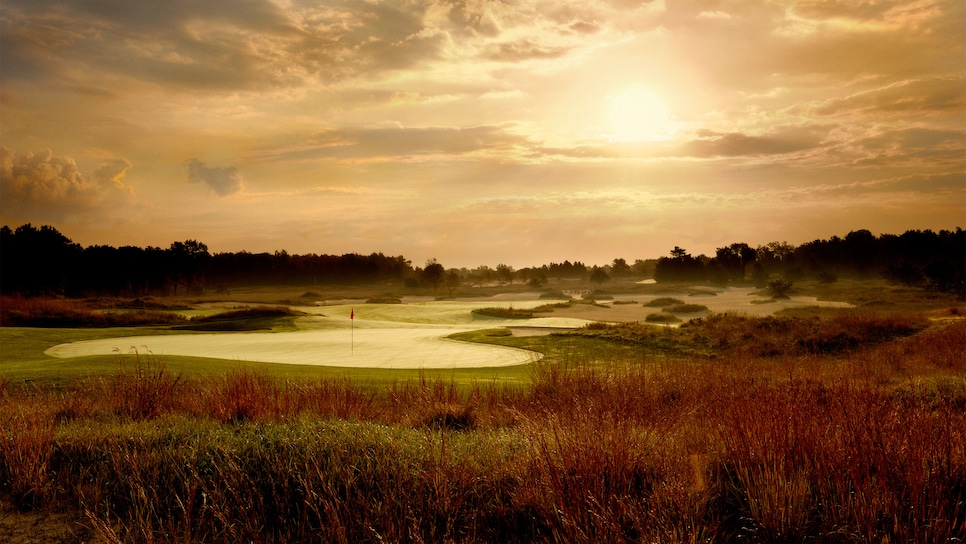
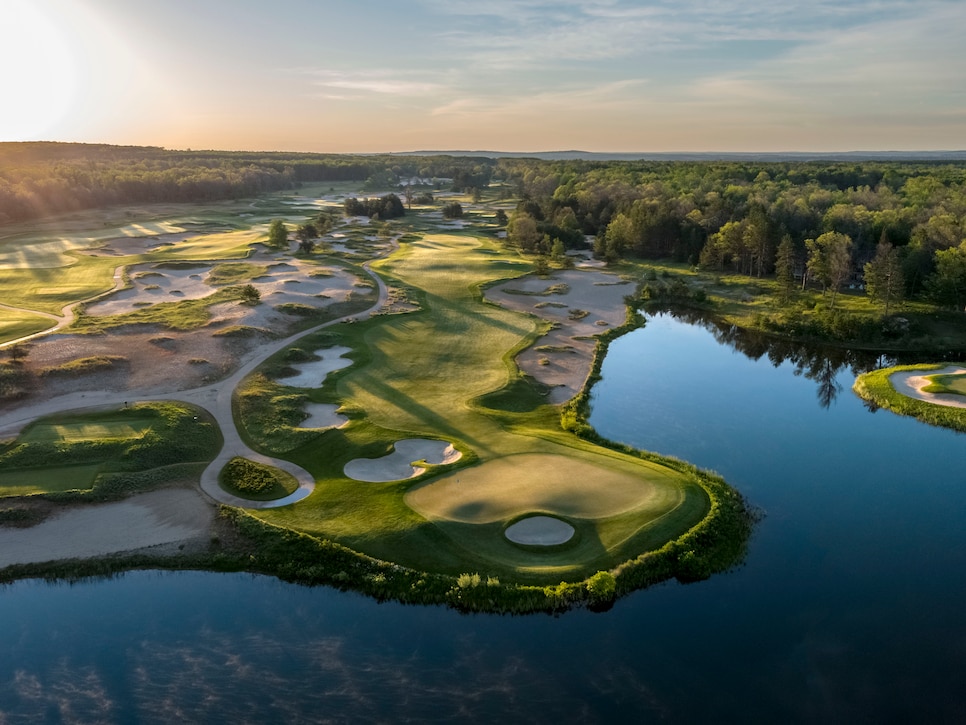
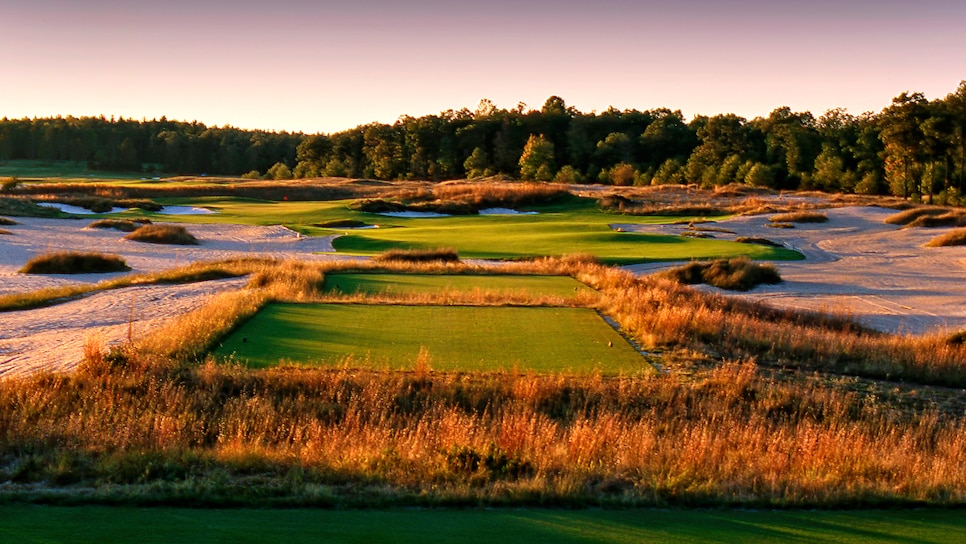
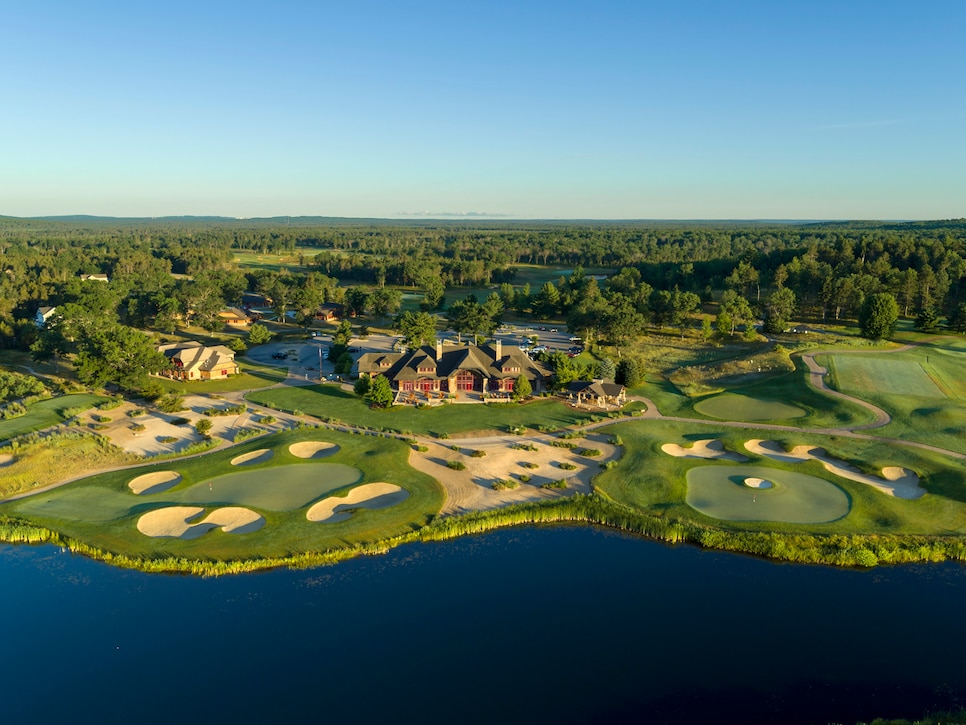
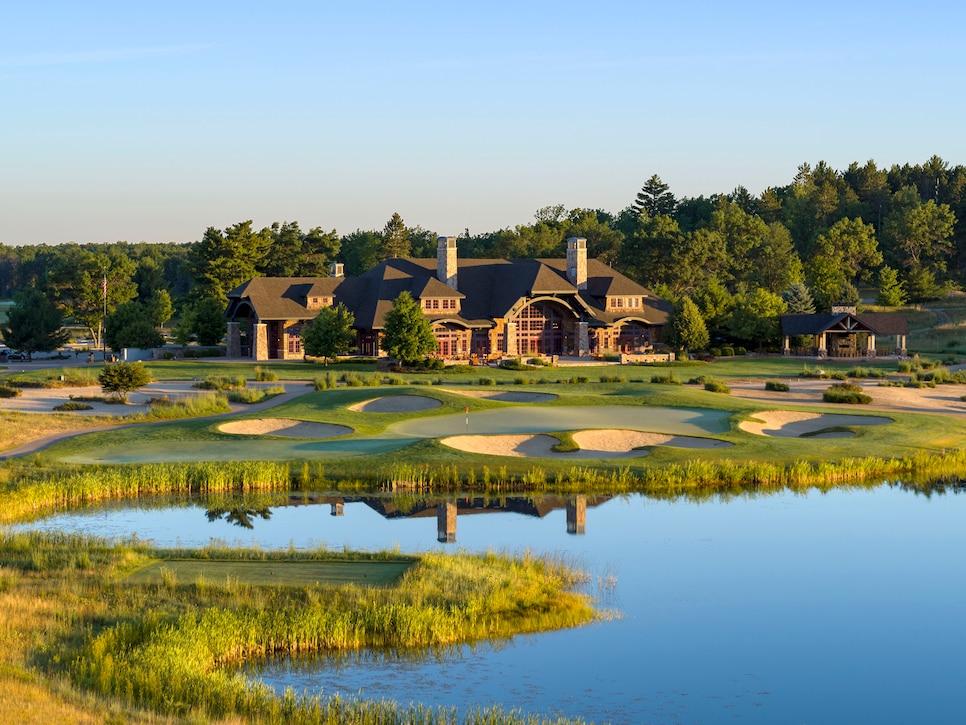

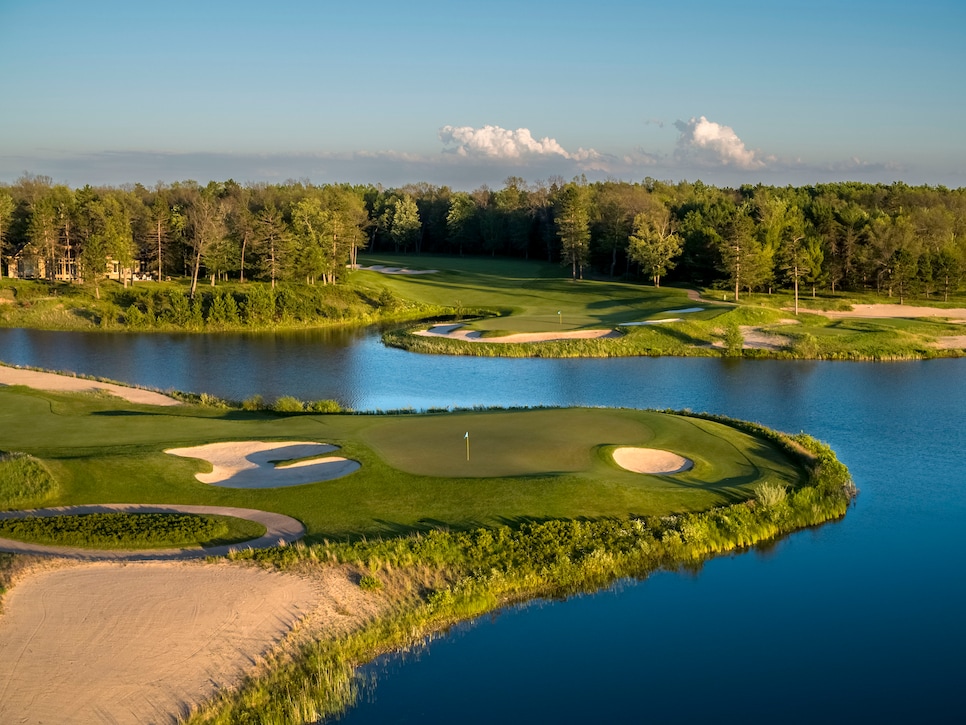
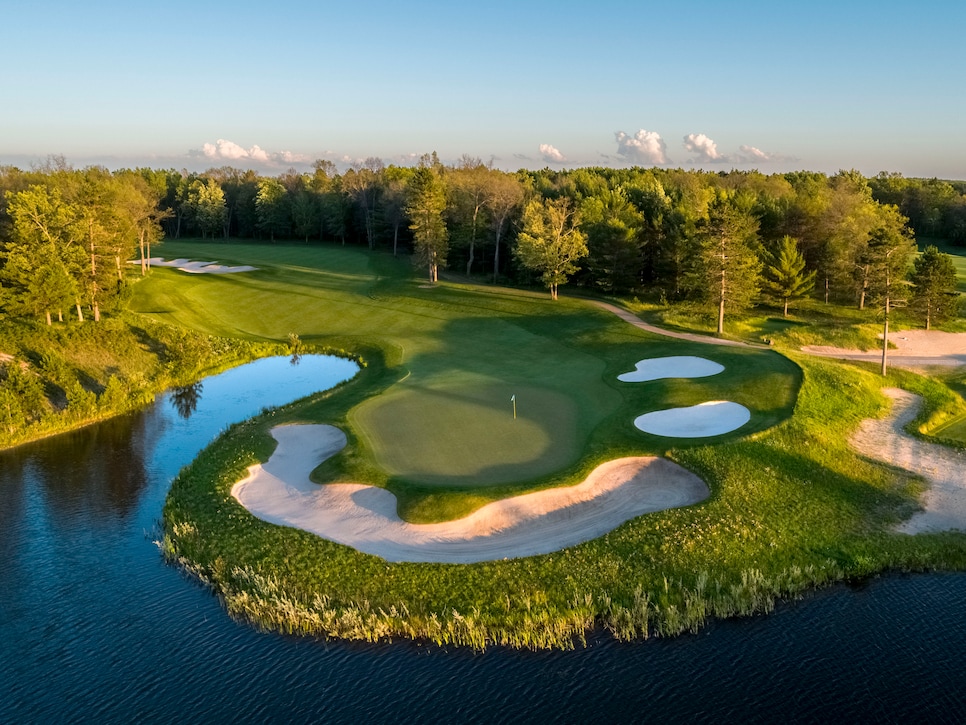
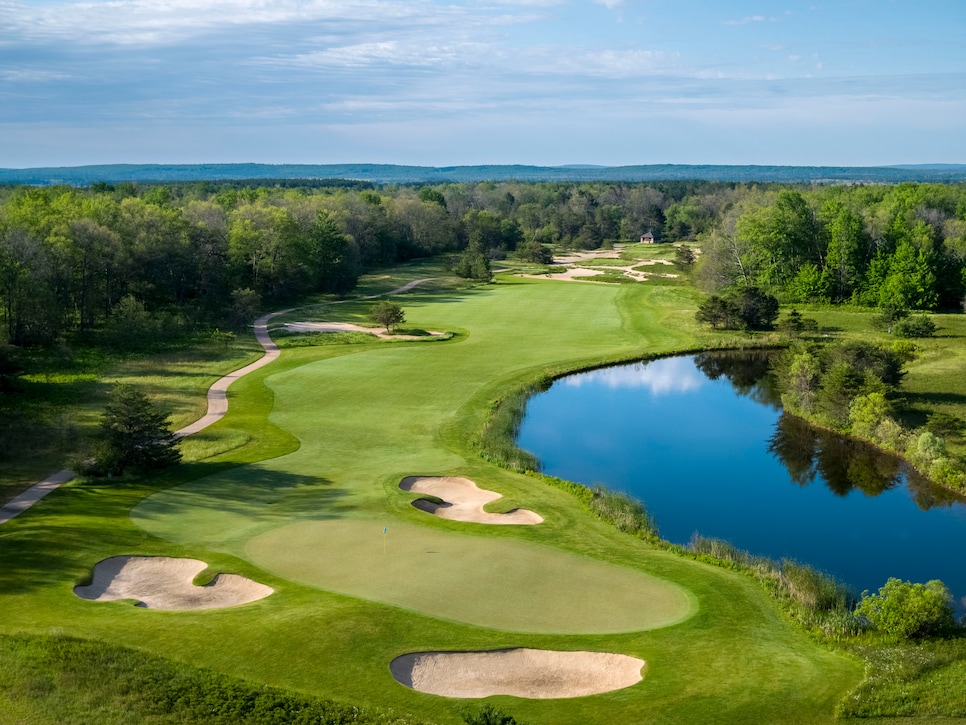
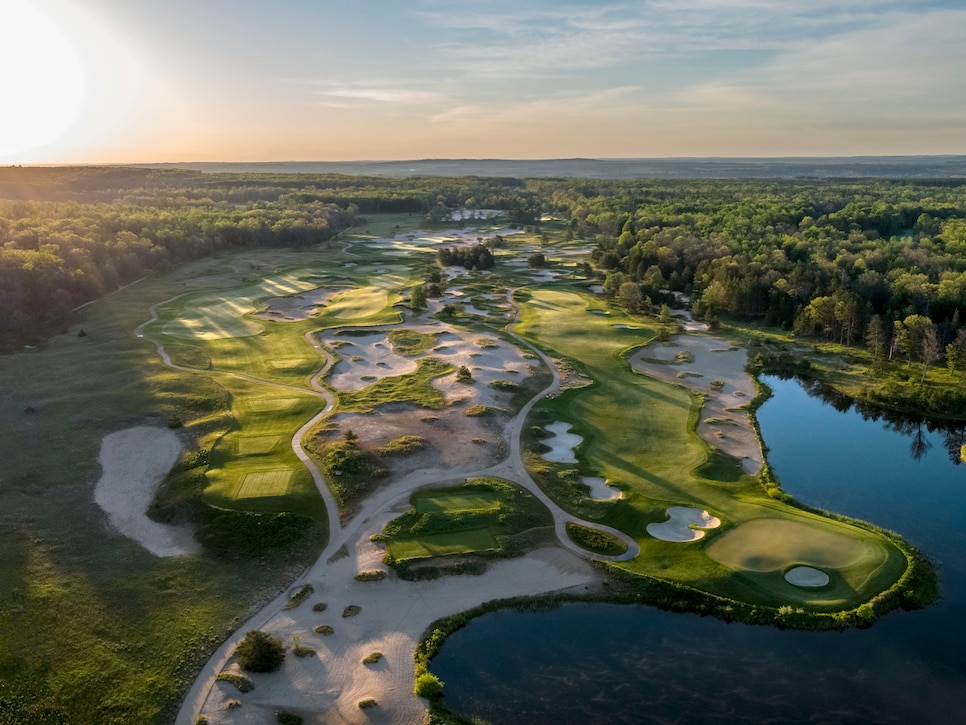
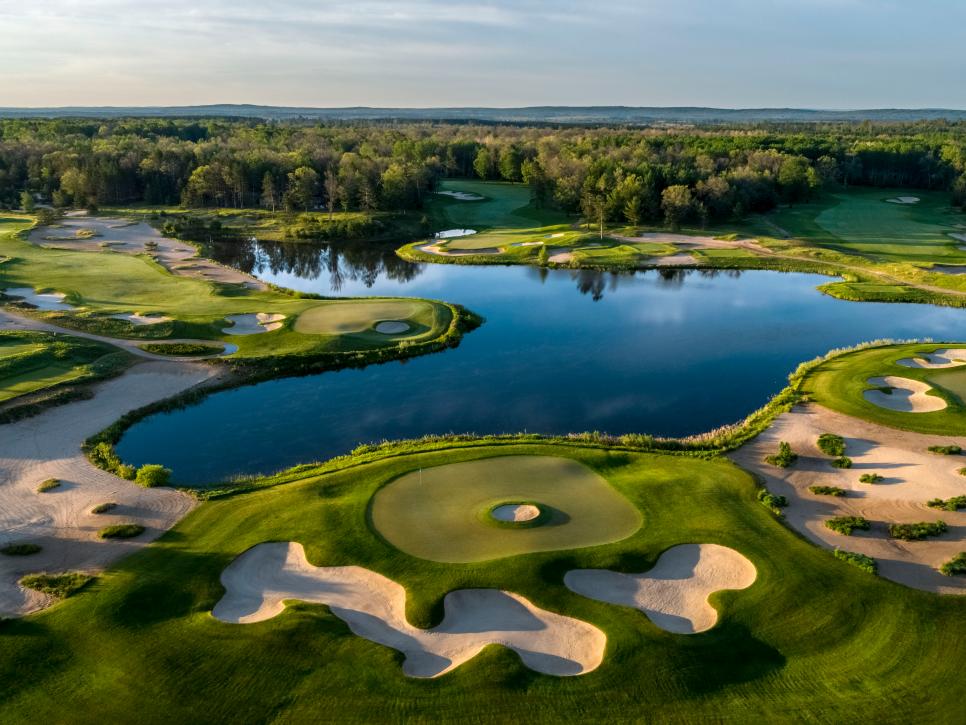
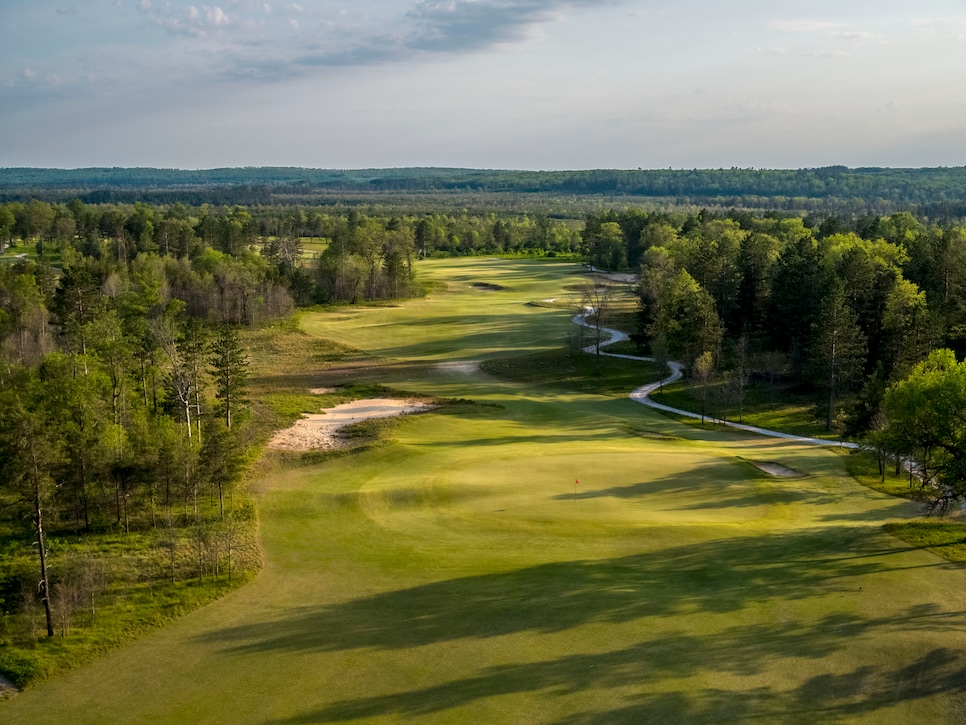
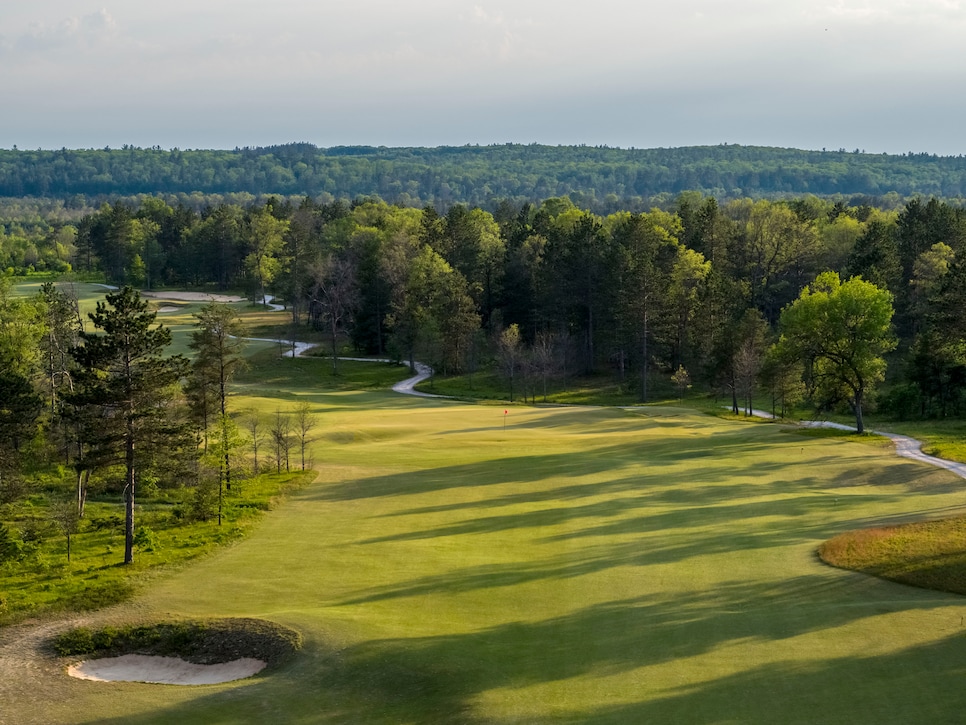
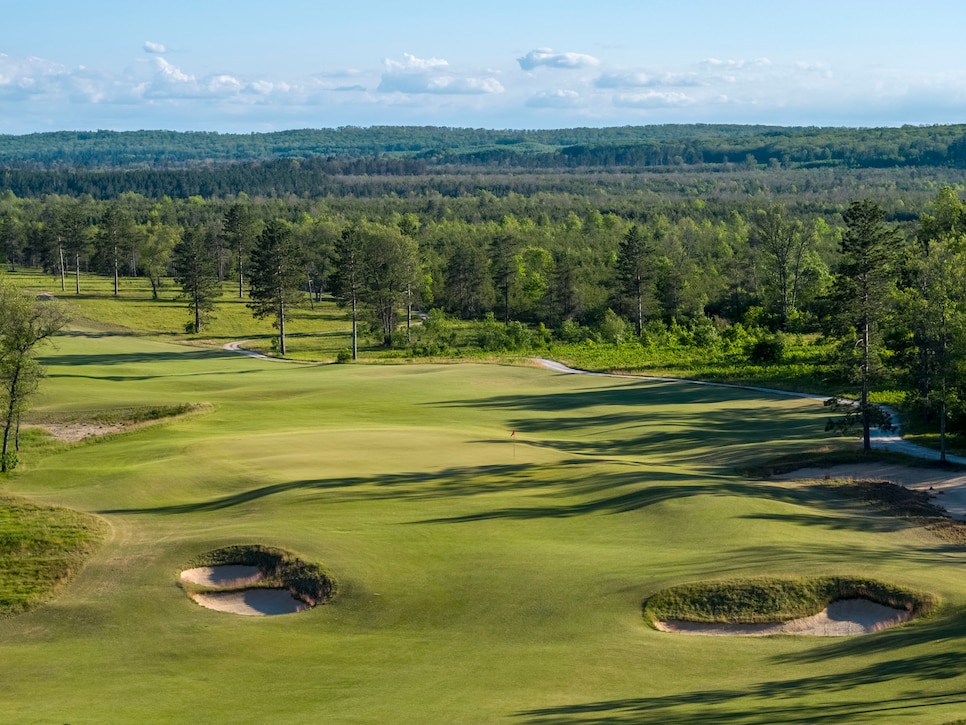
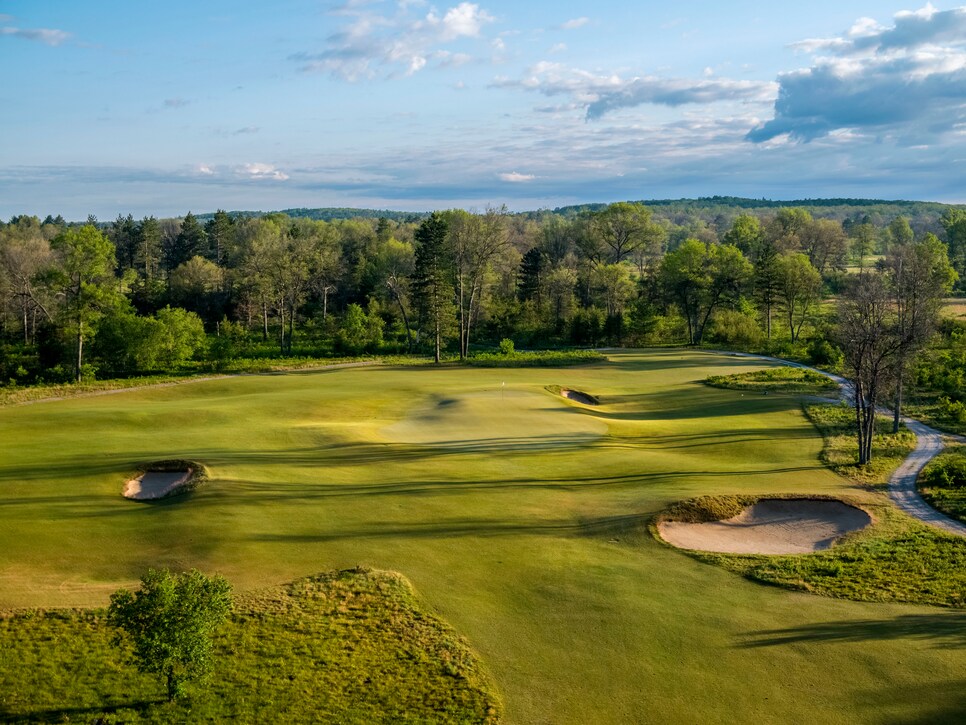
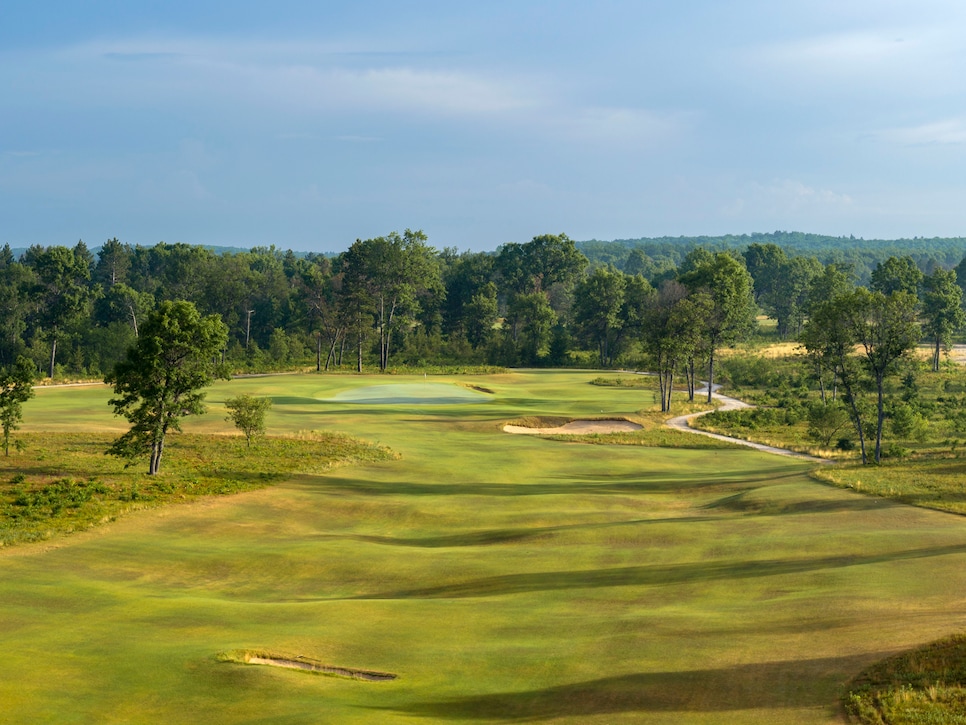
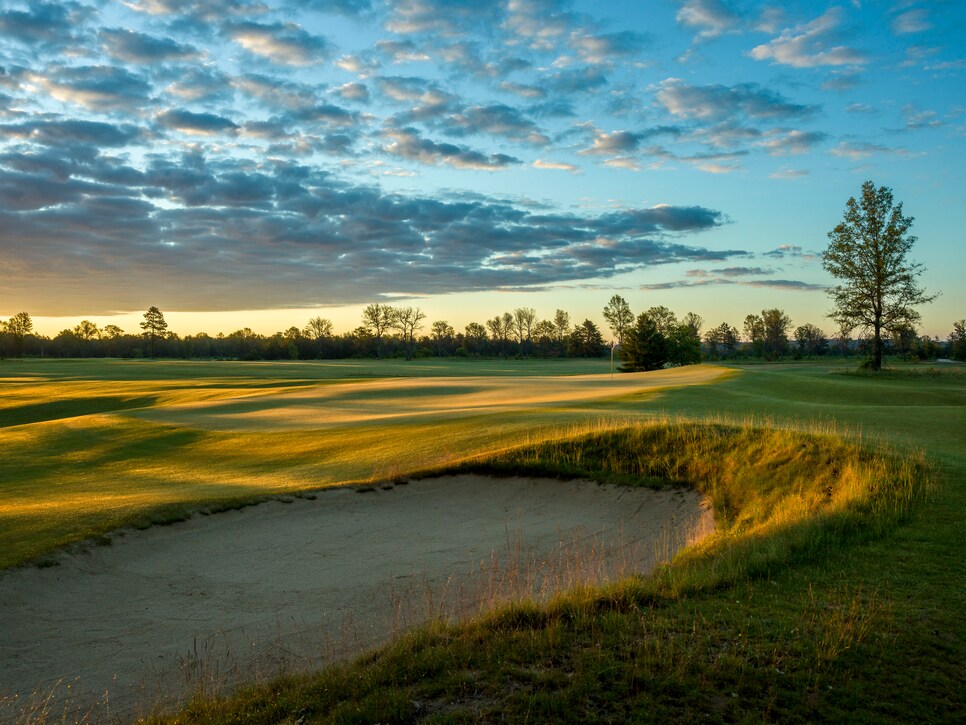
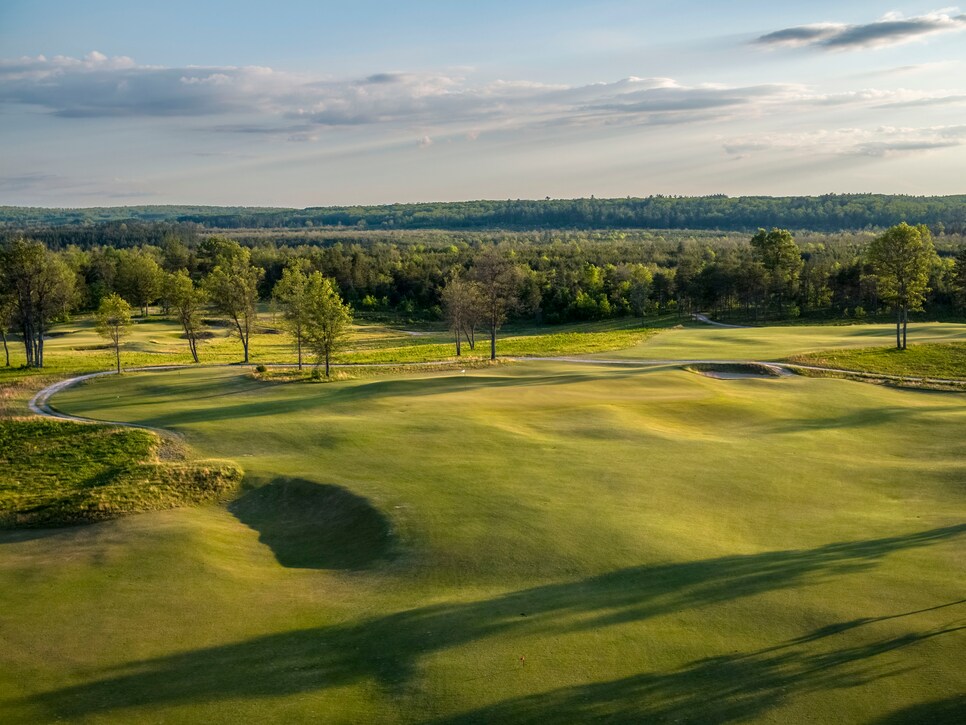
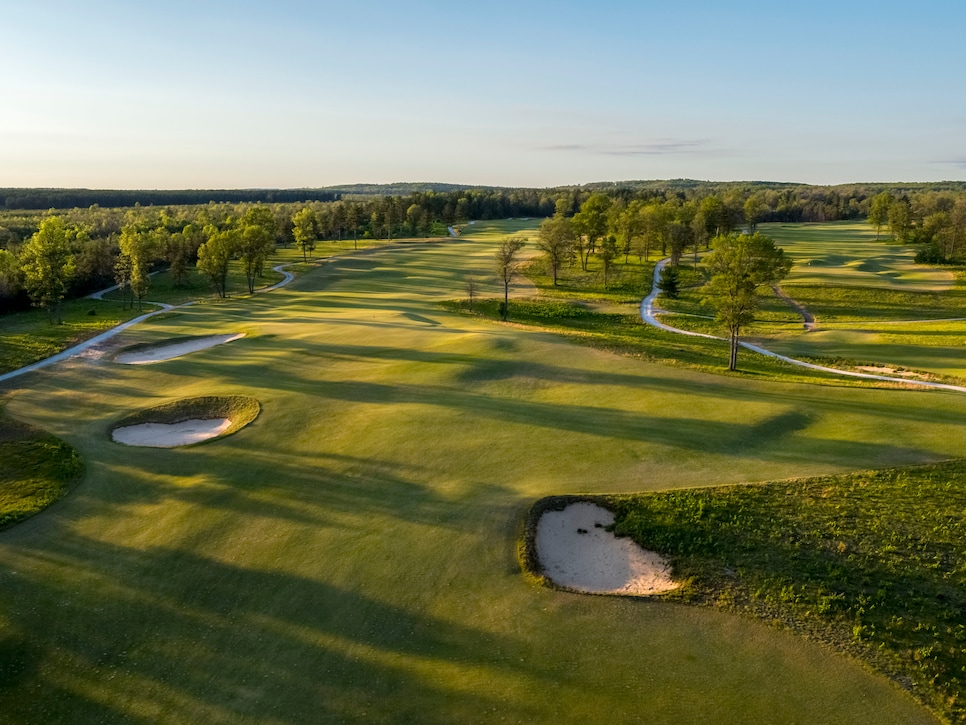
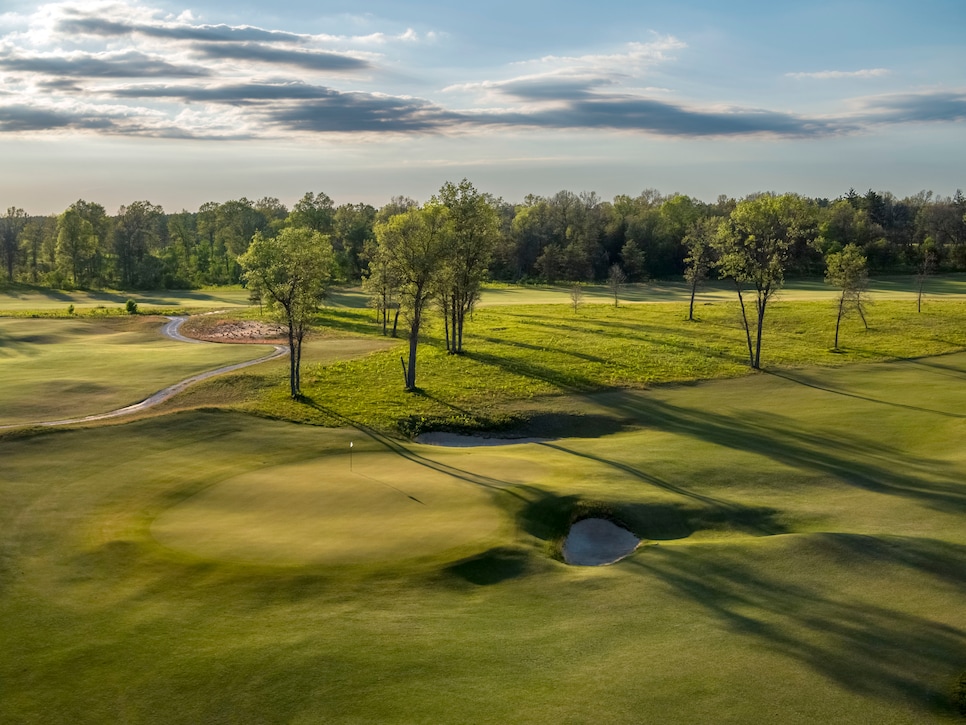
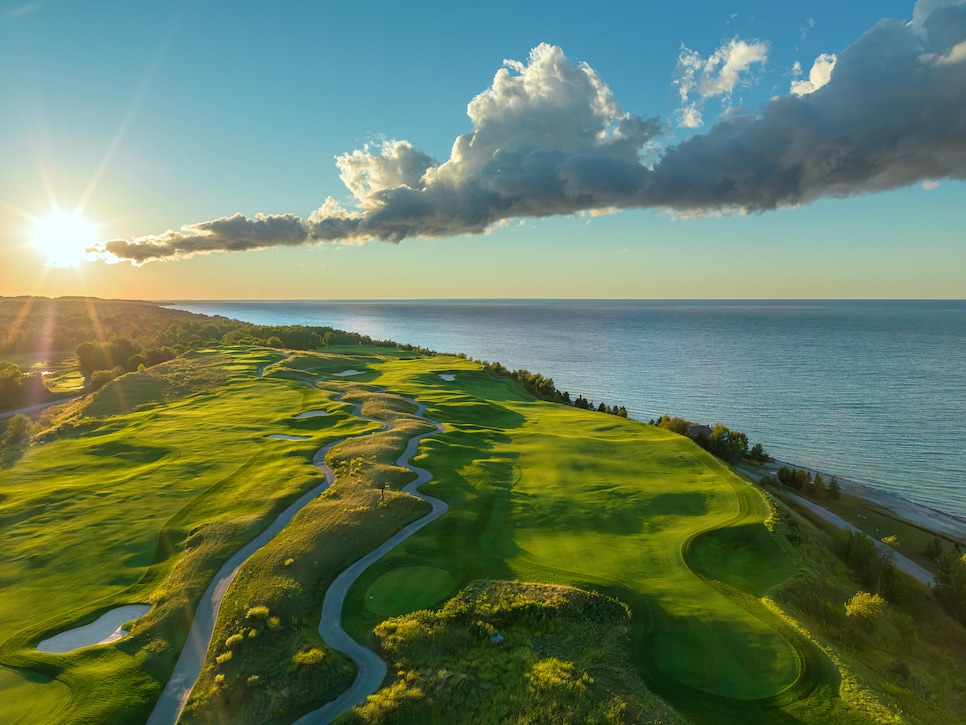
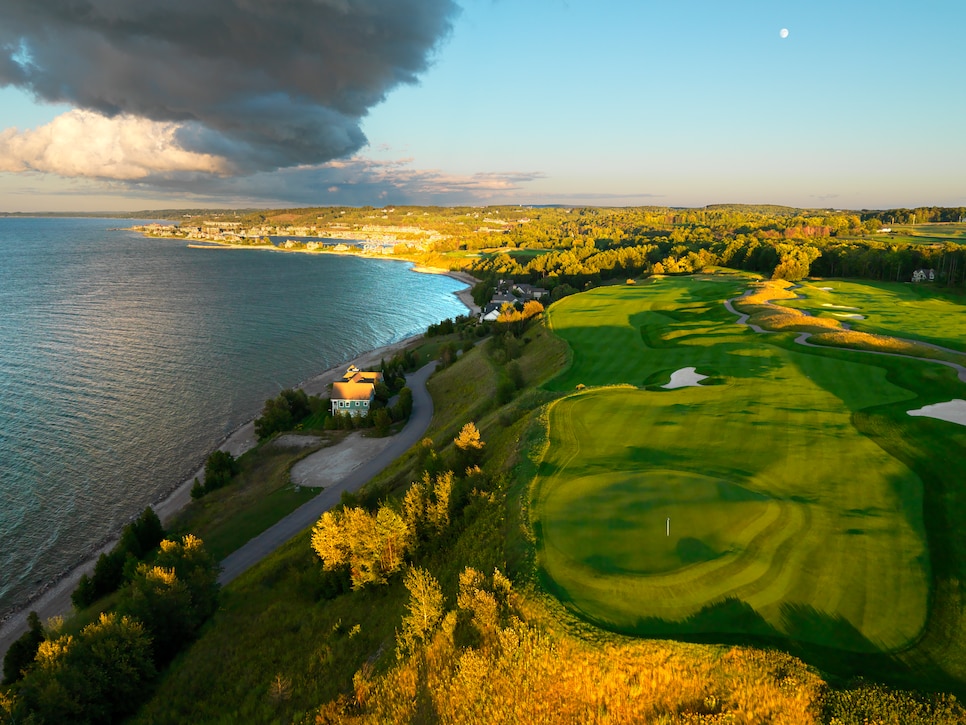

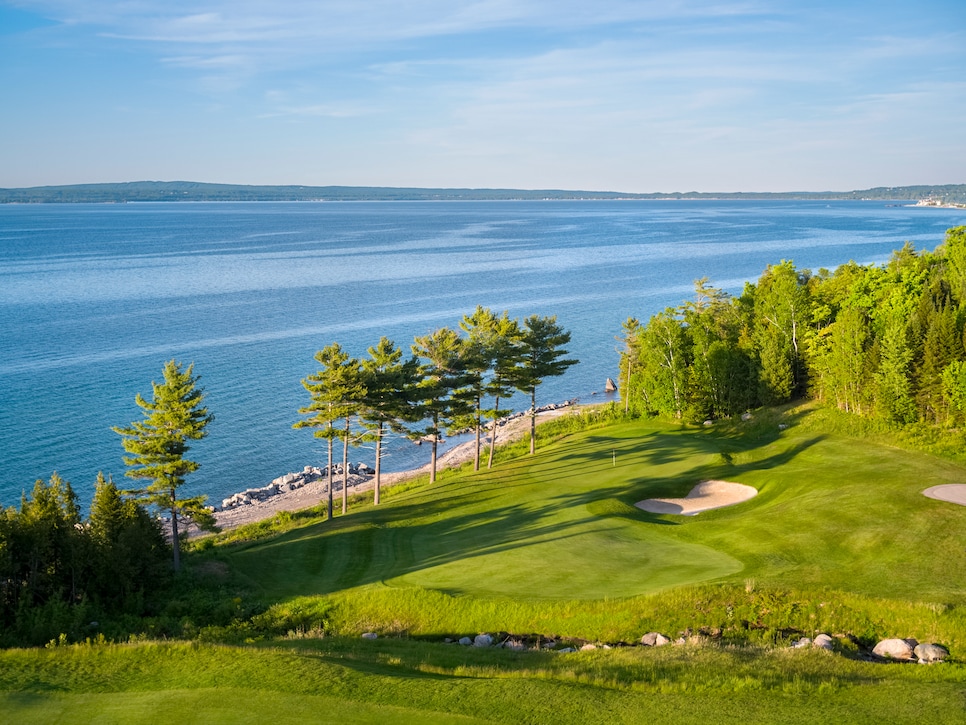
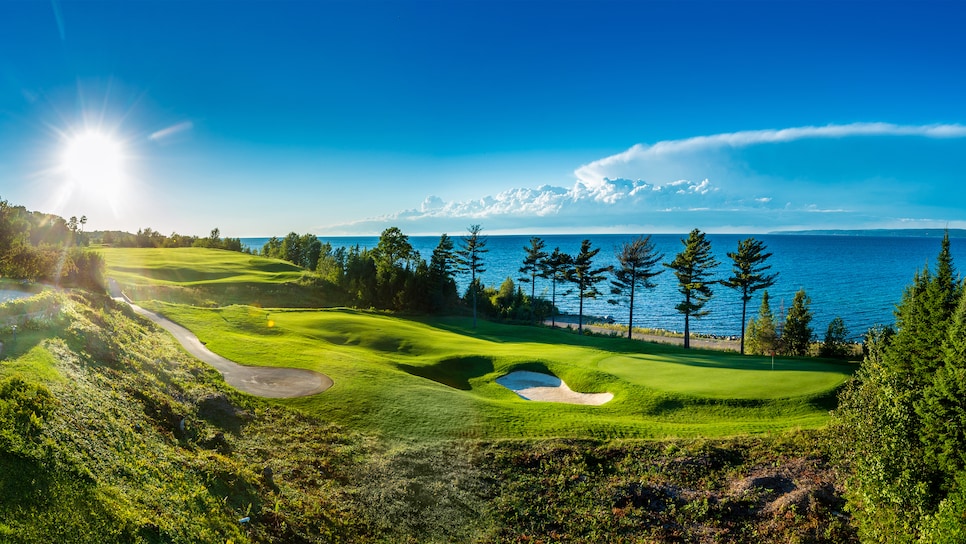
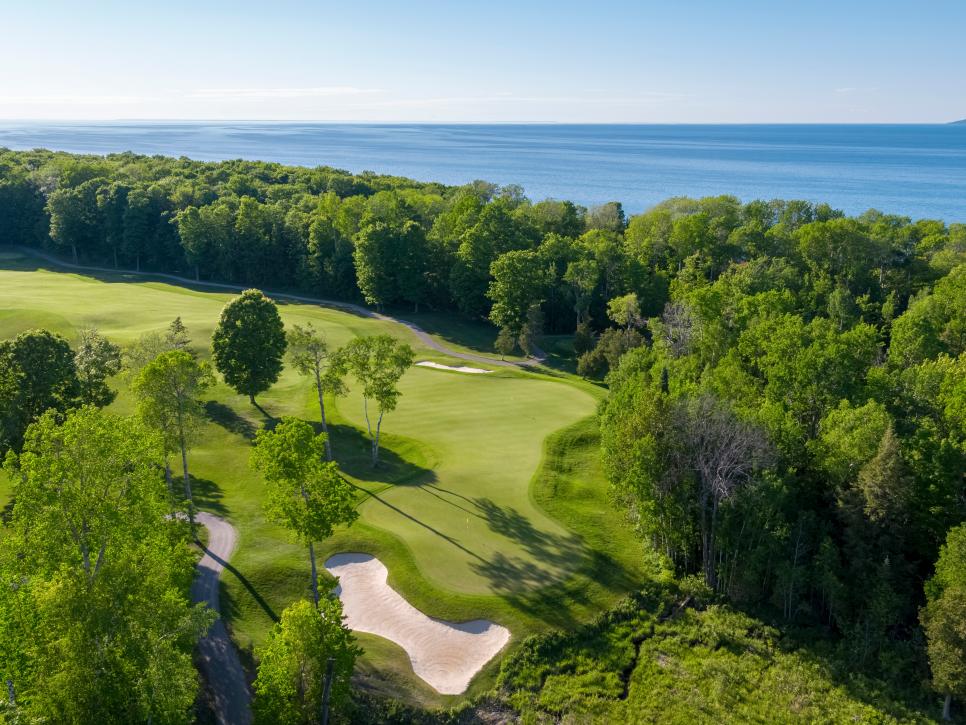
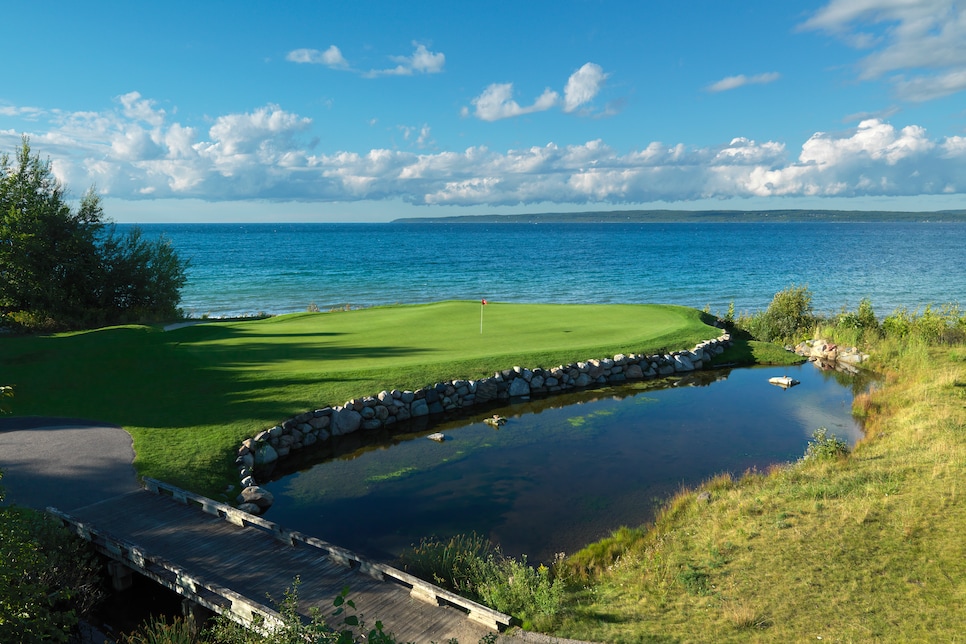
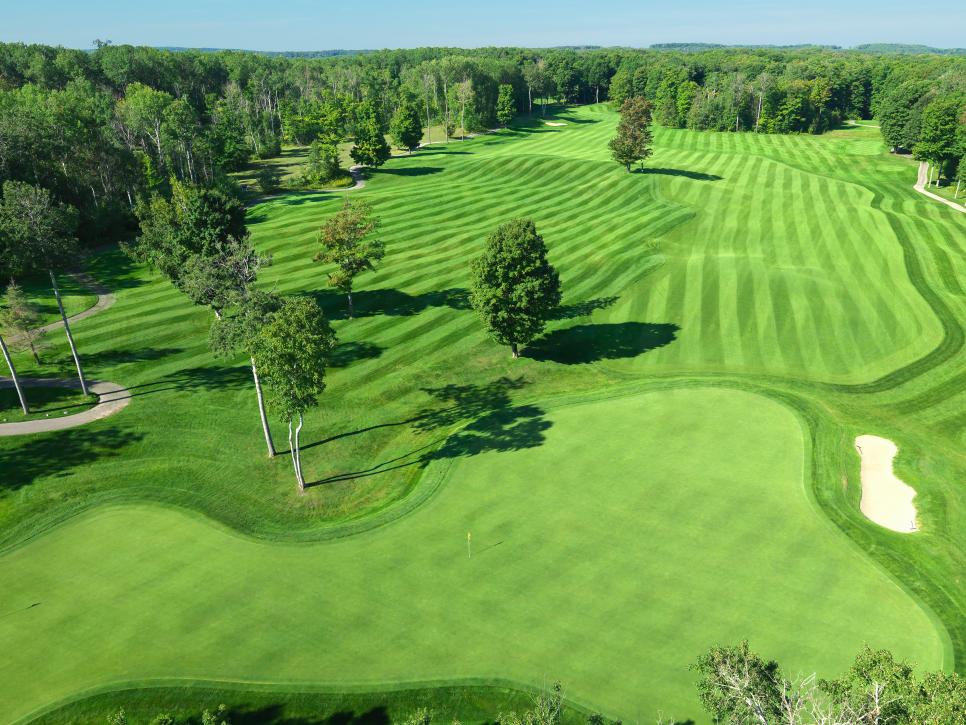
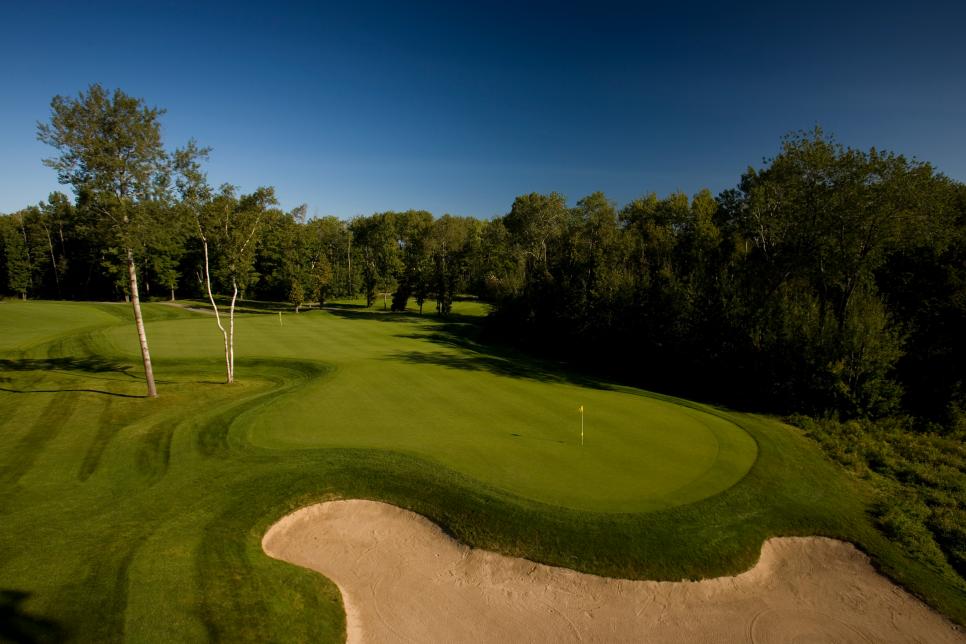
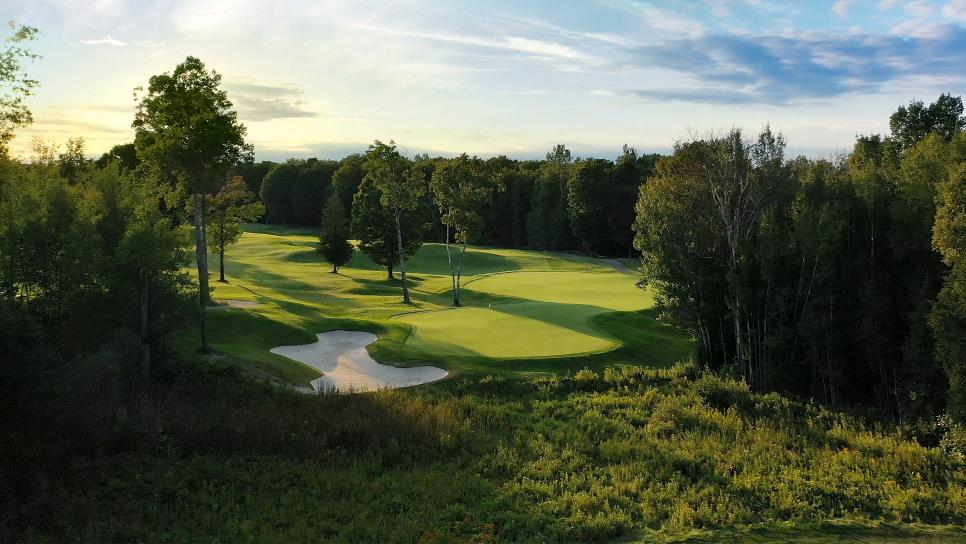
.jpg.rend.hgtvcom.966.644.suffix/1653909255033.jpeg)

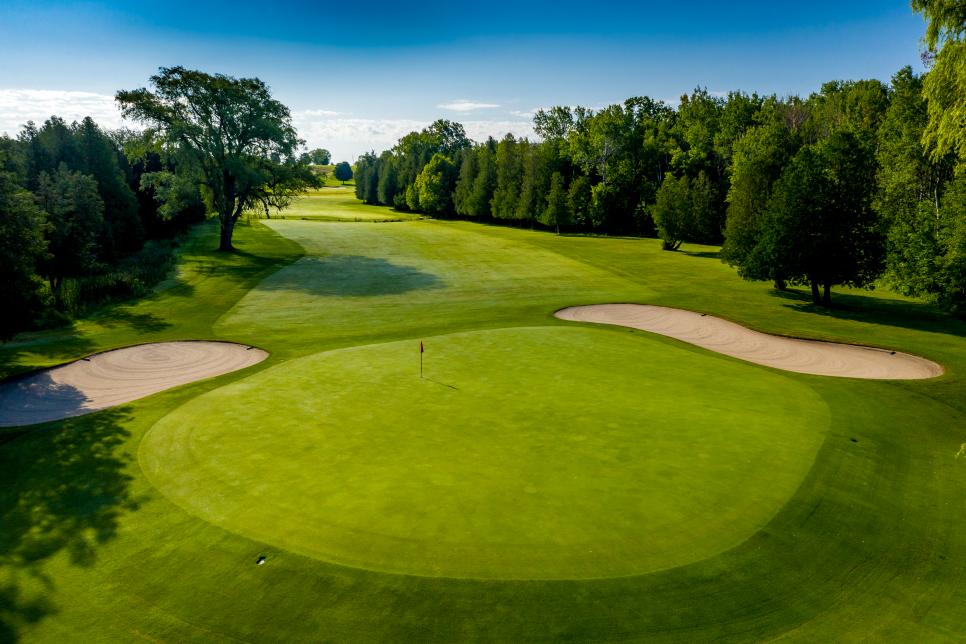
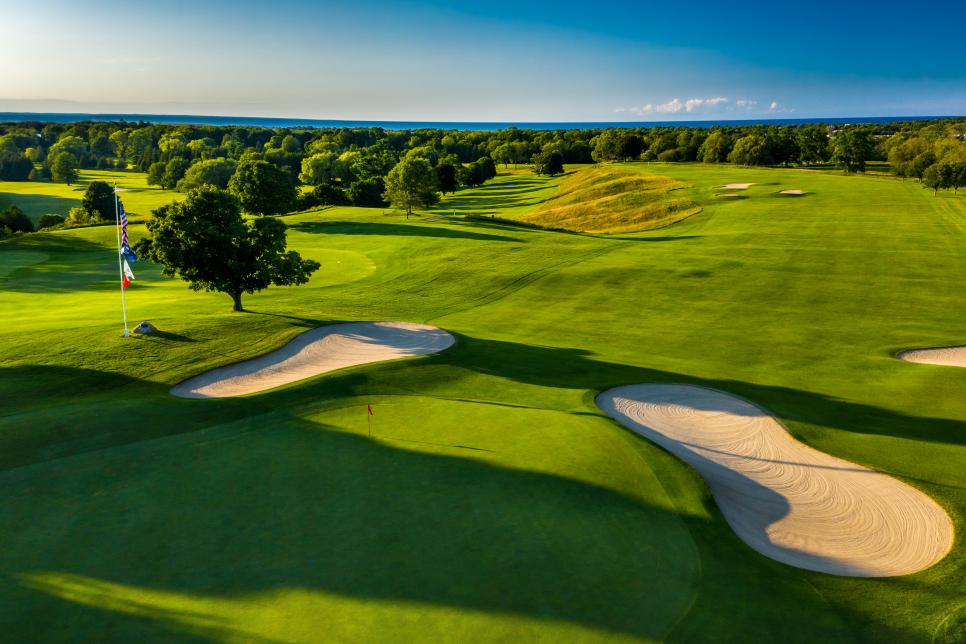


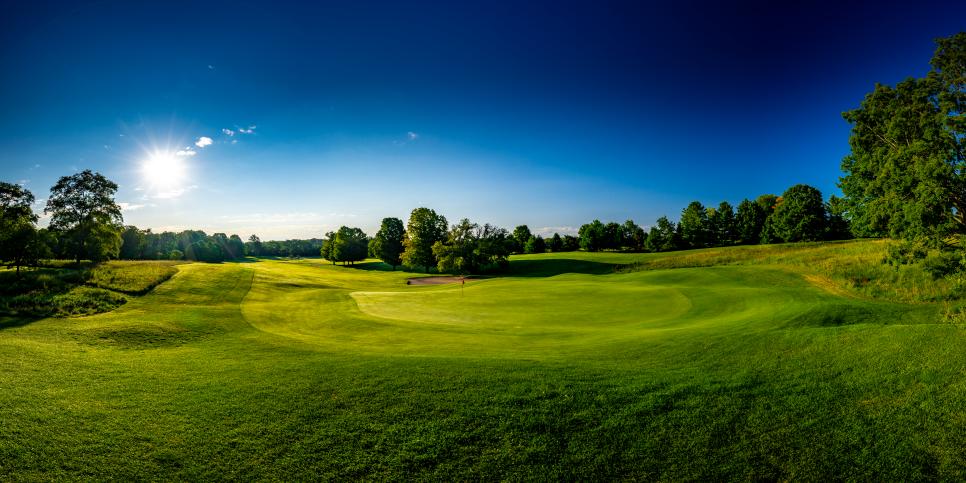
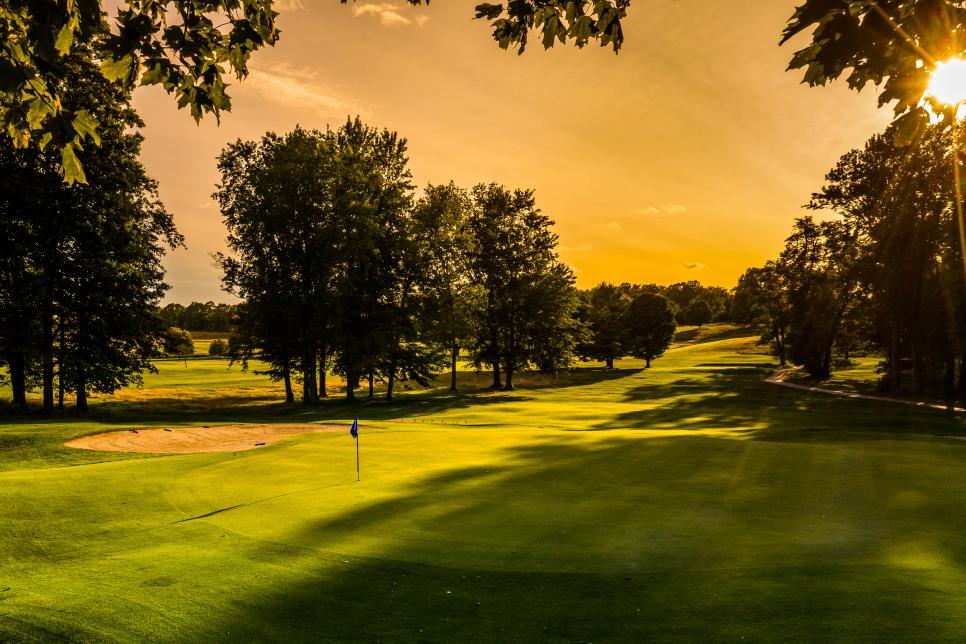
.jpg.rend.hgtvcom.966.644.suffix/1653909373252.jpeg)

